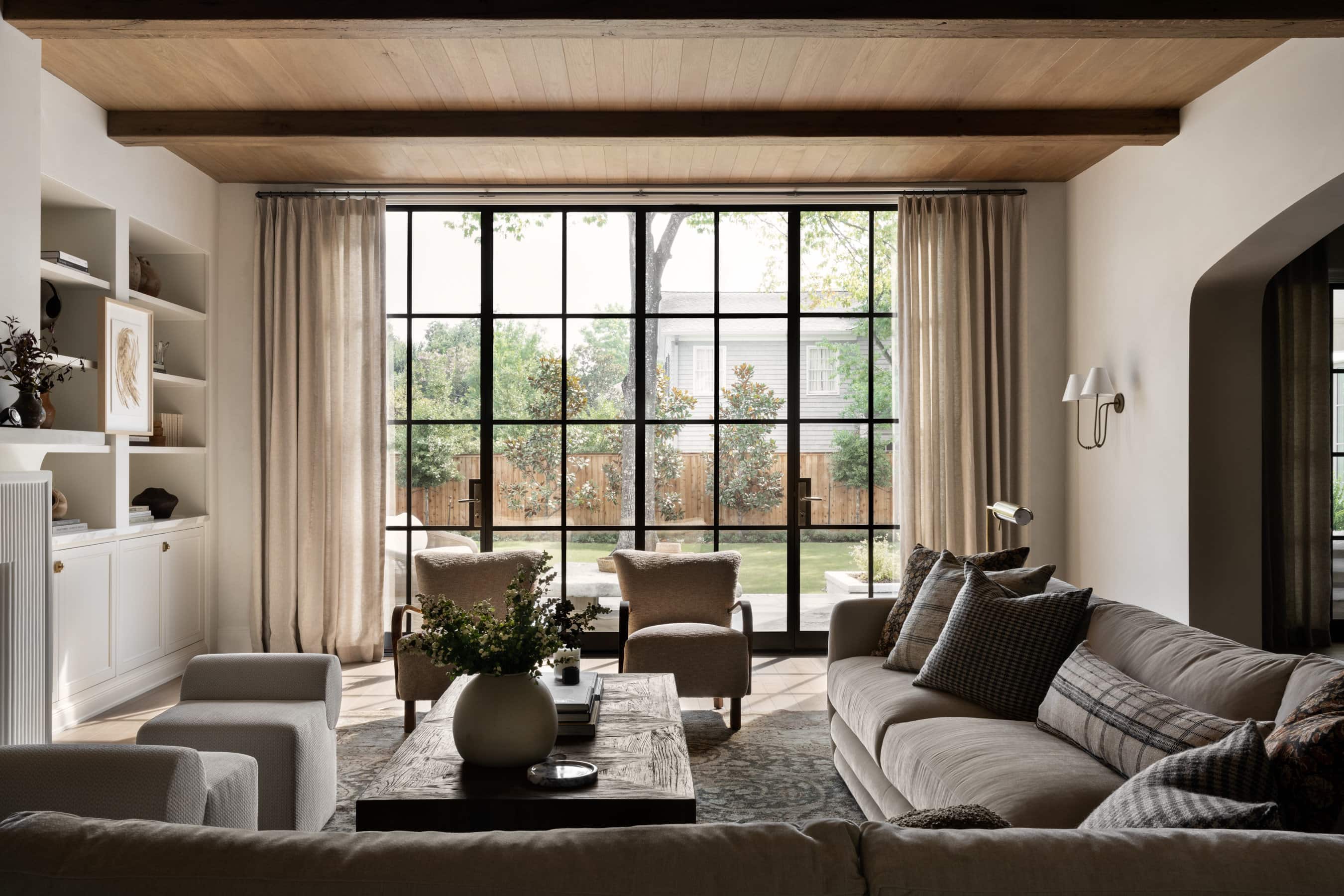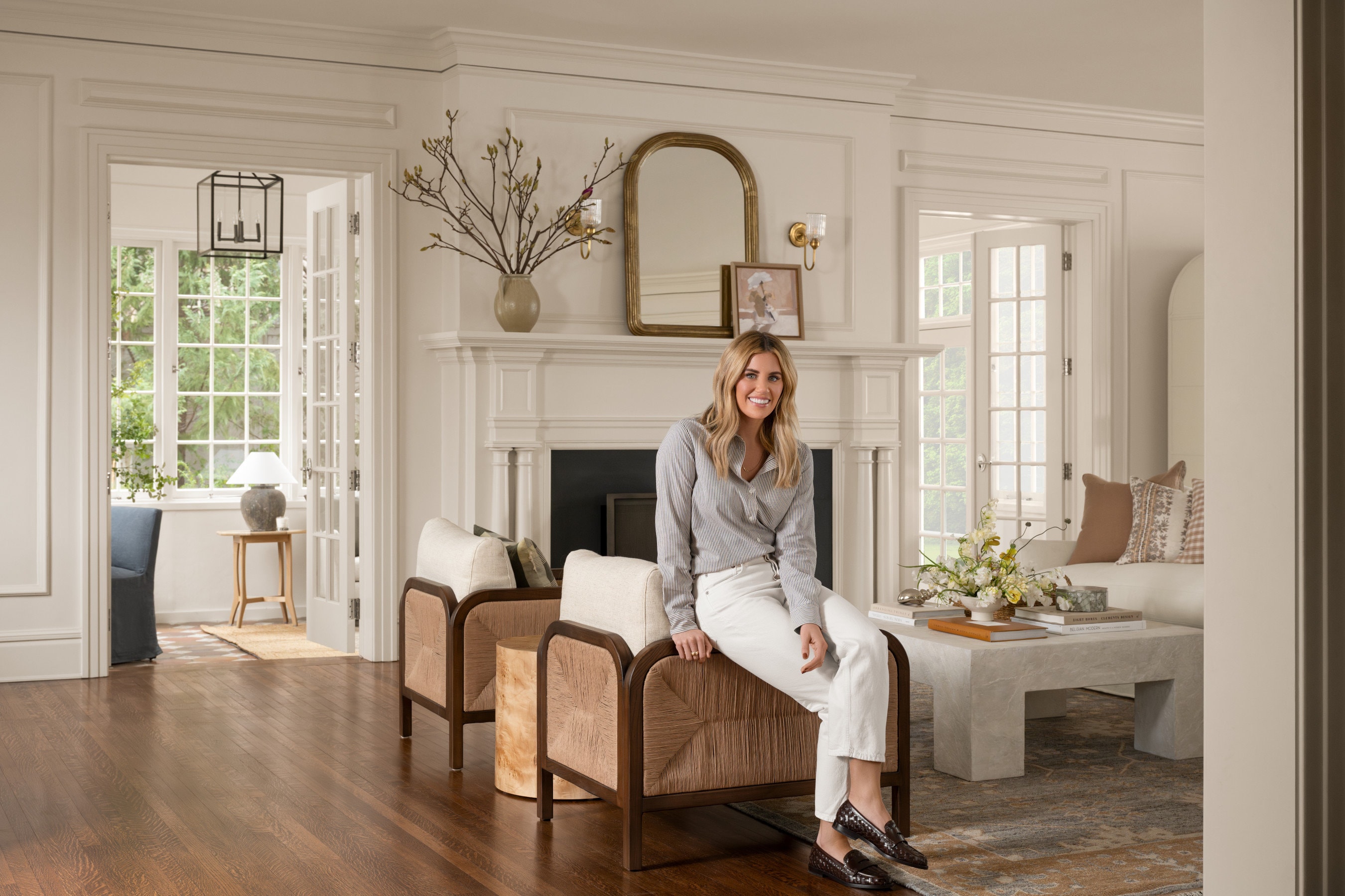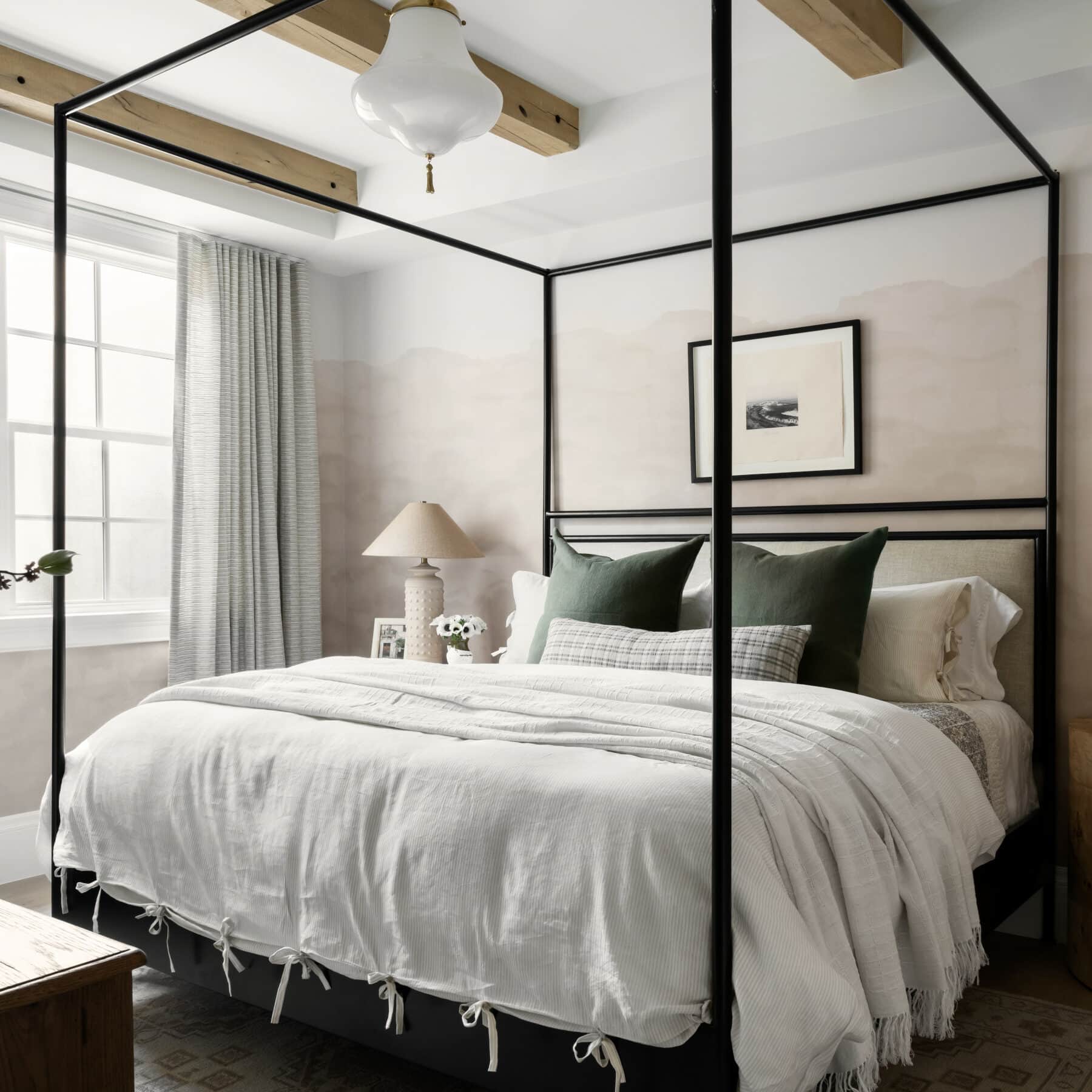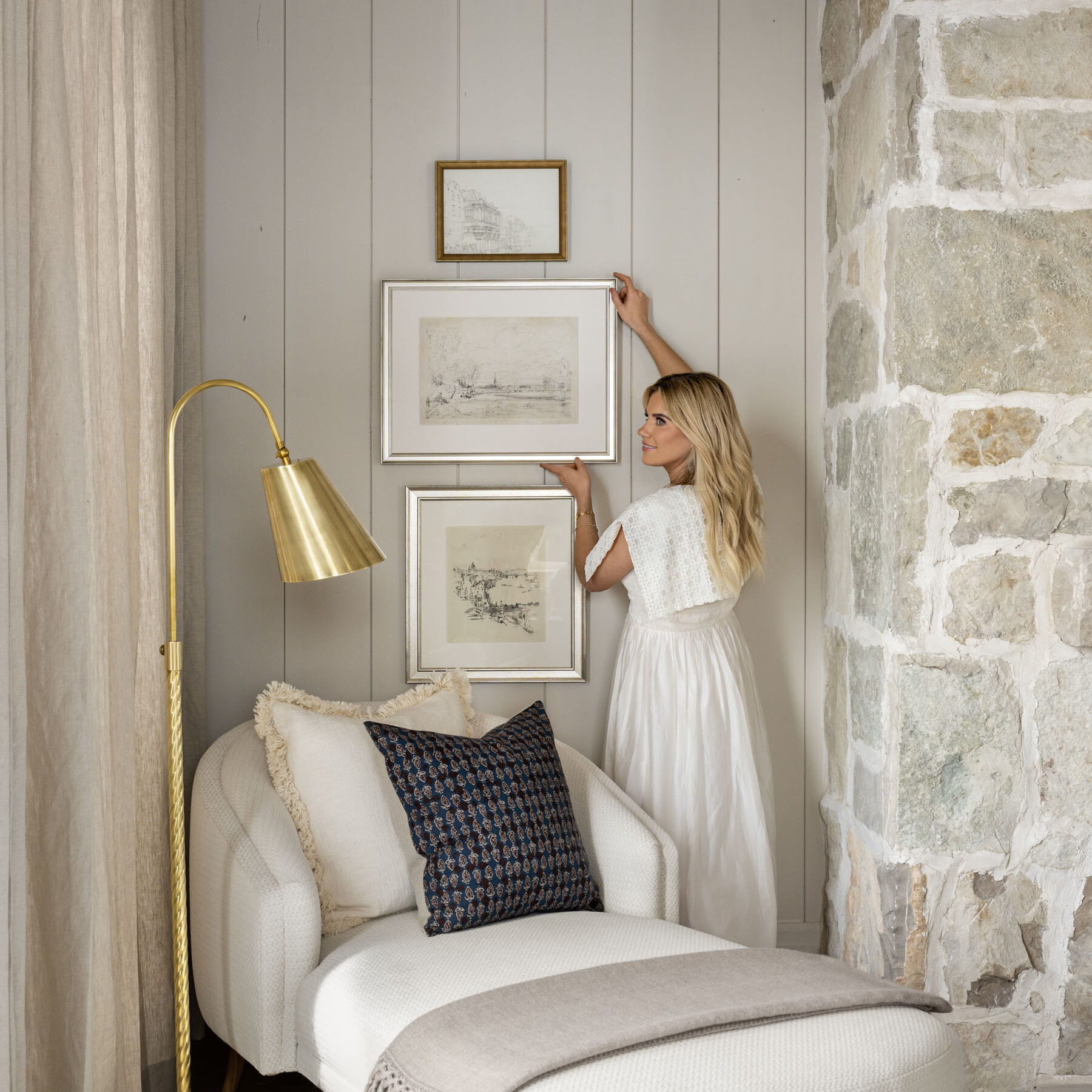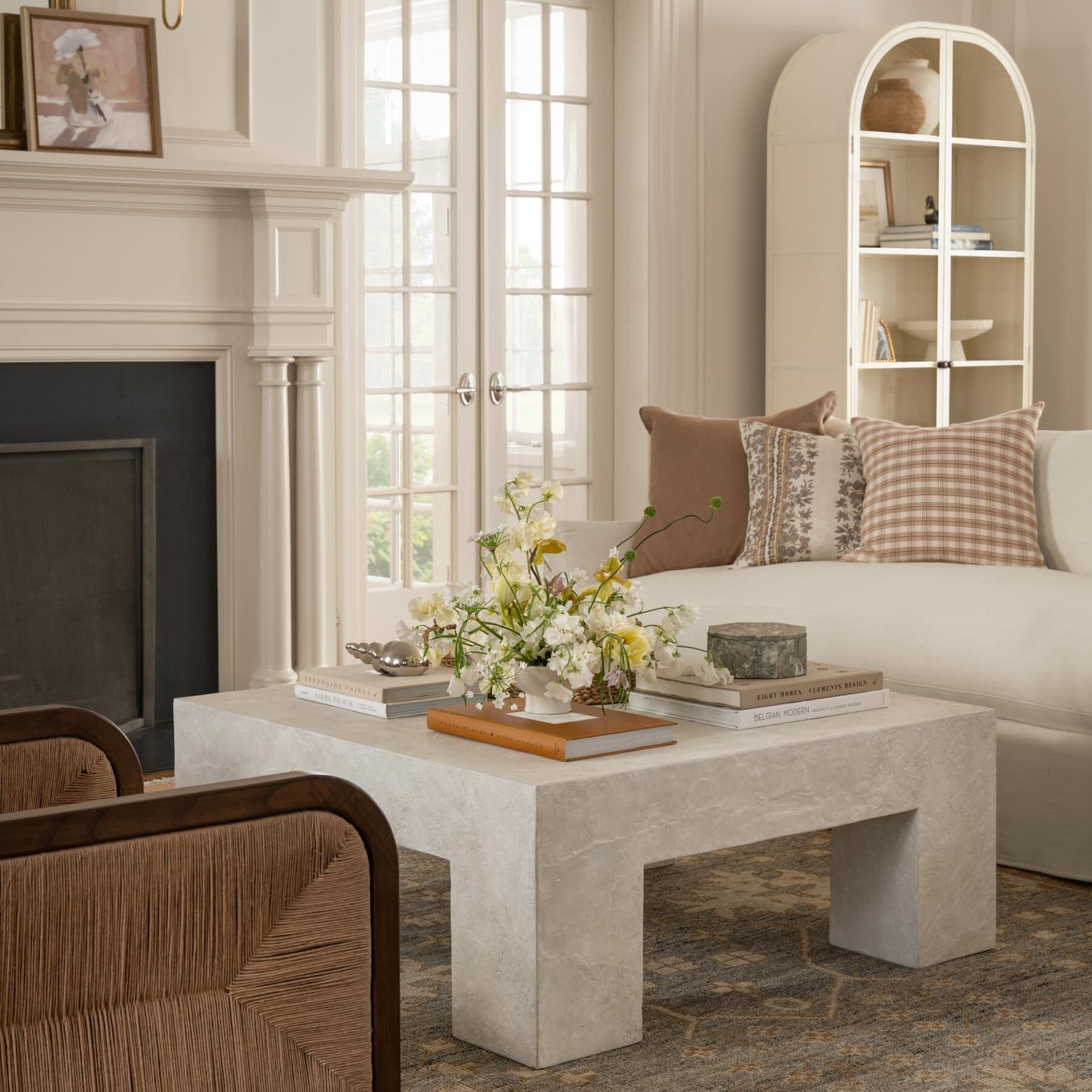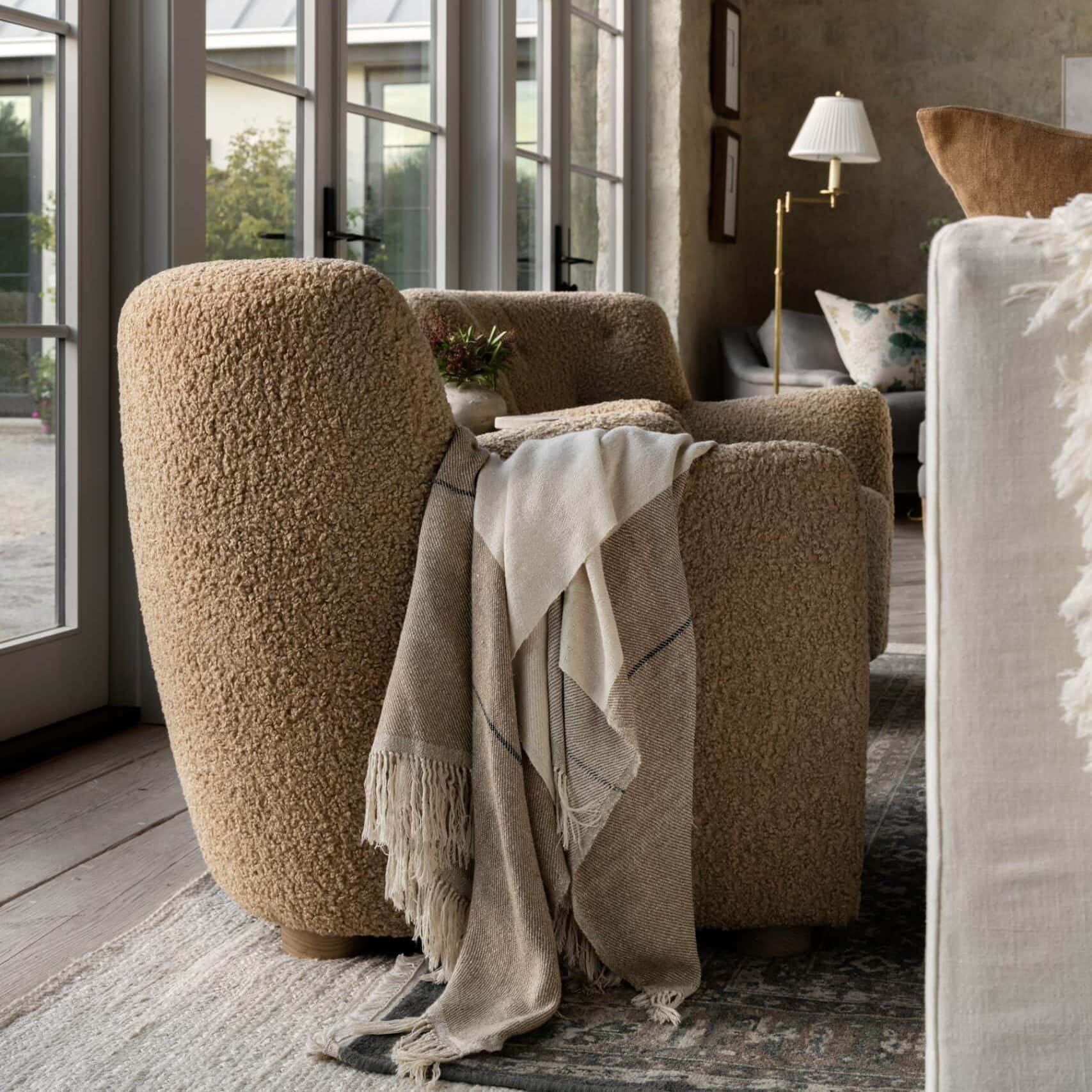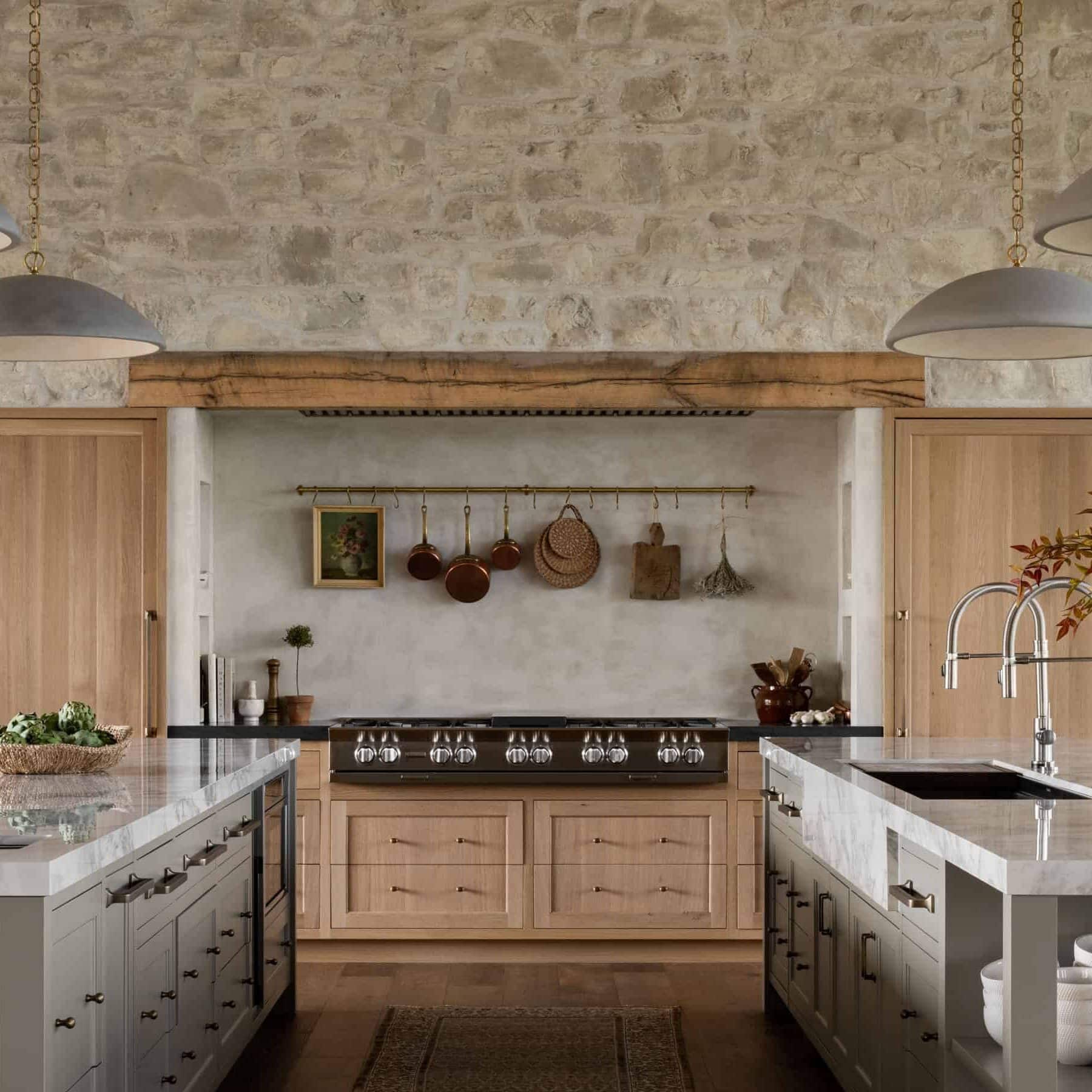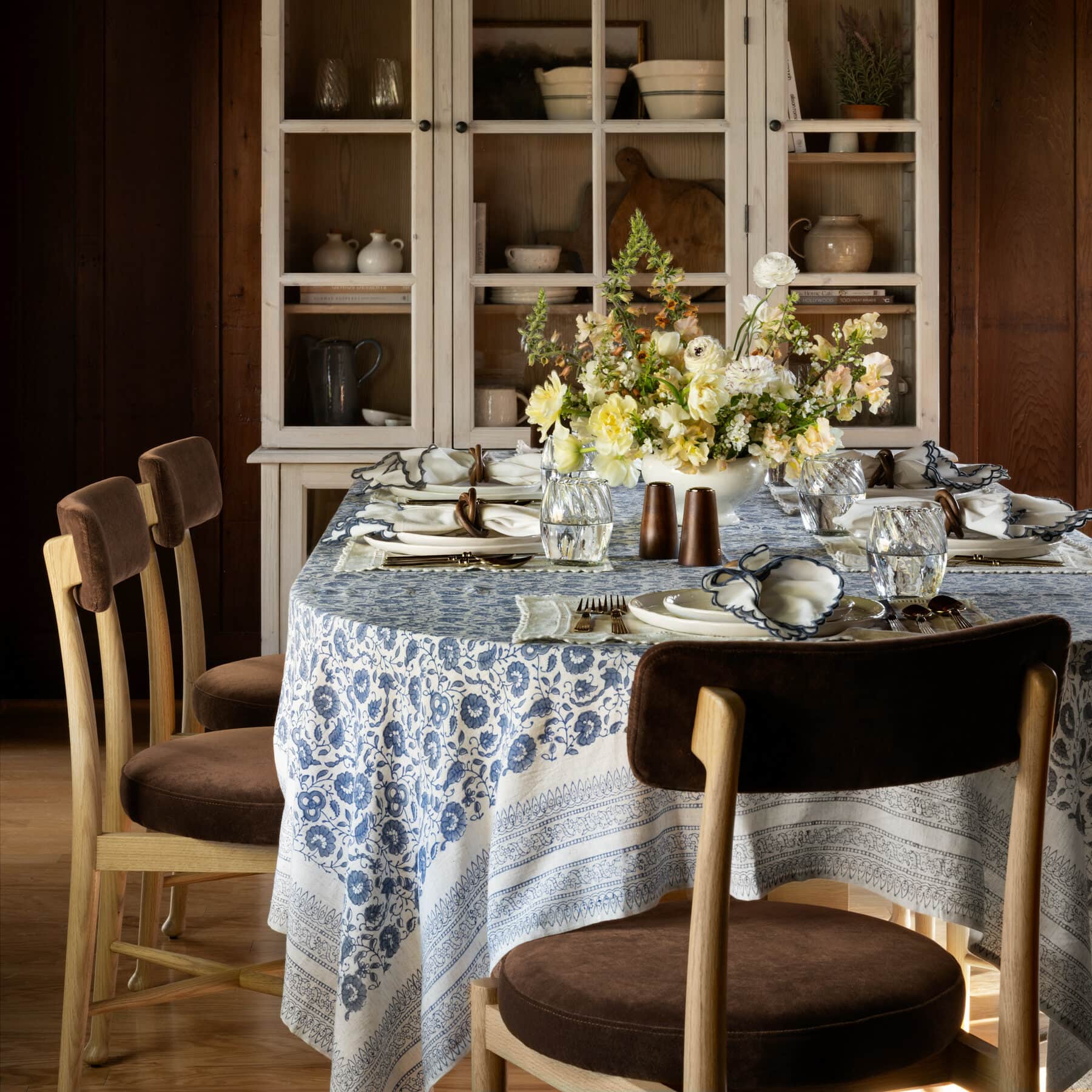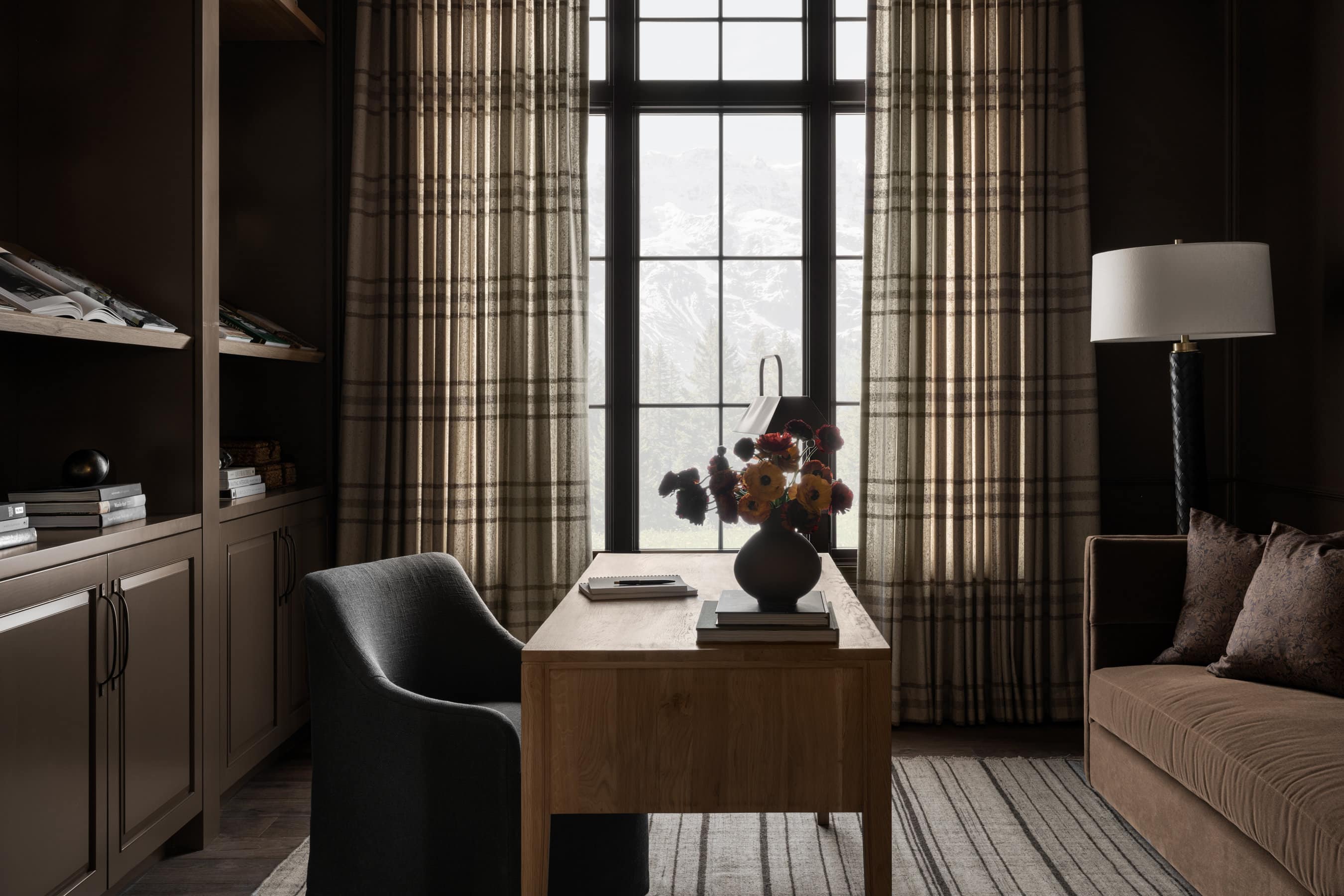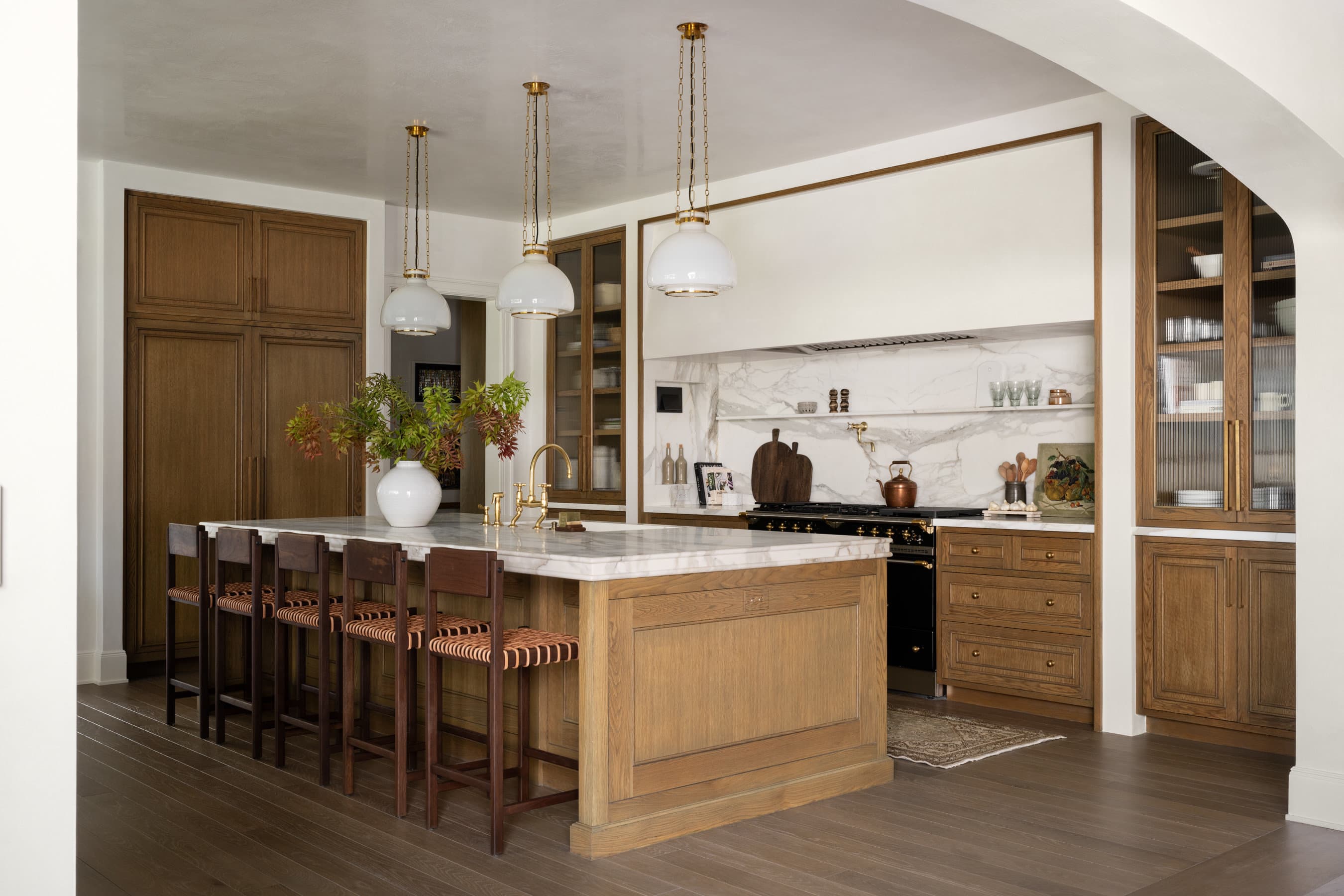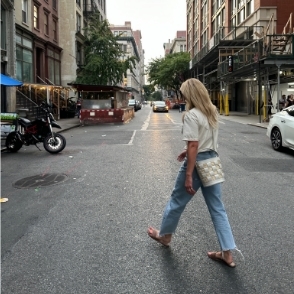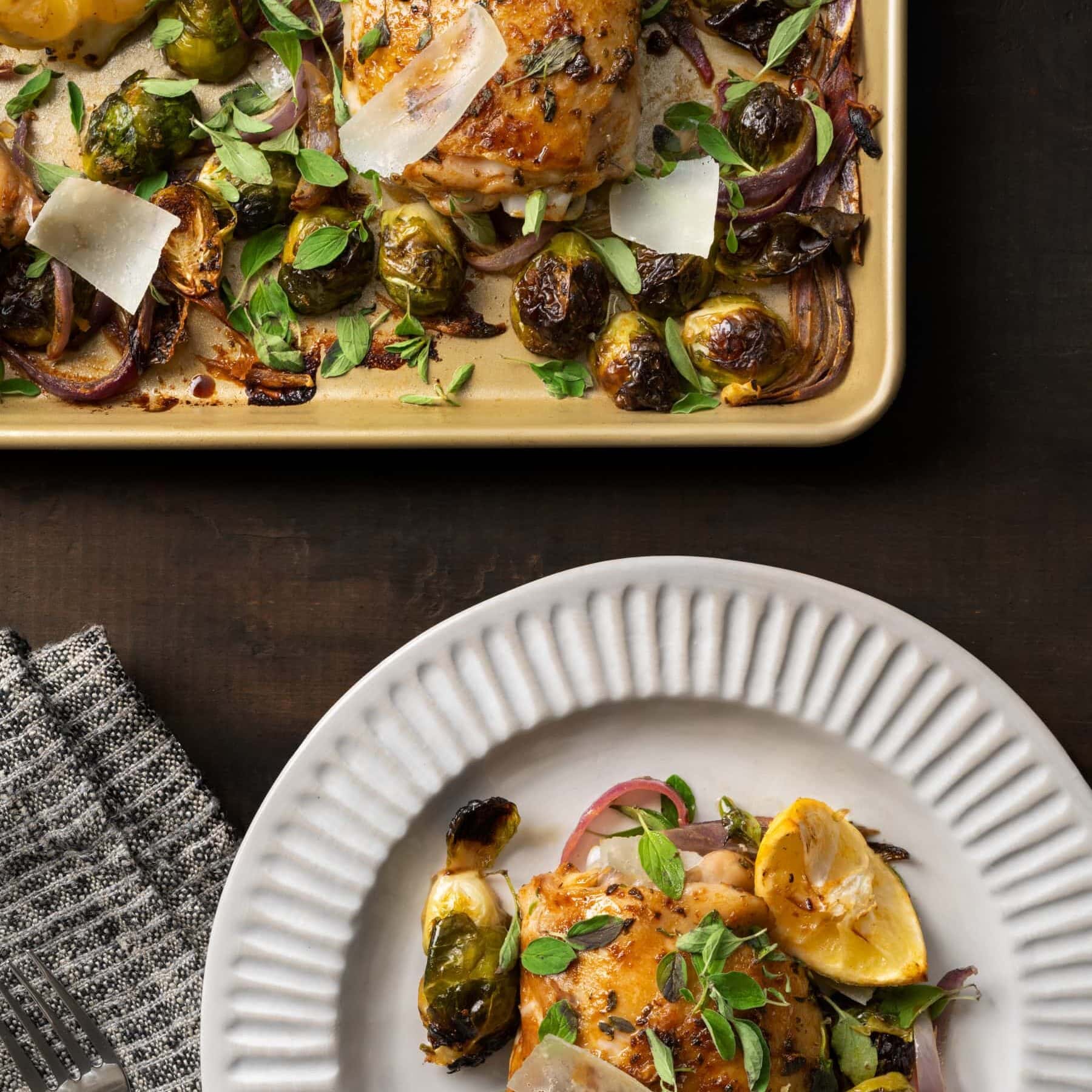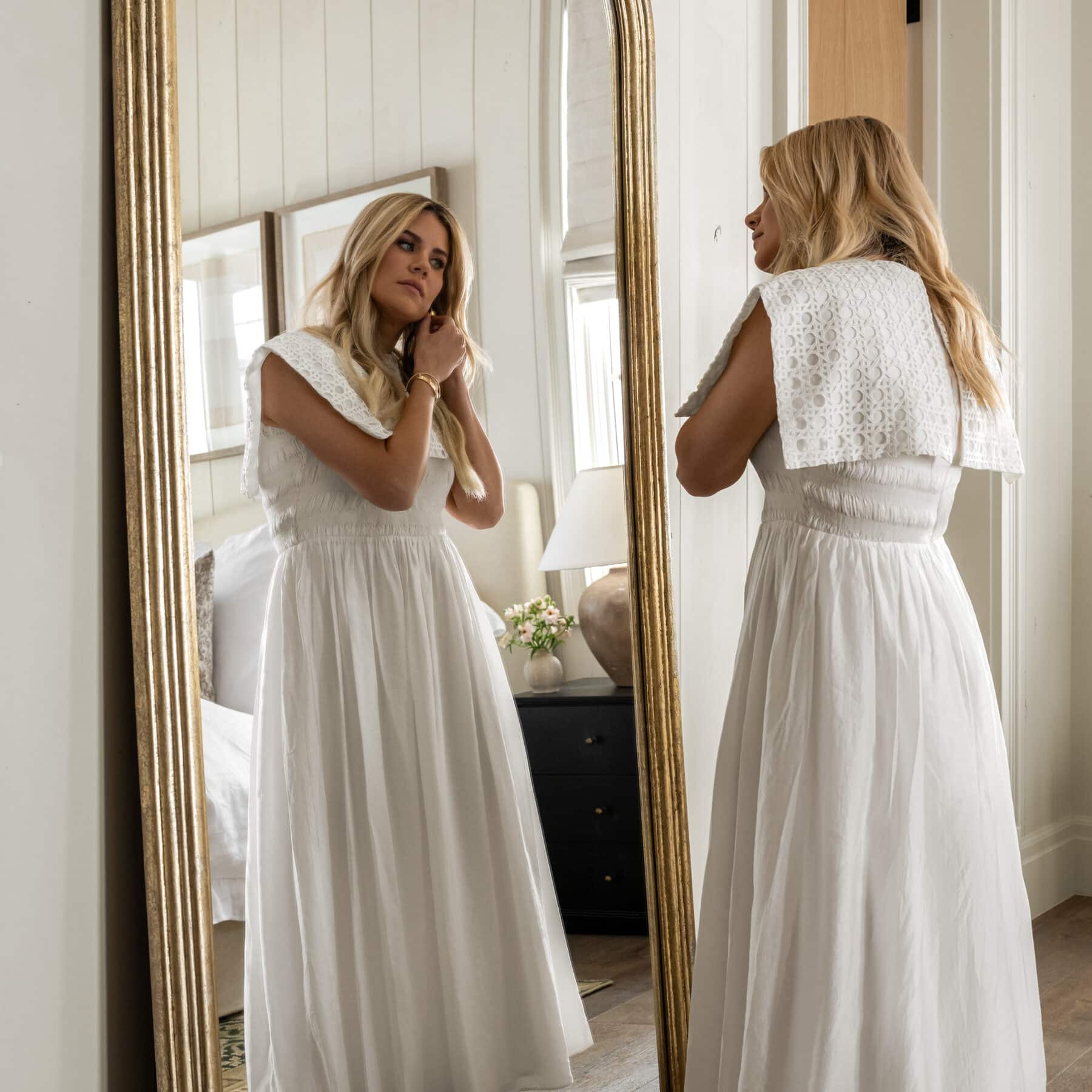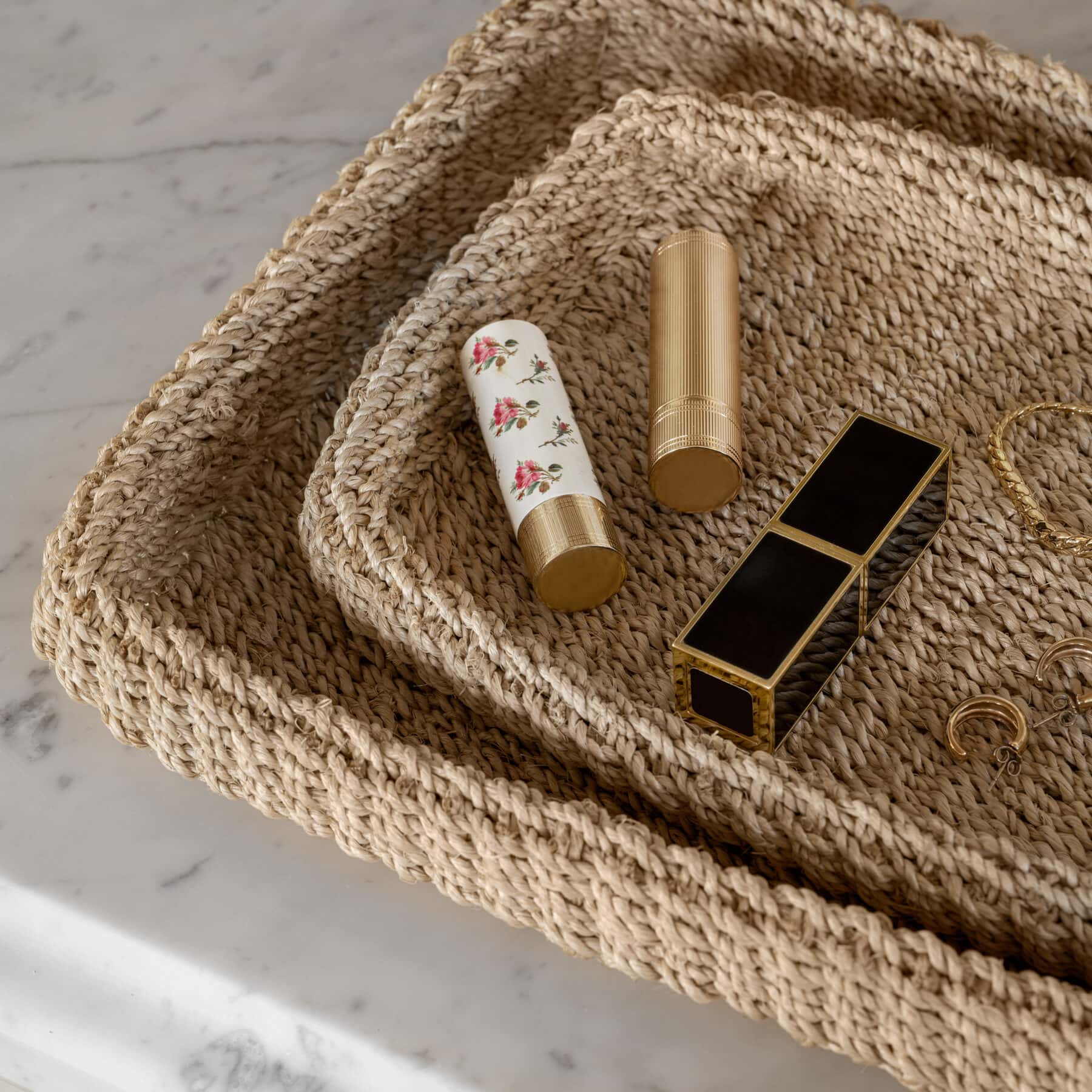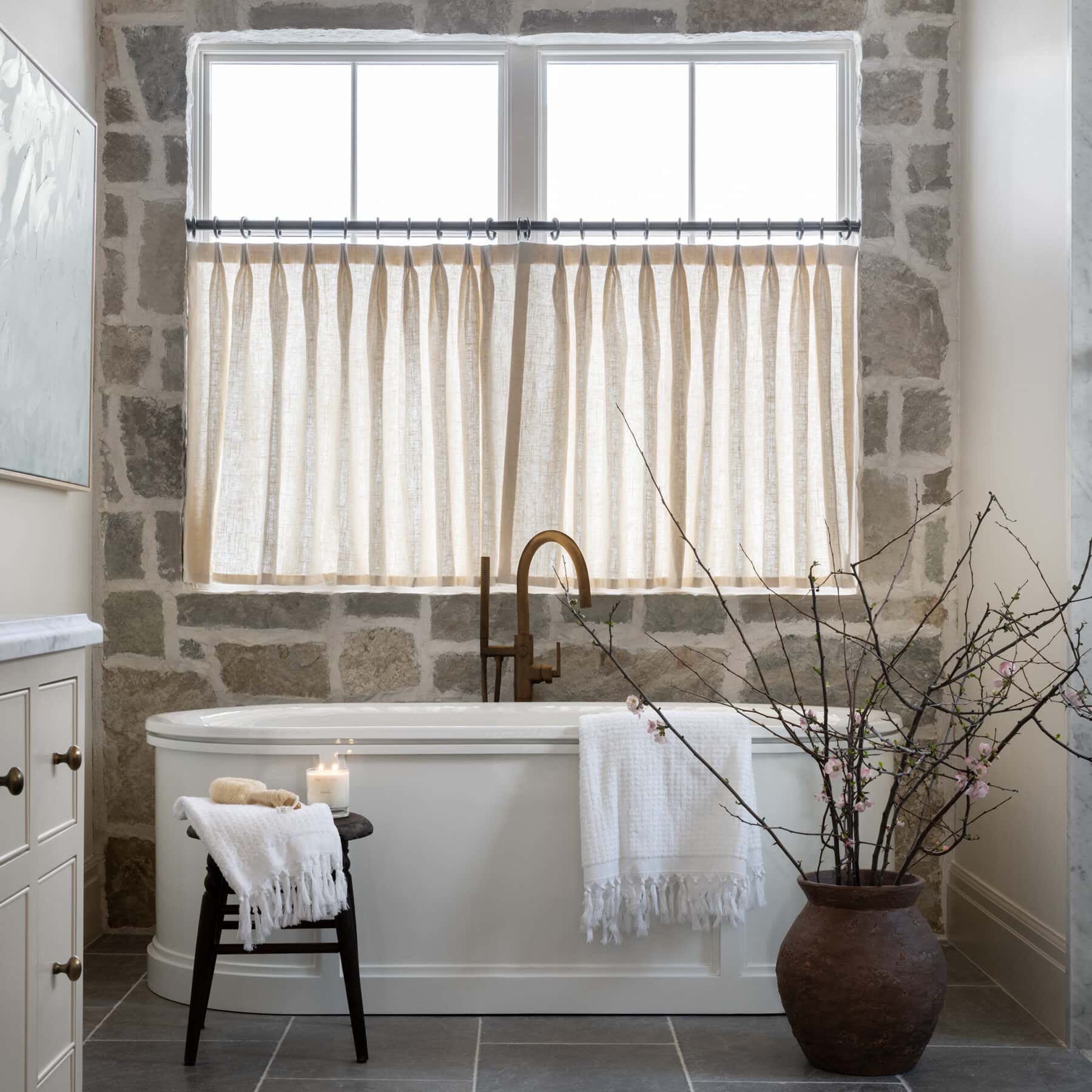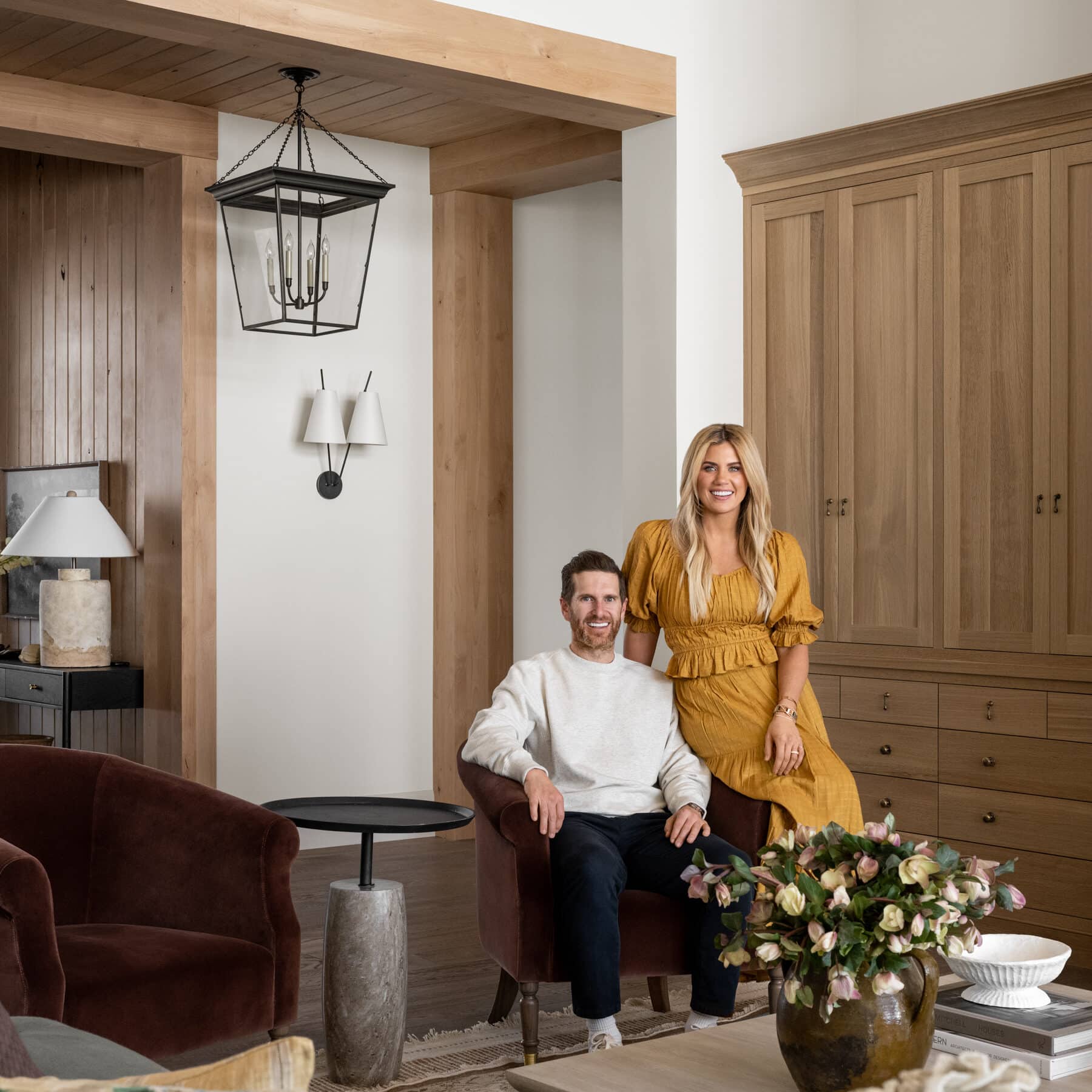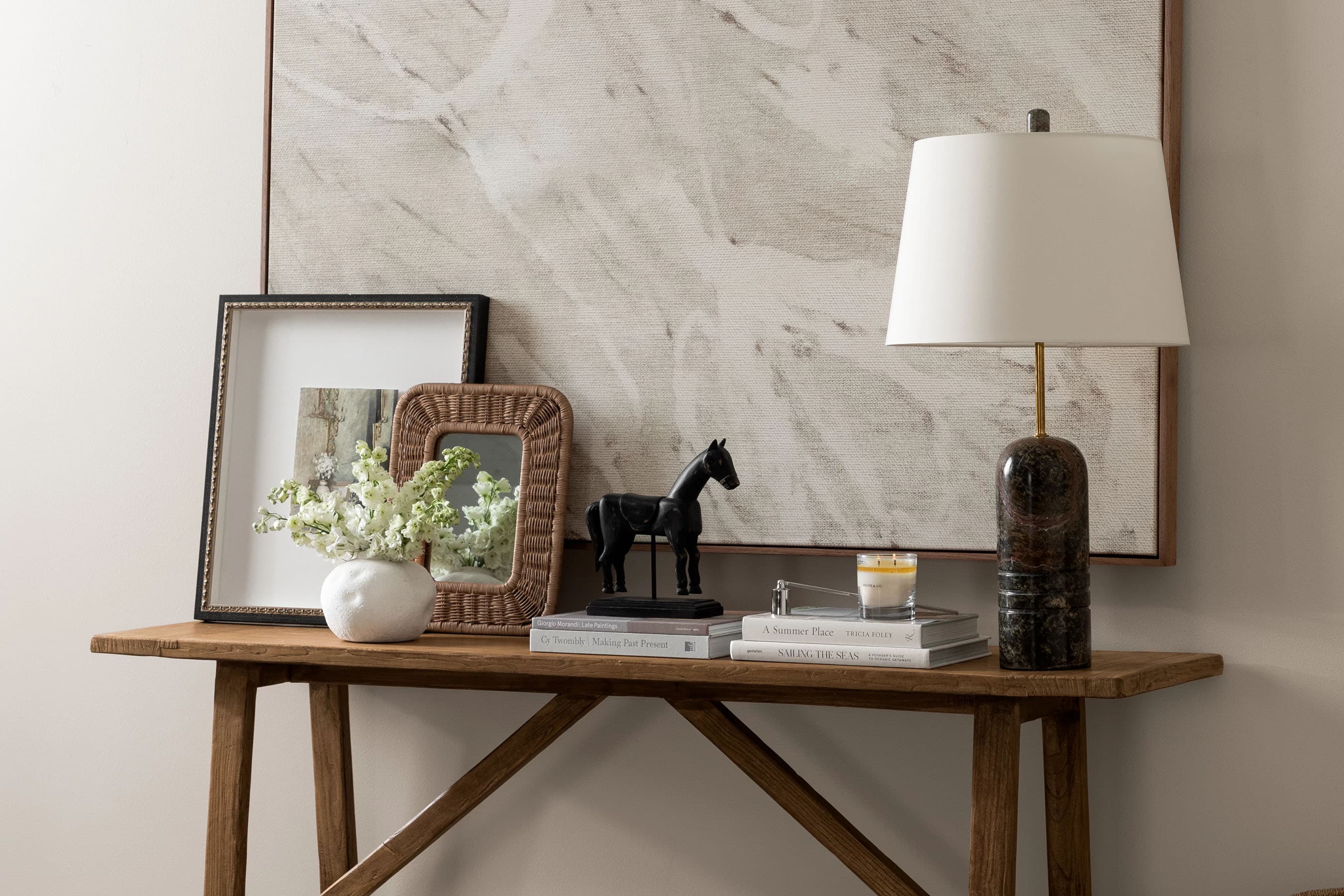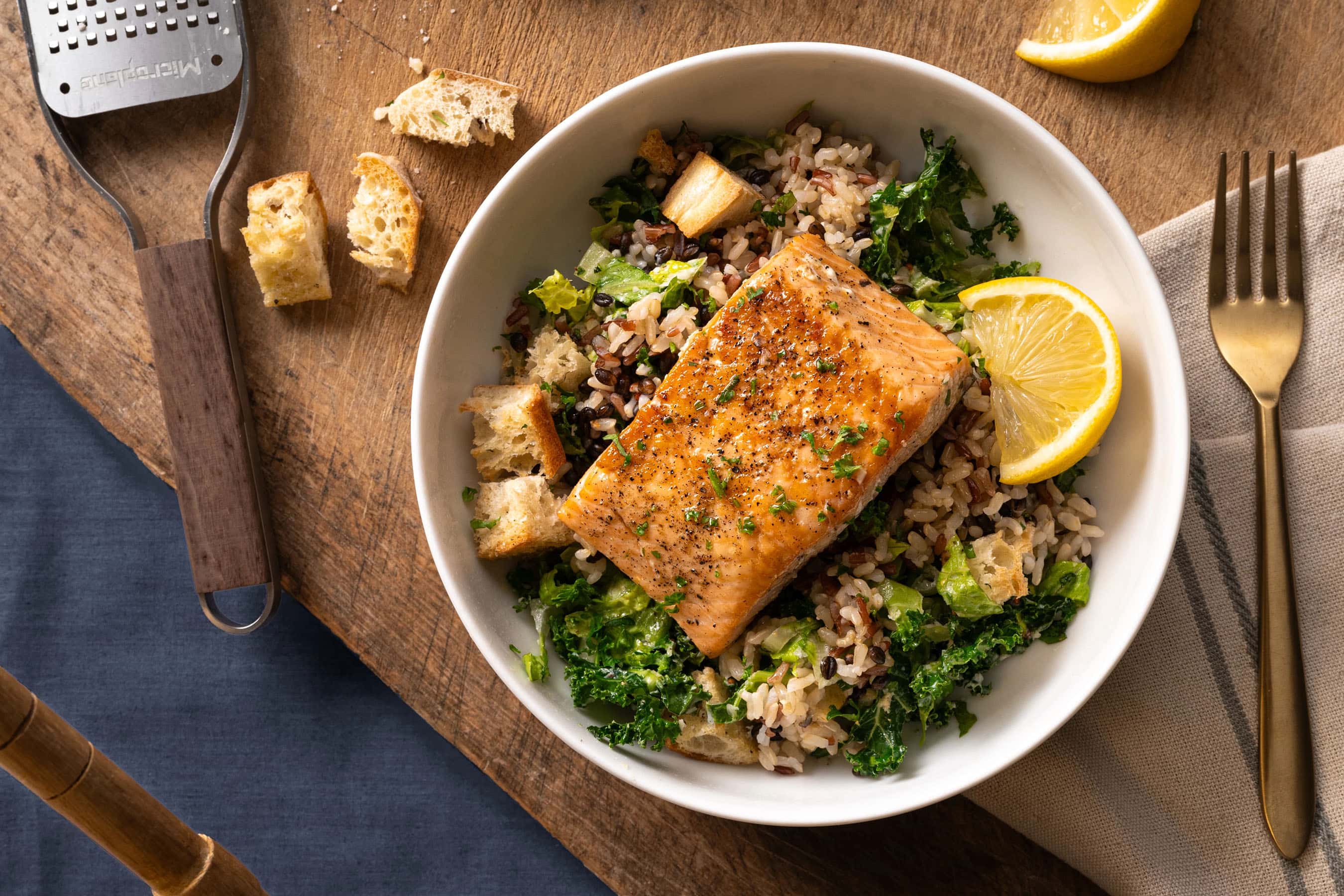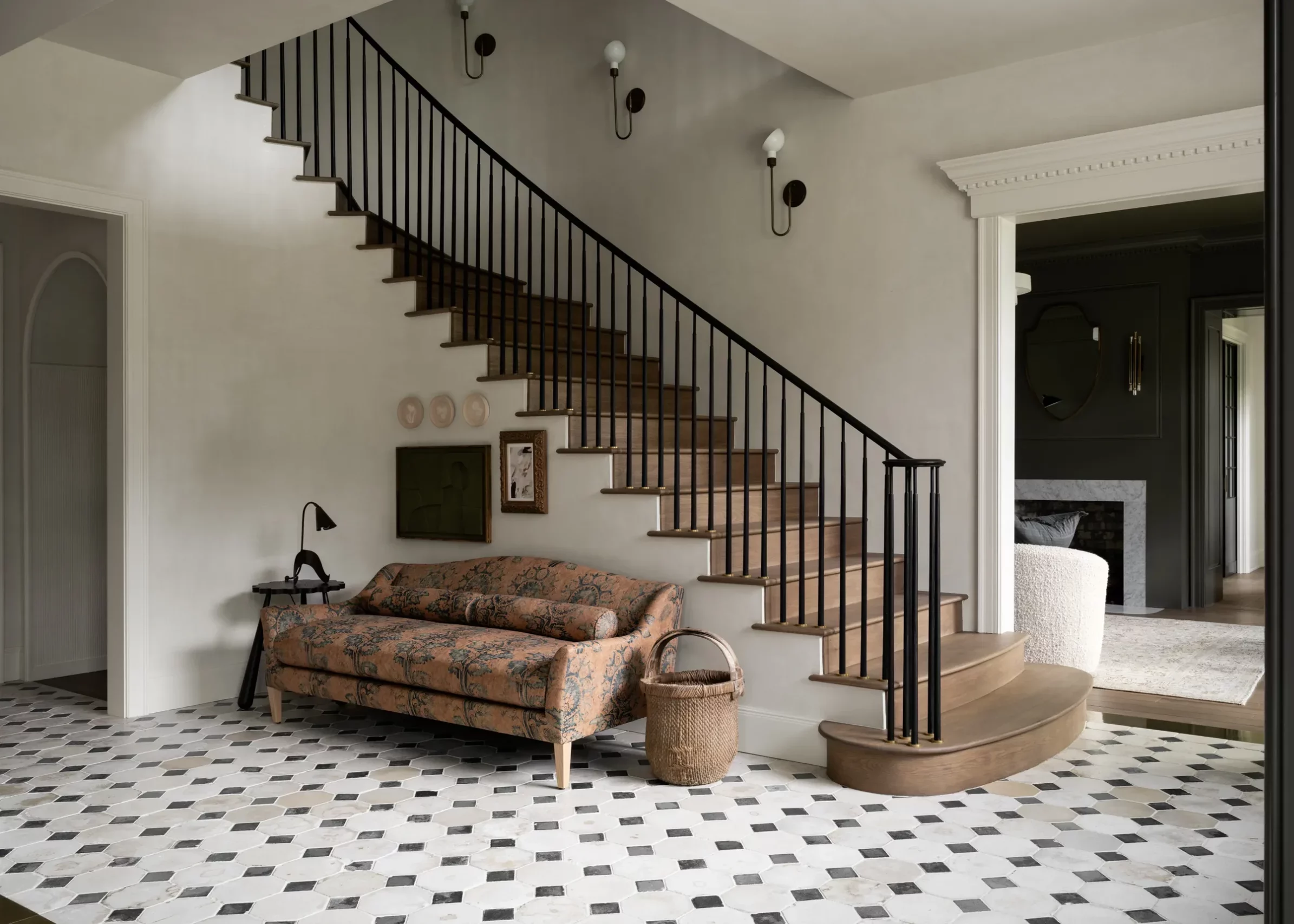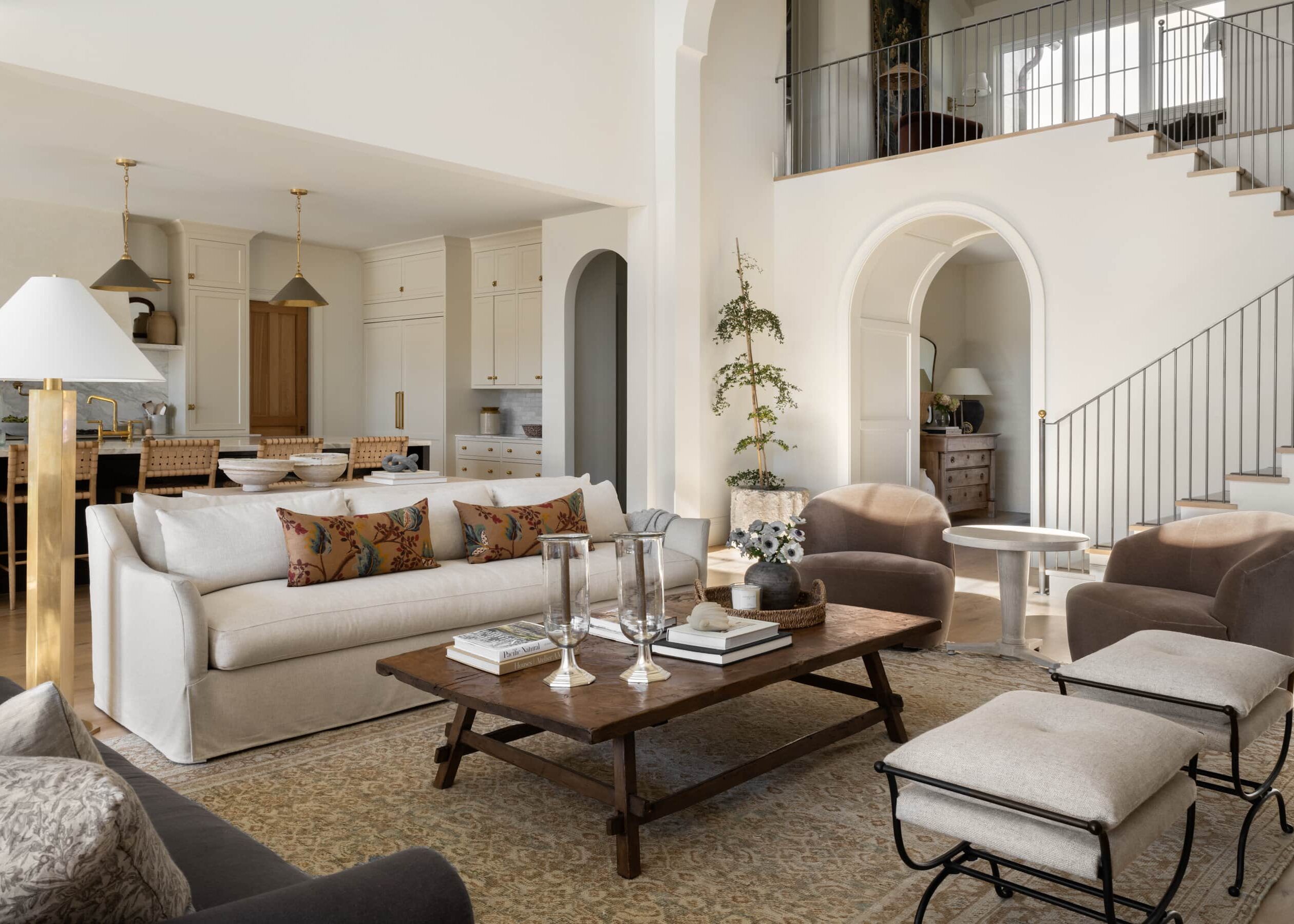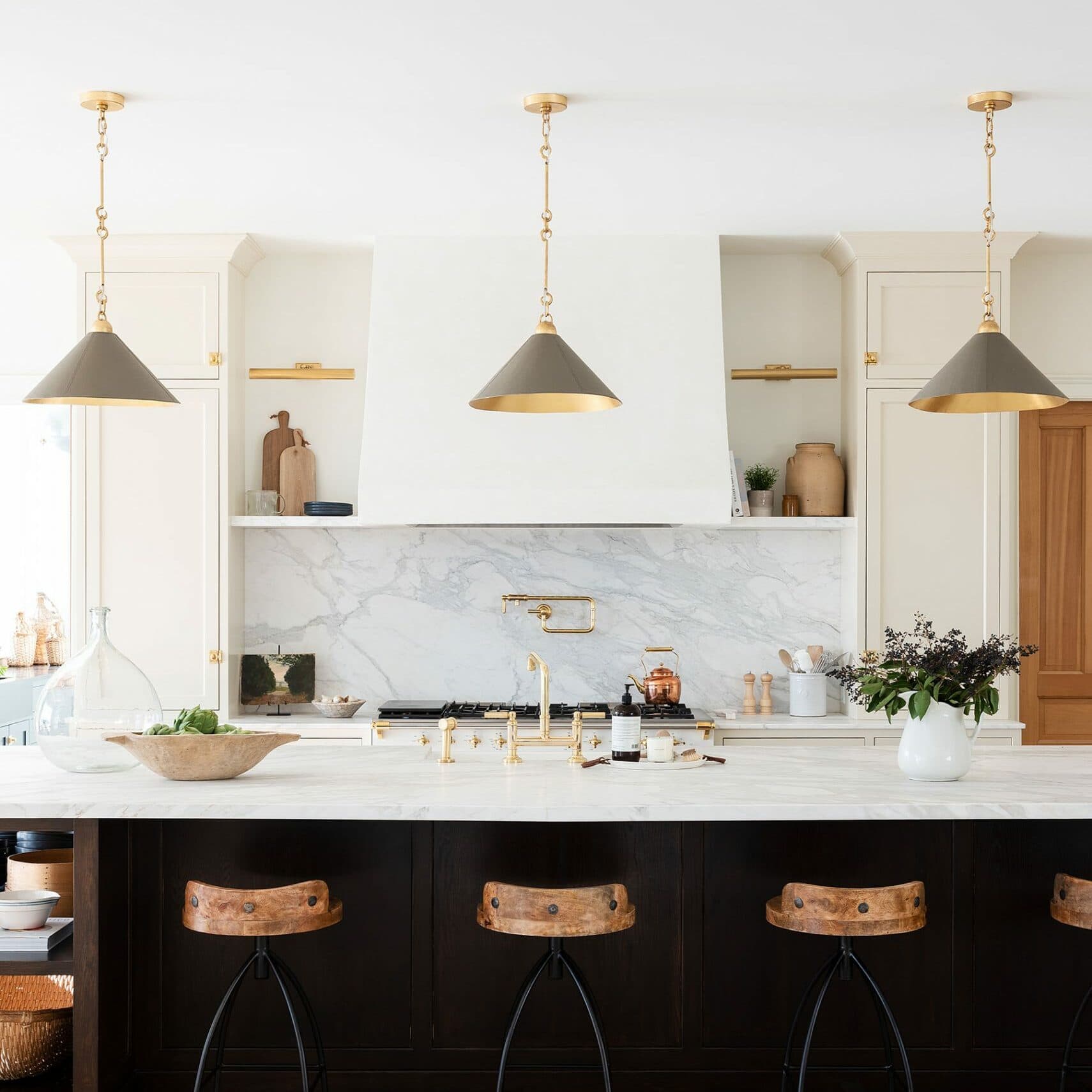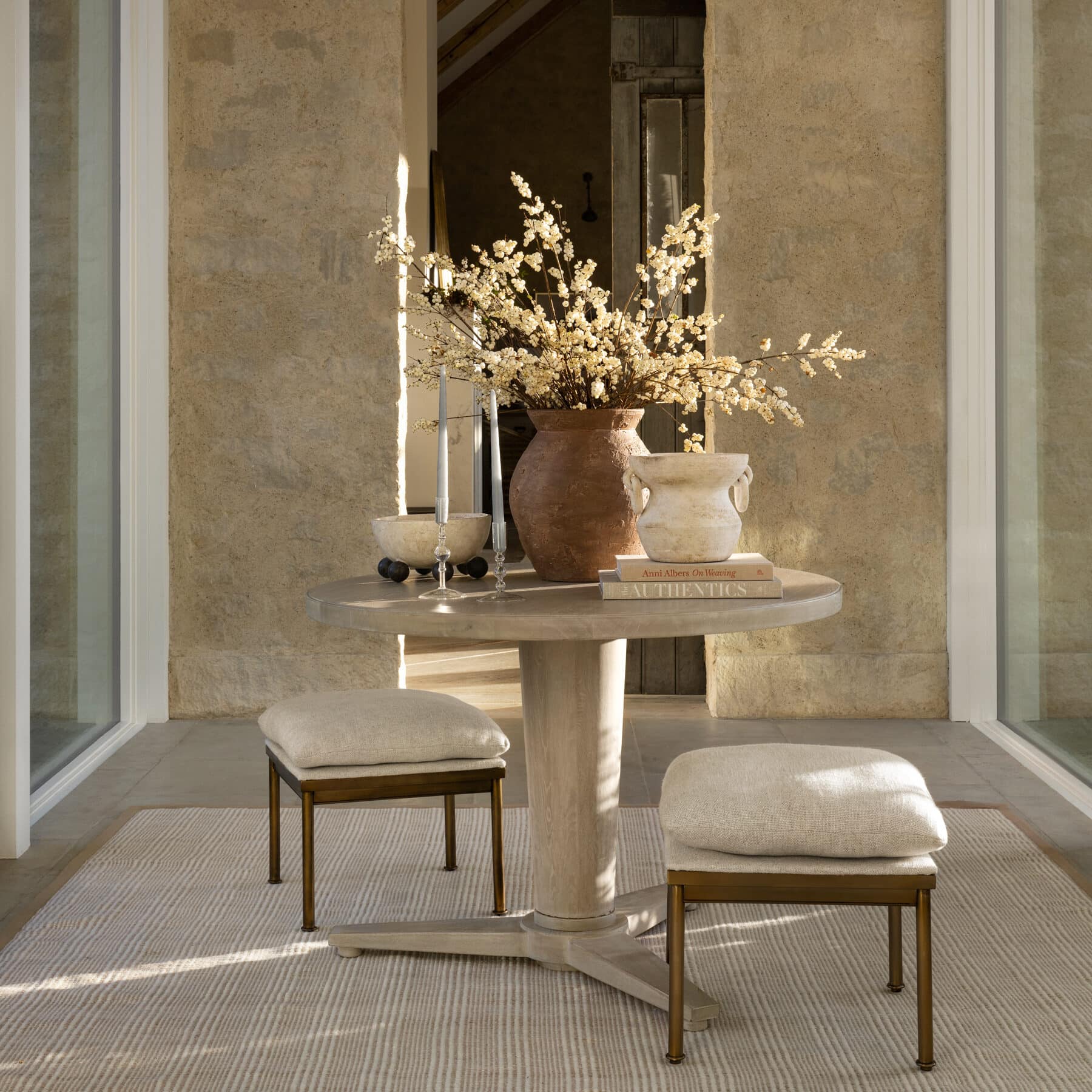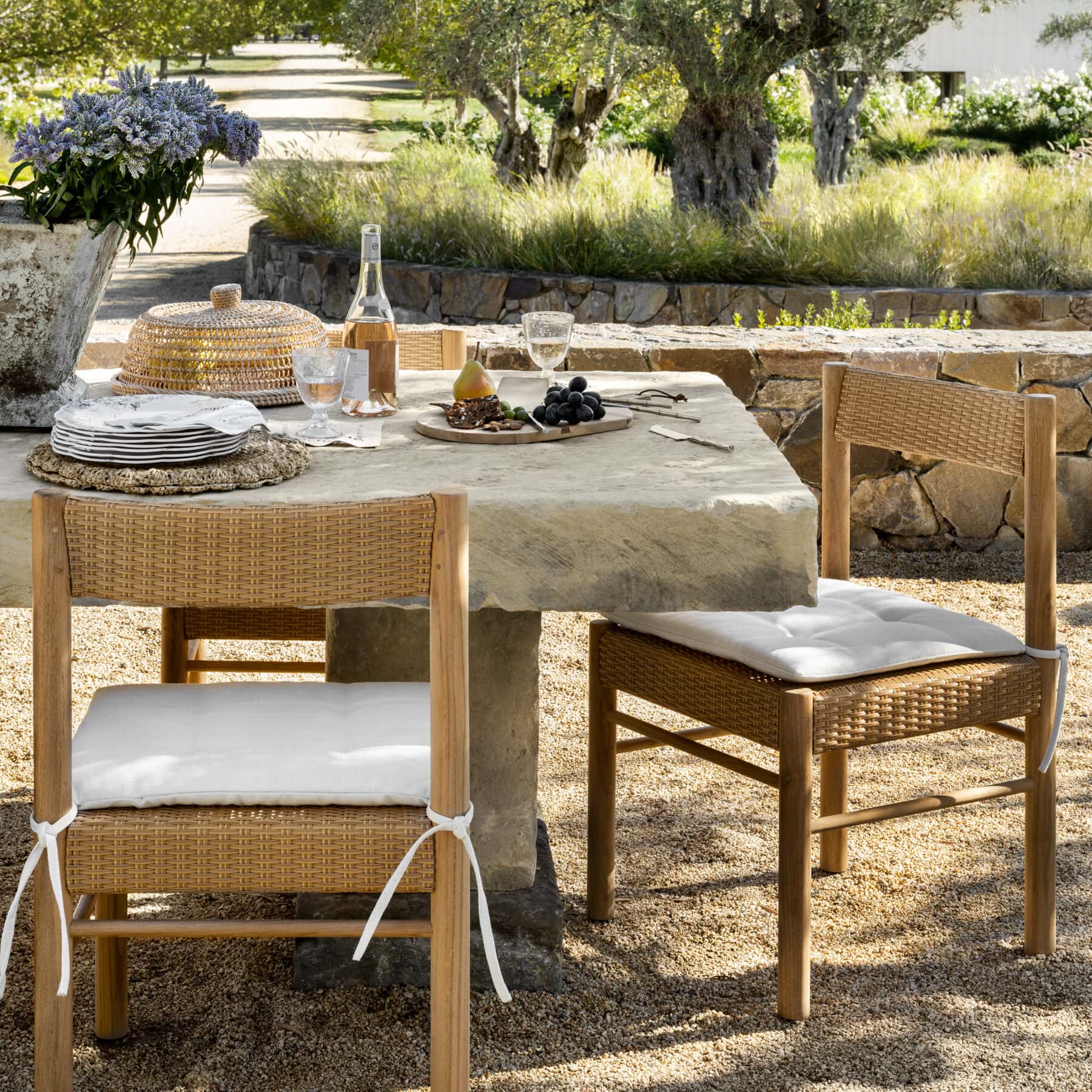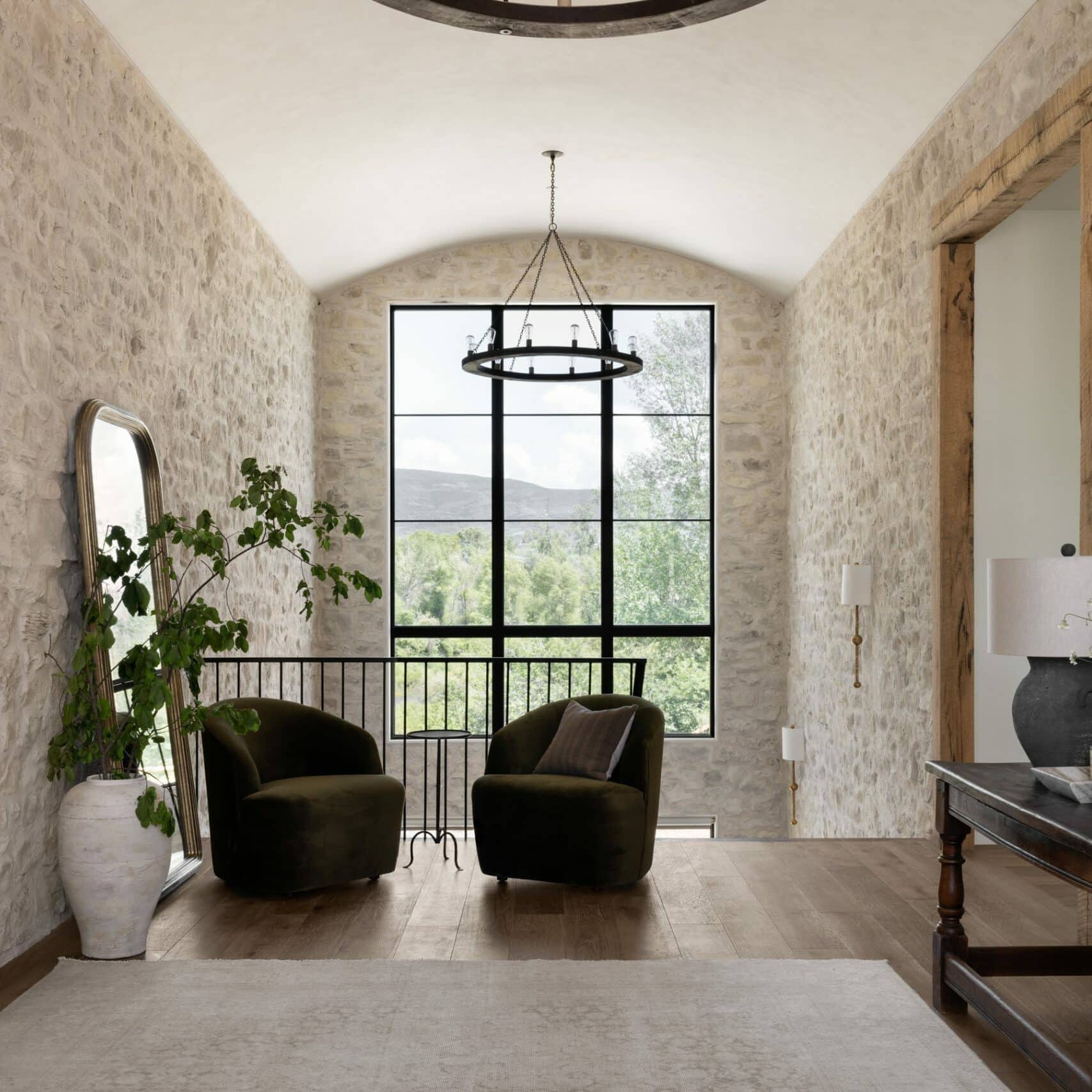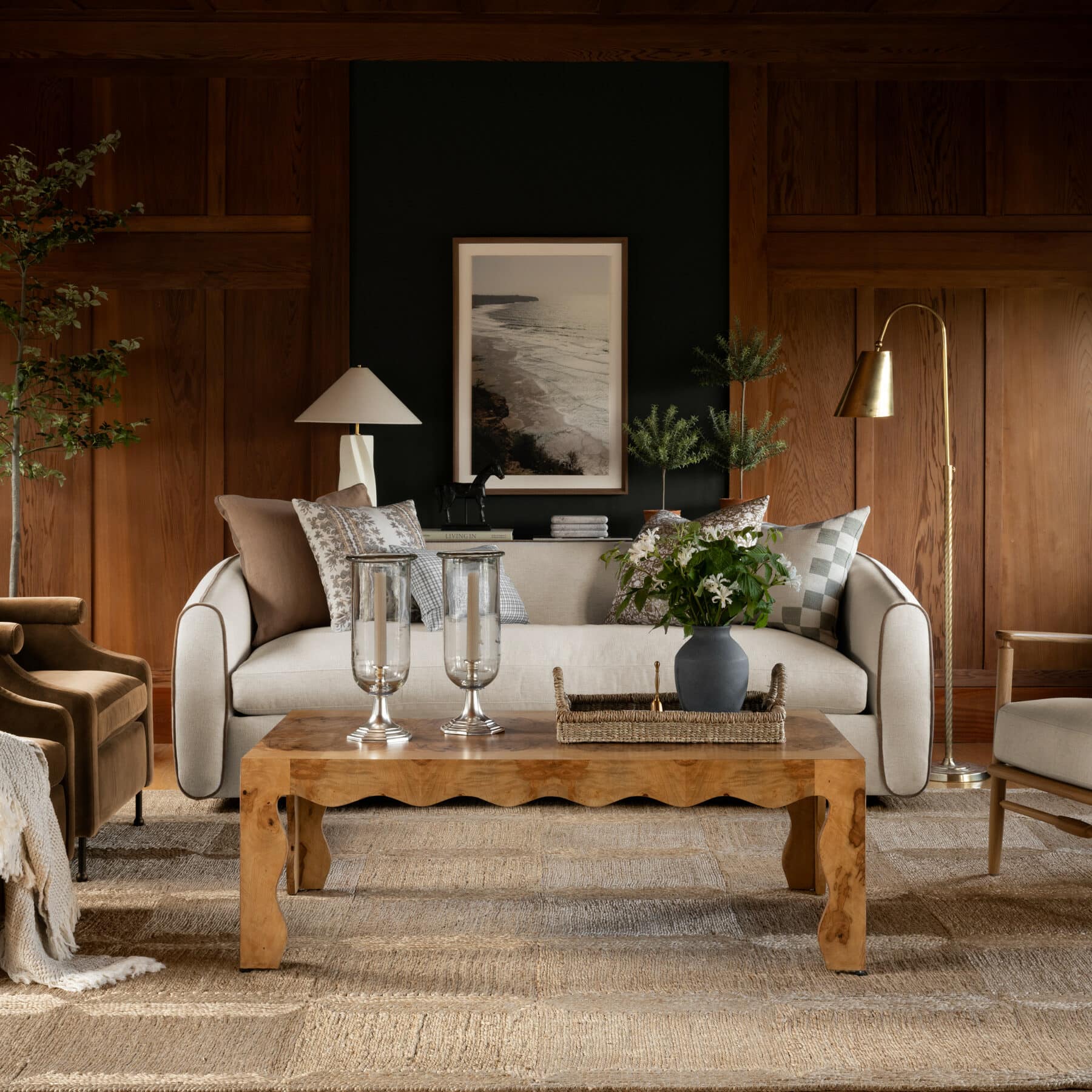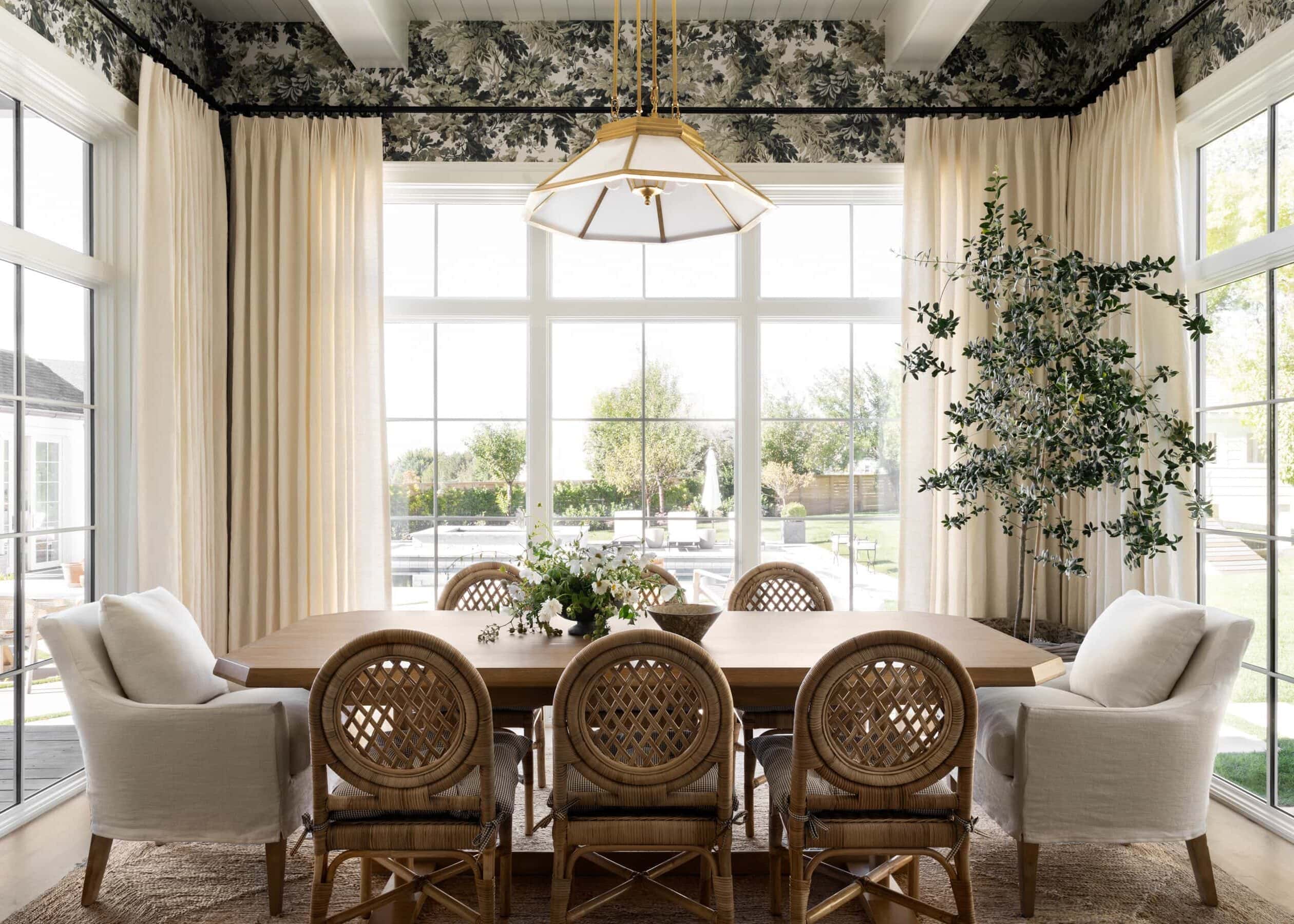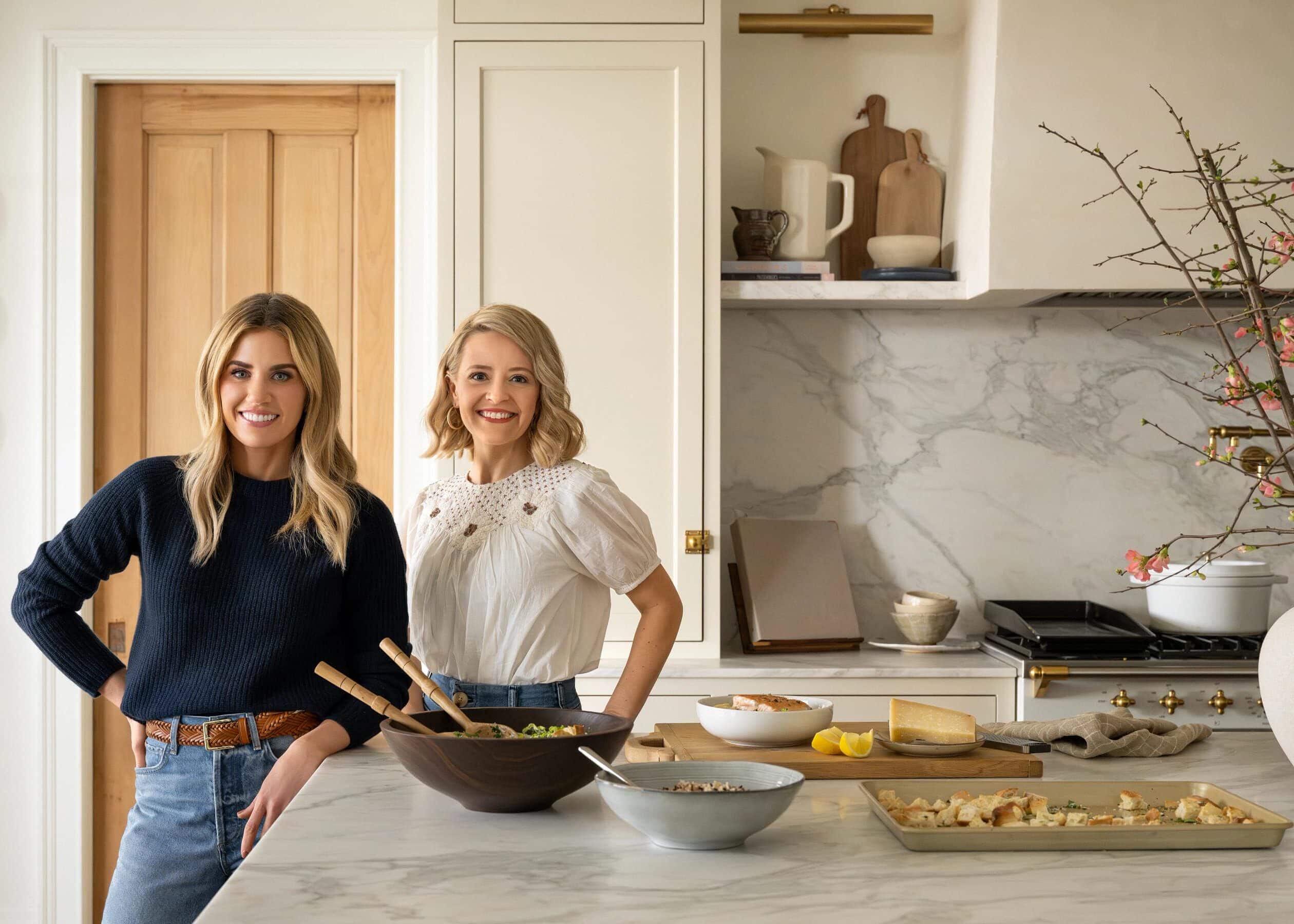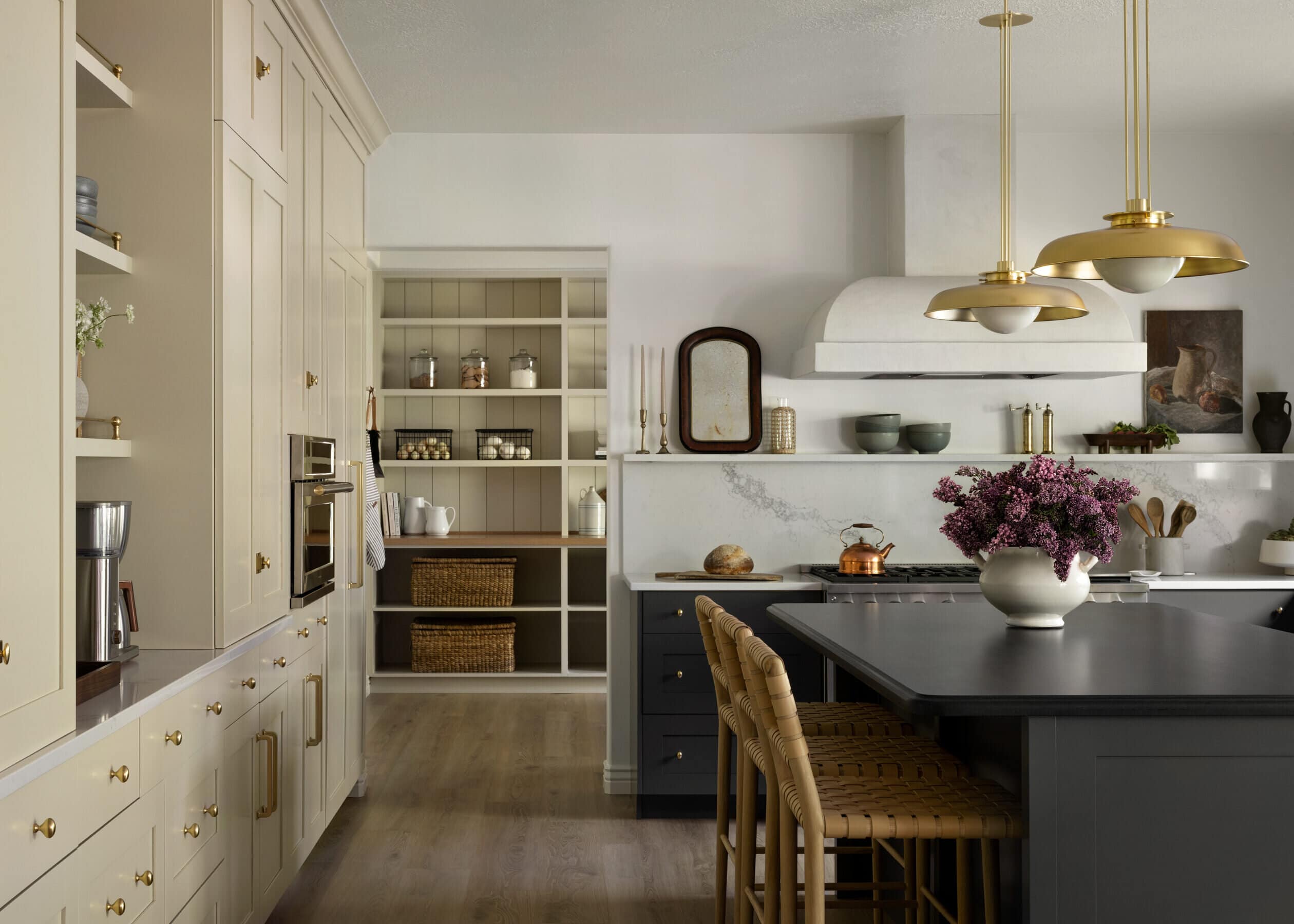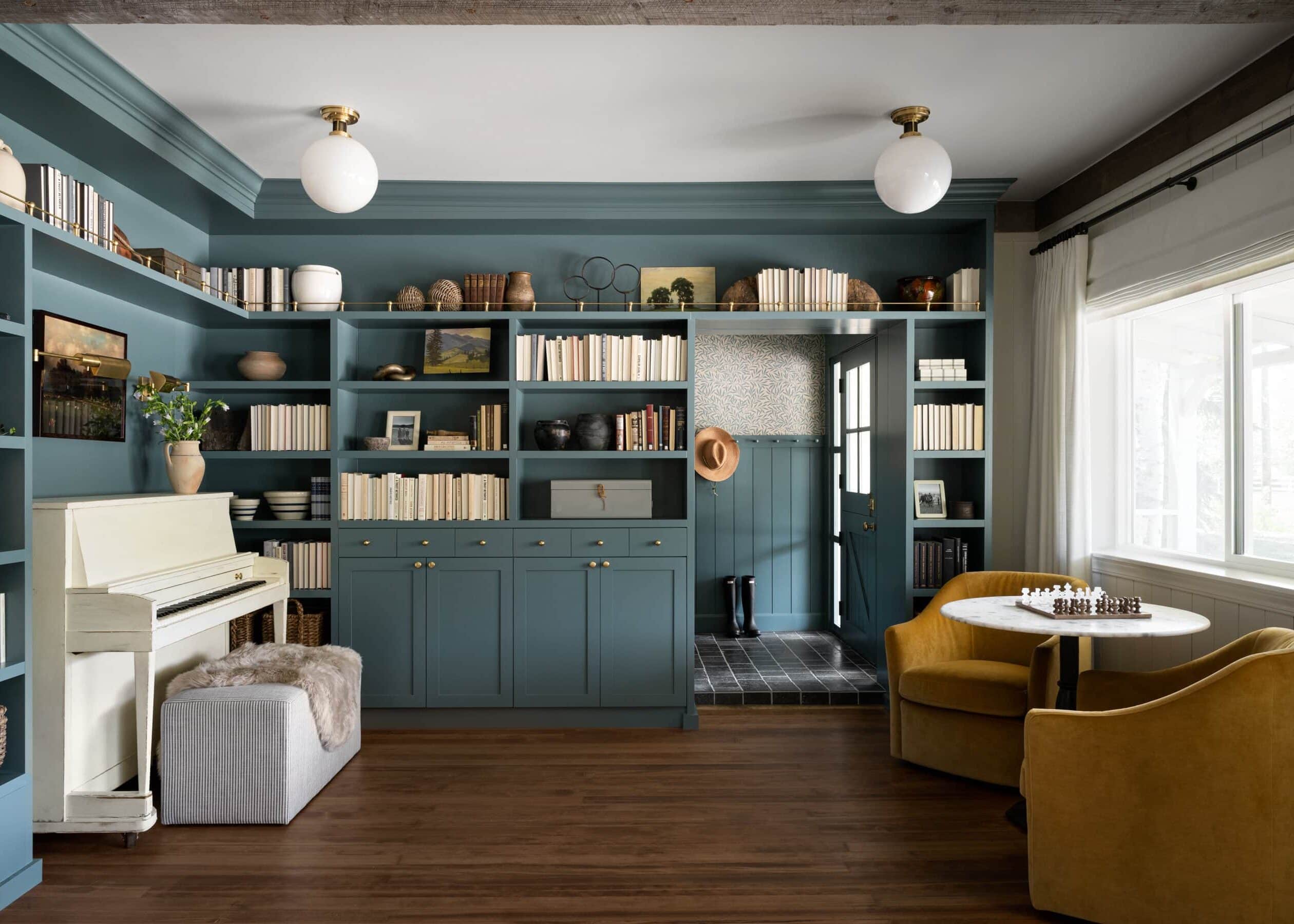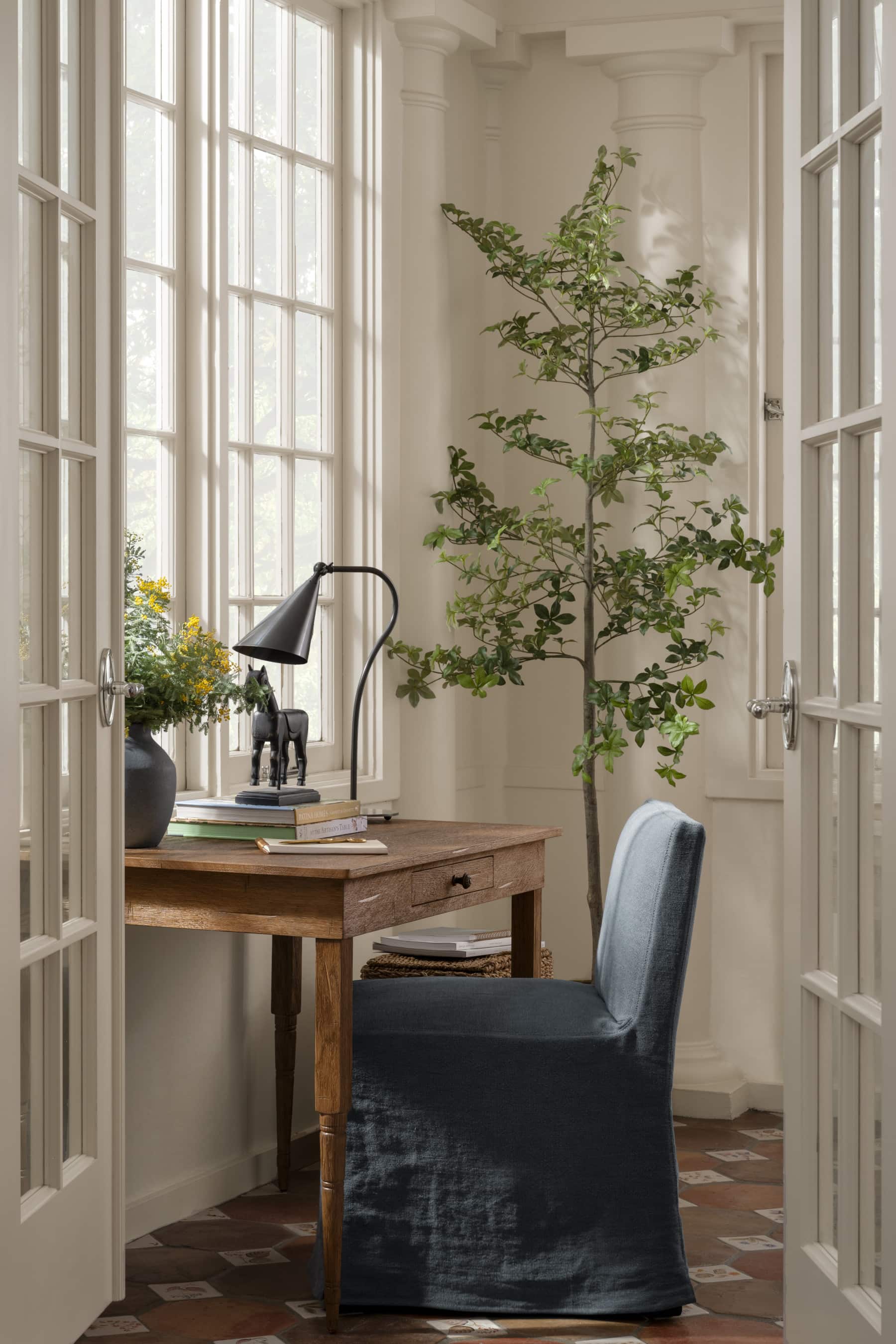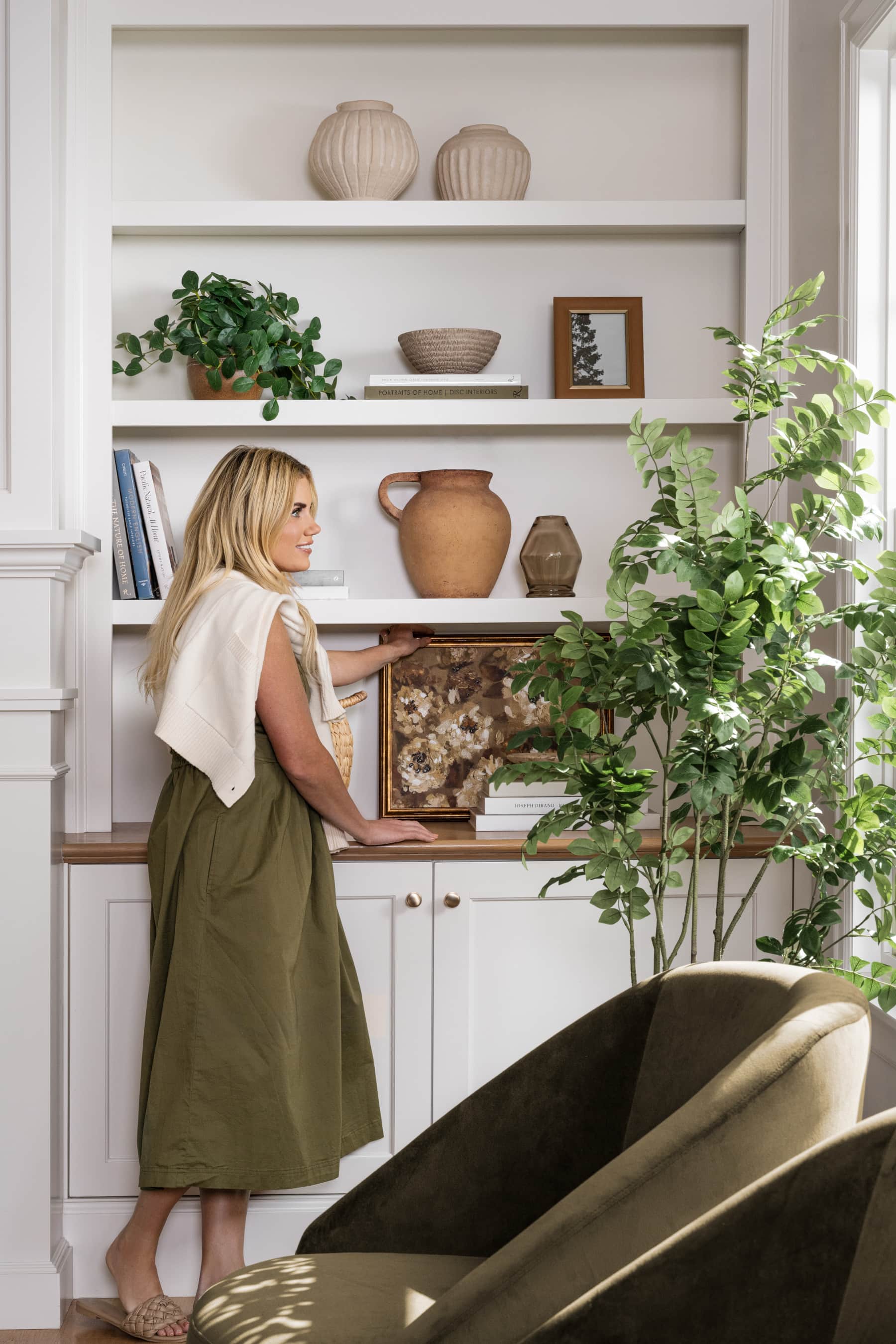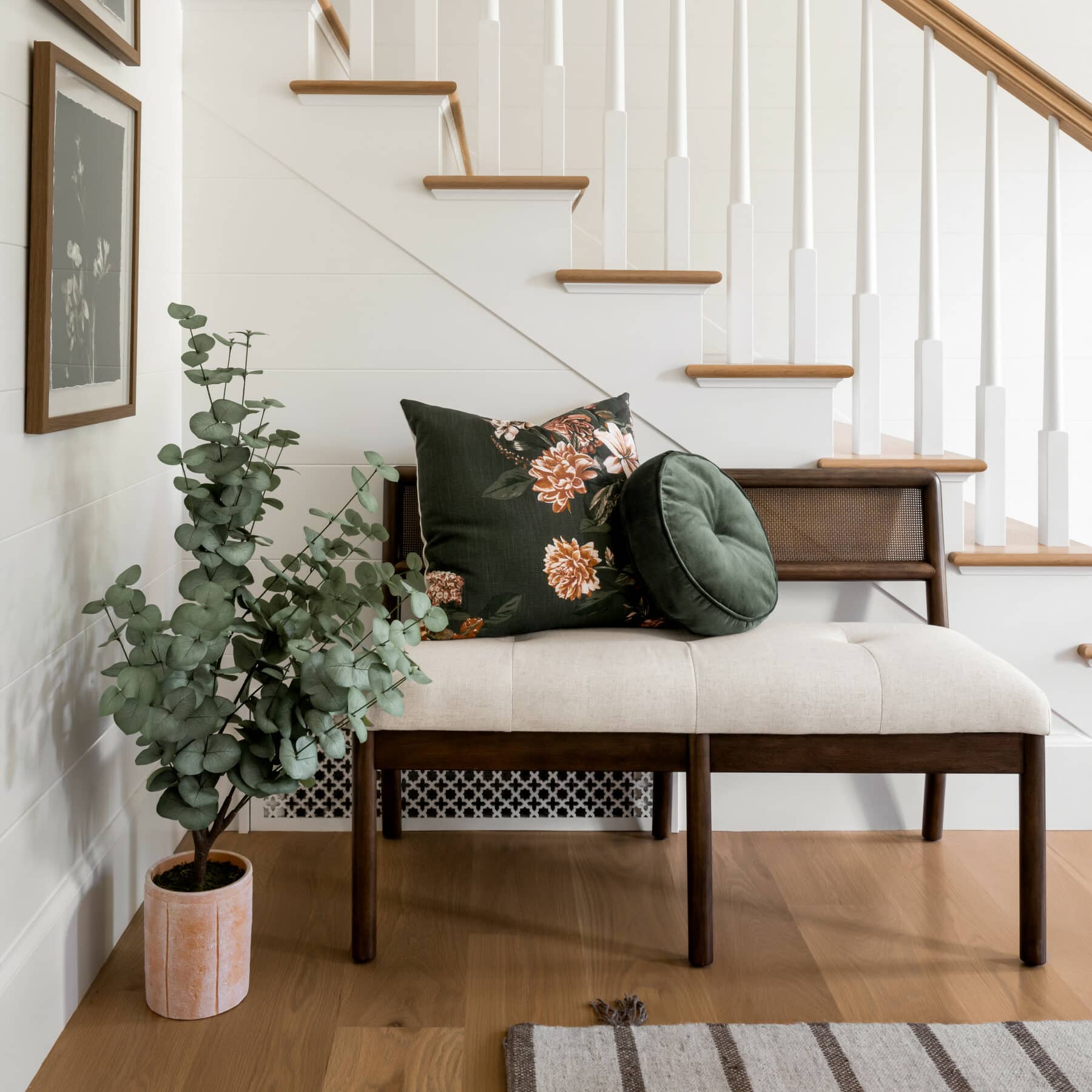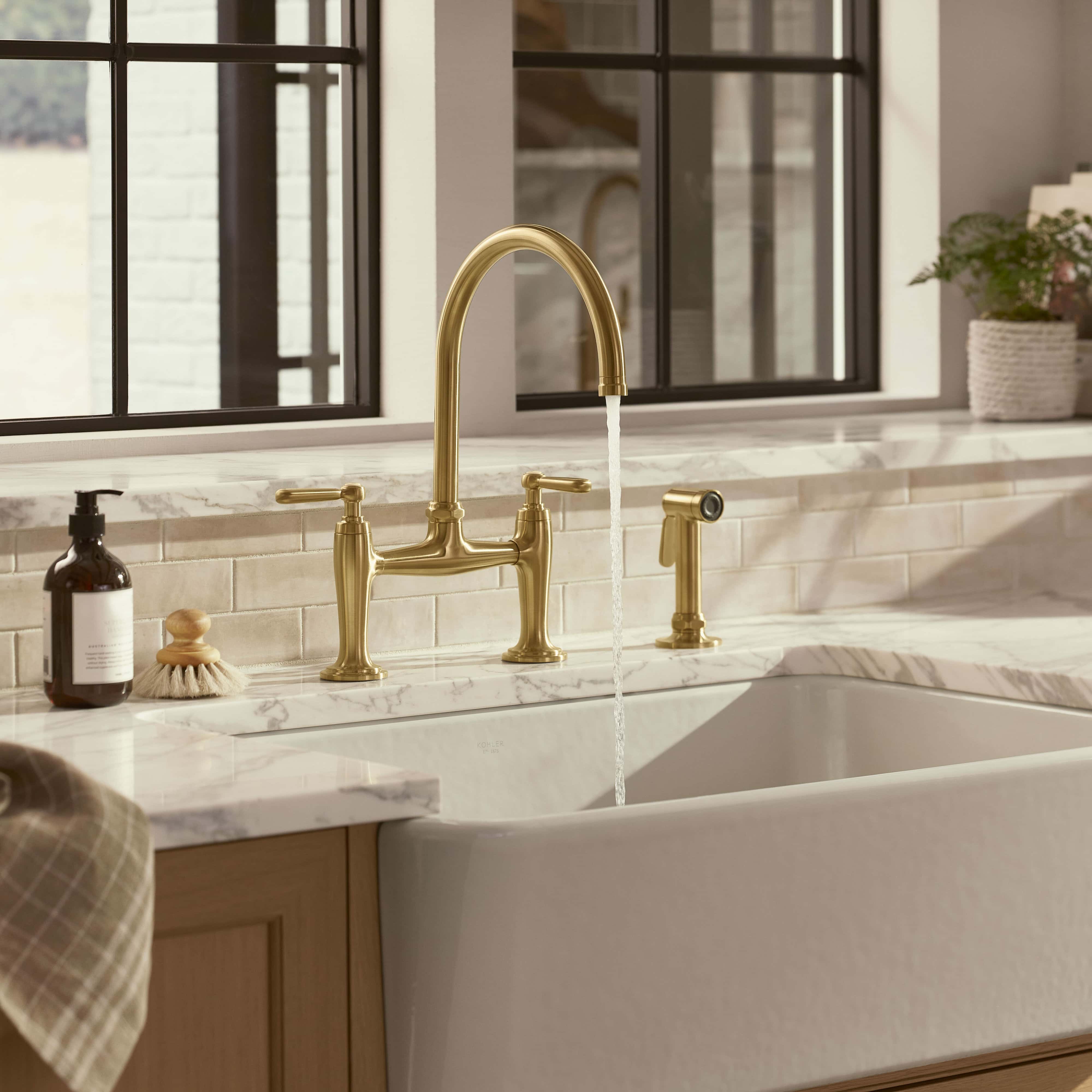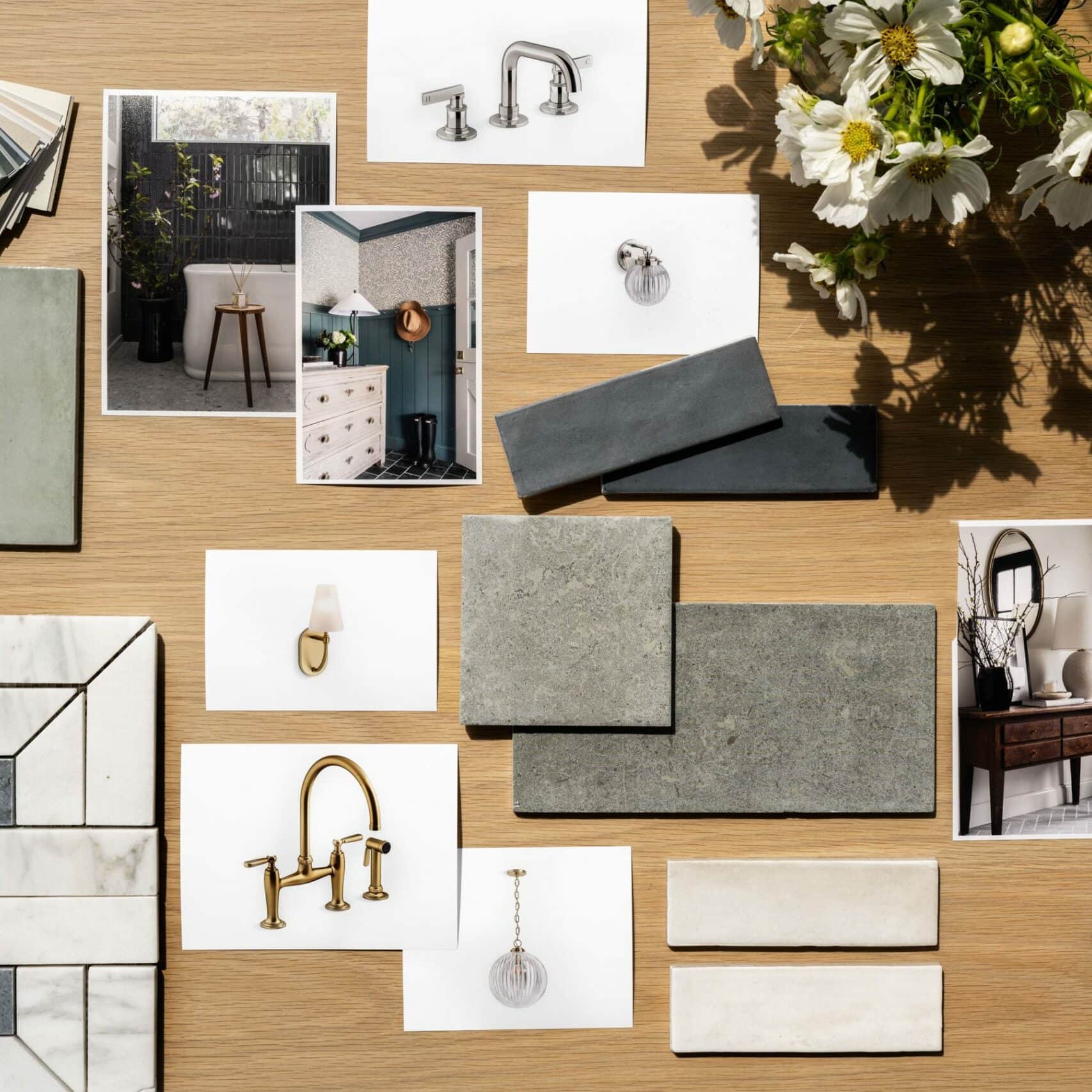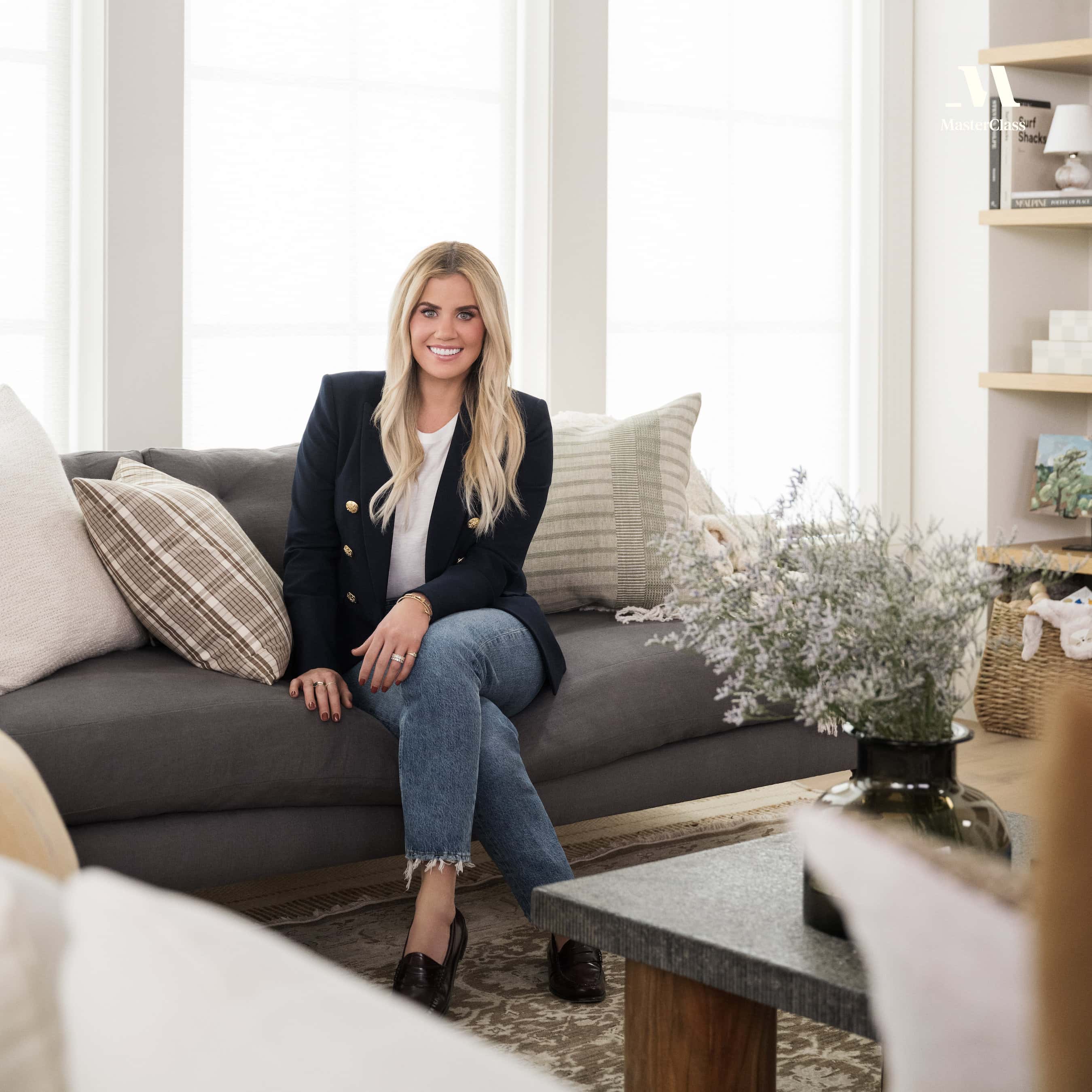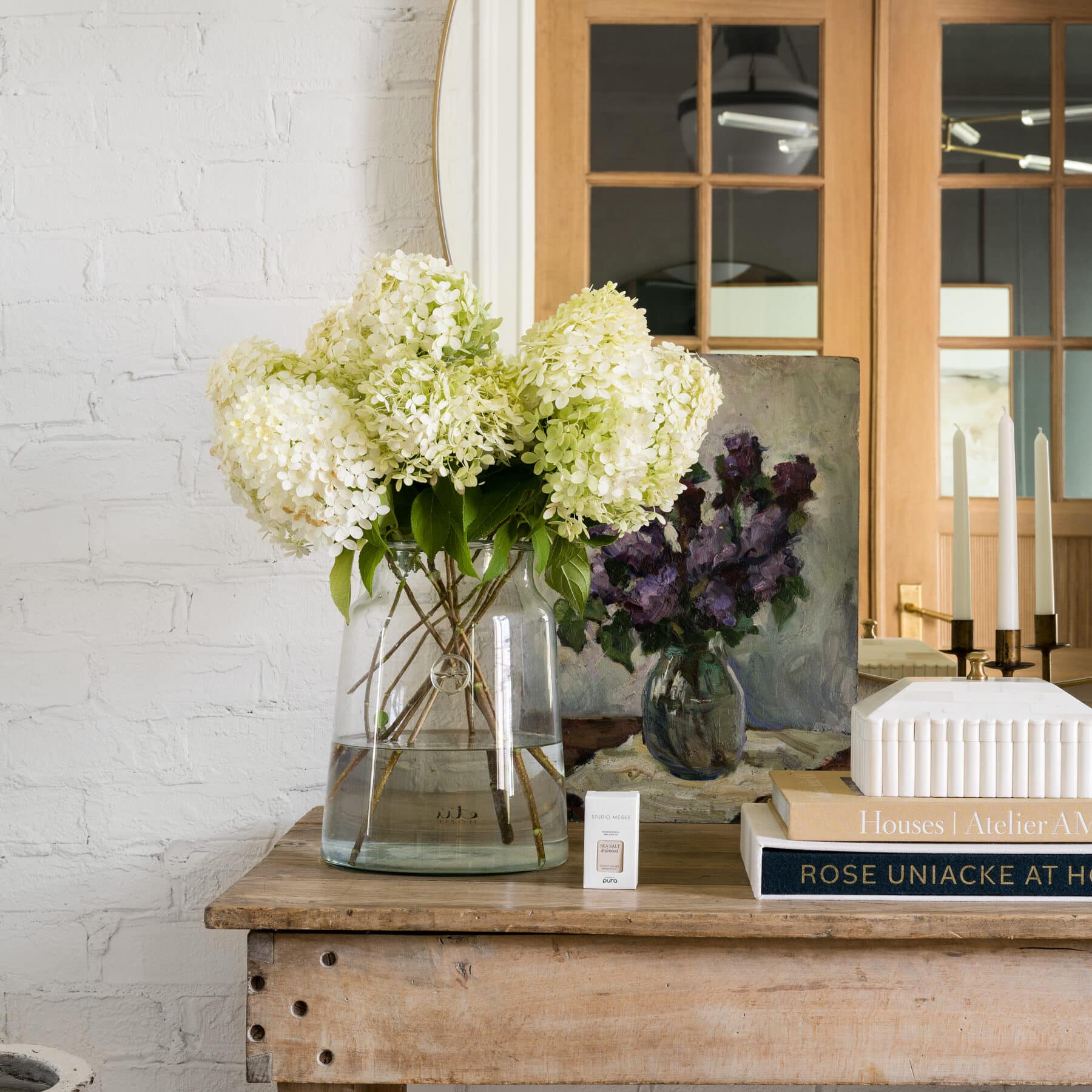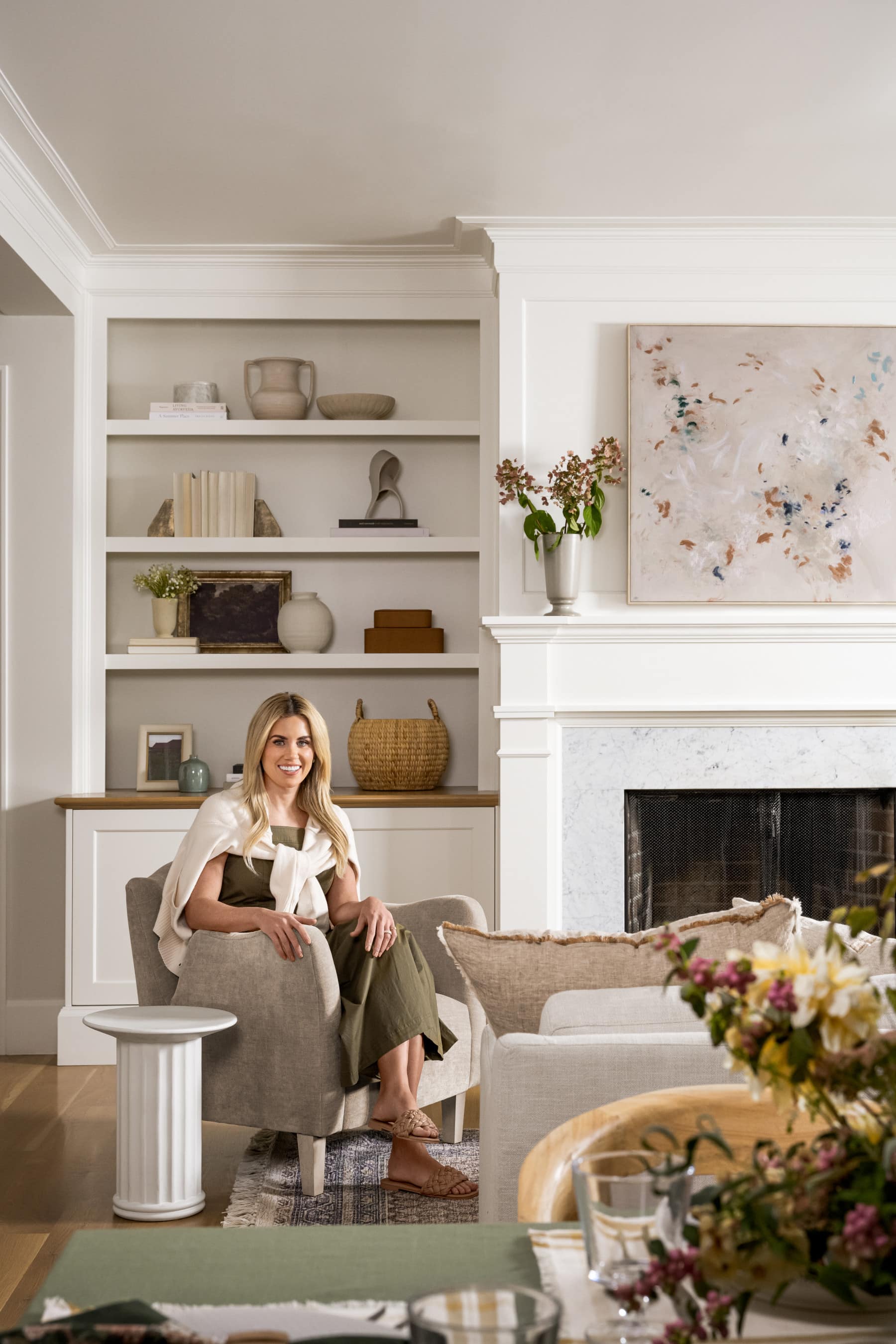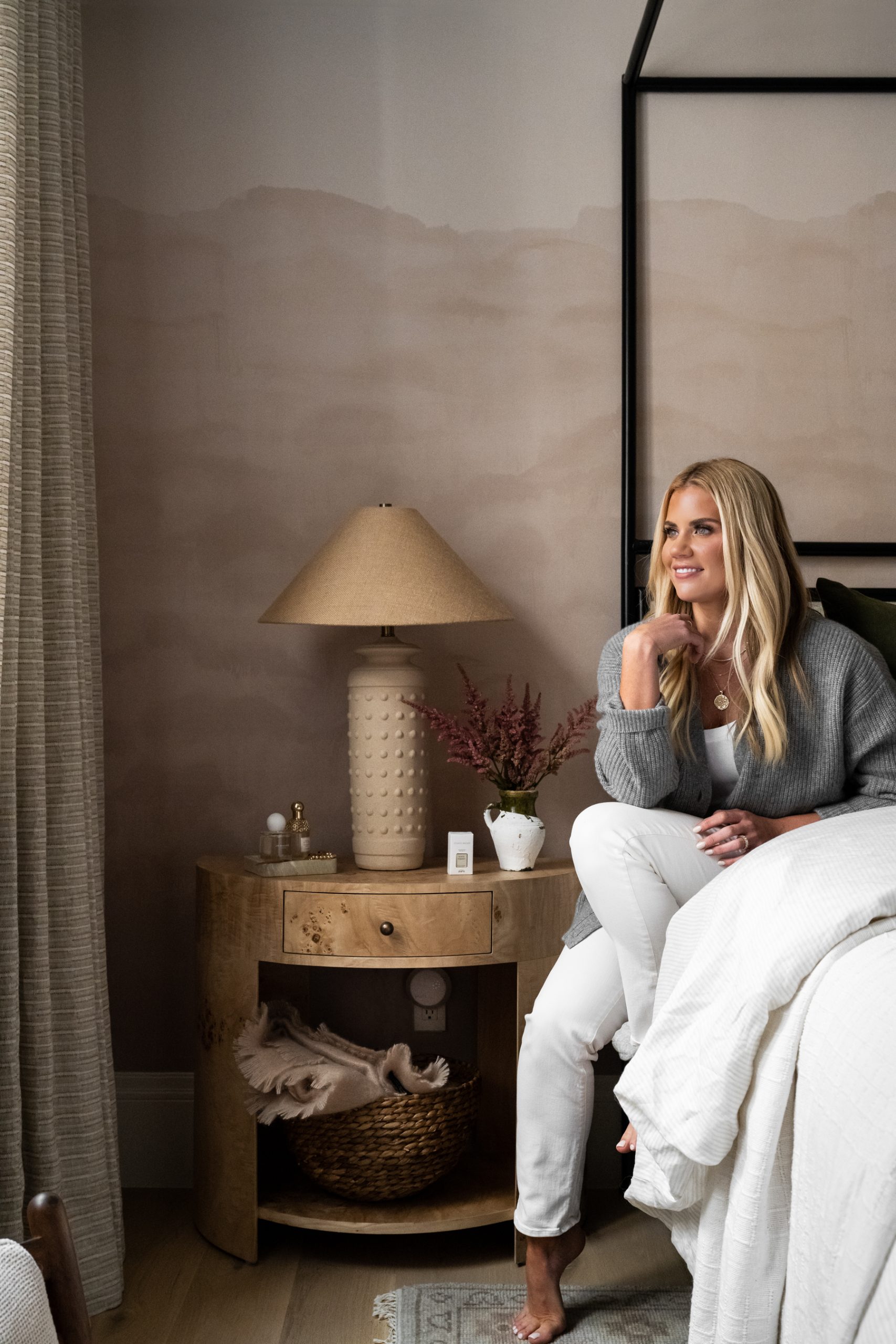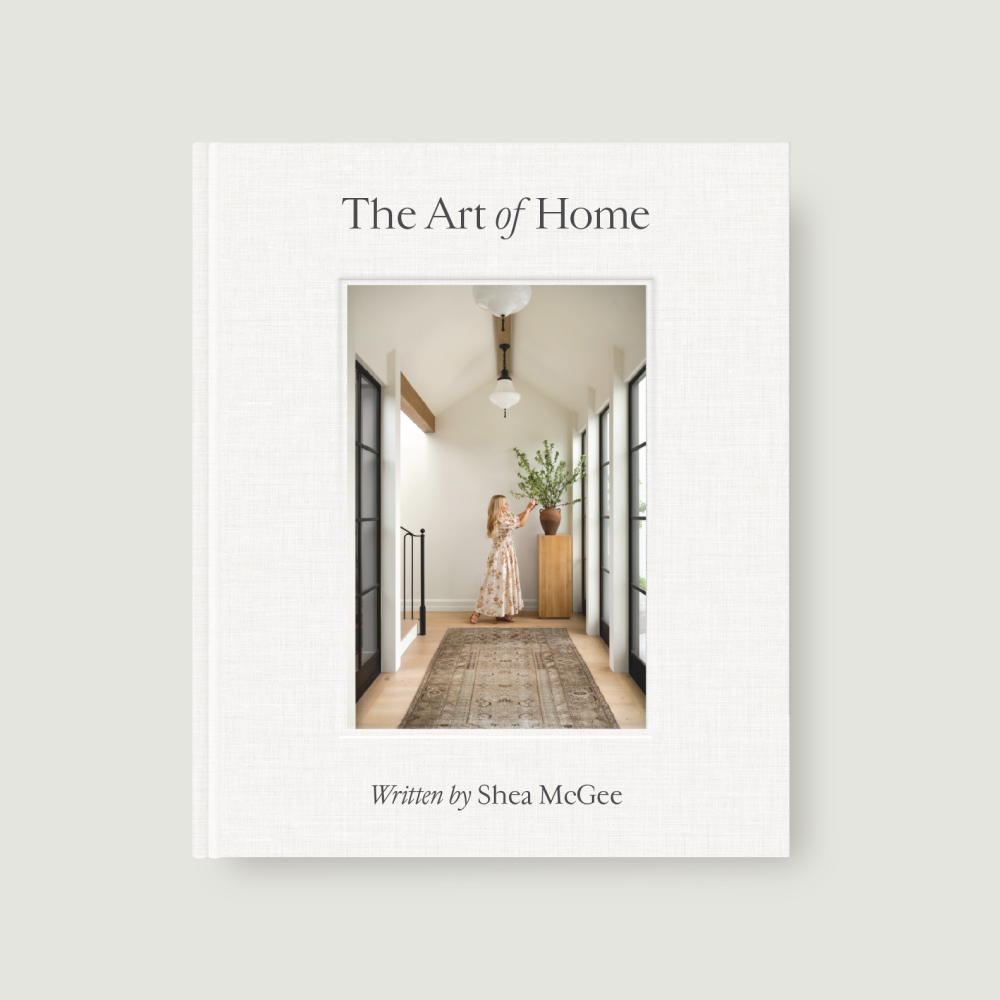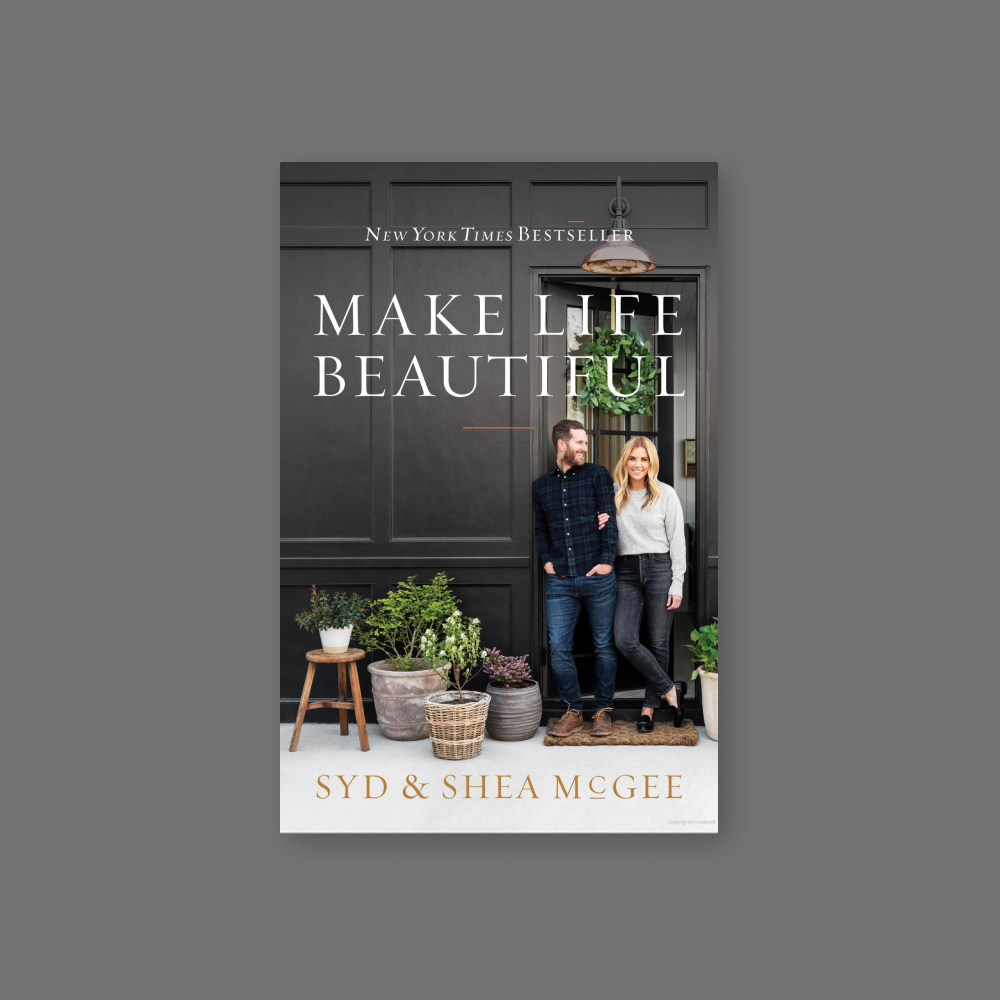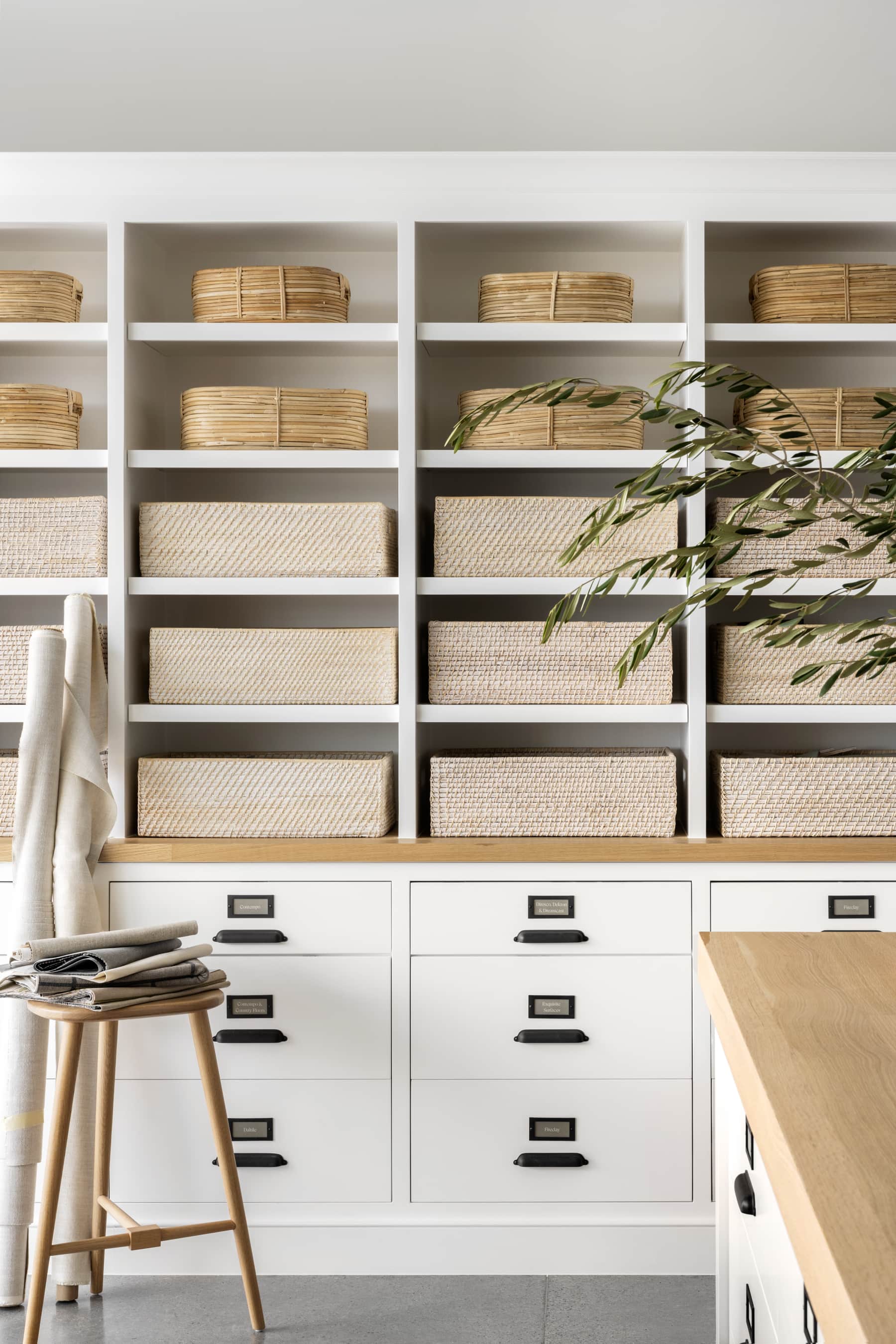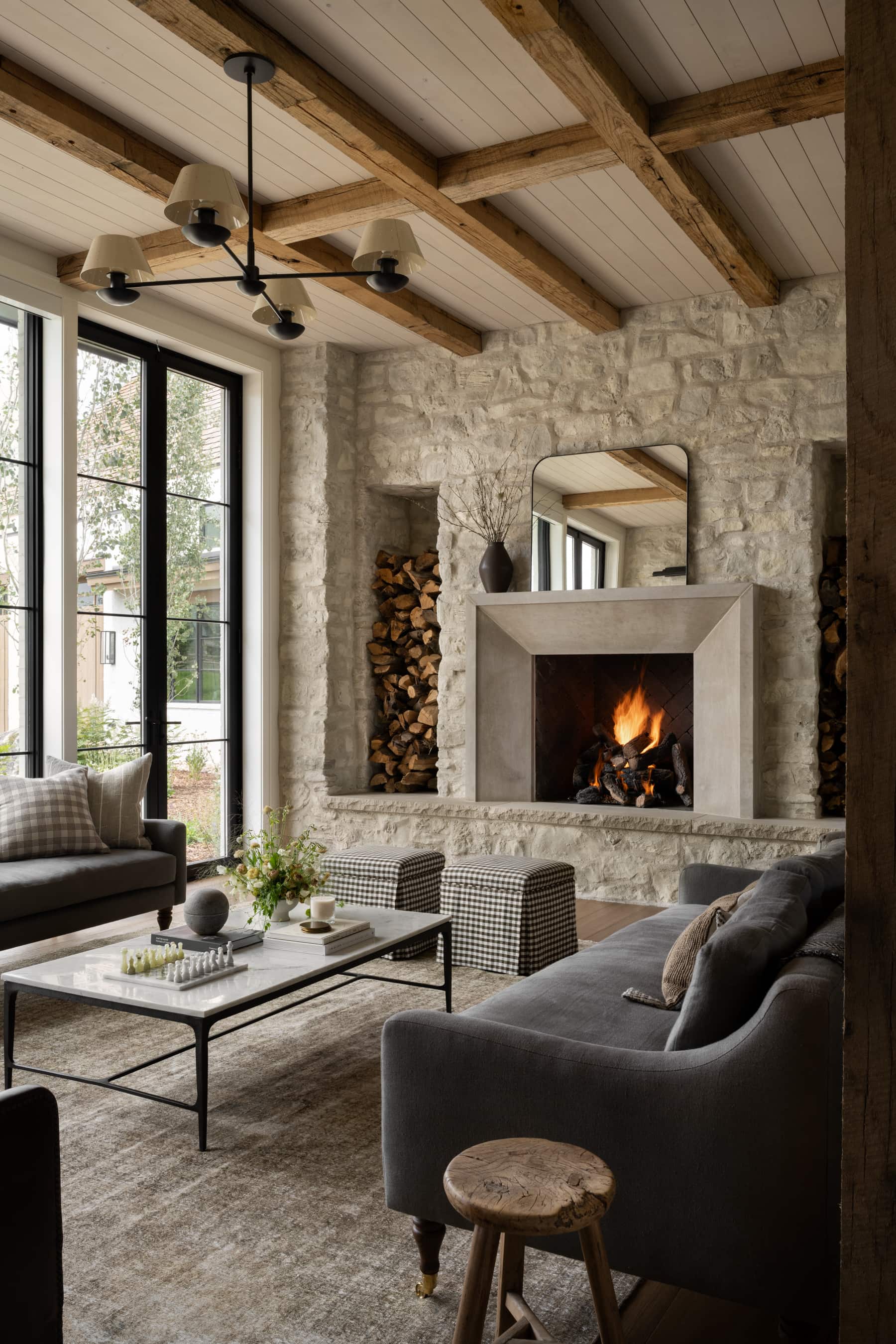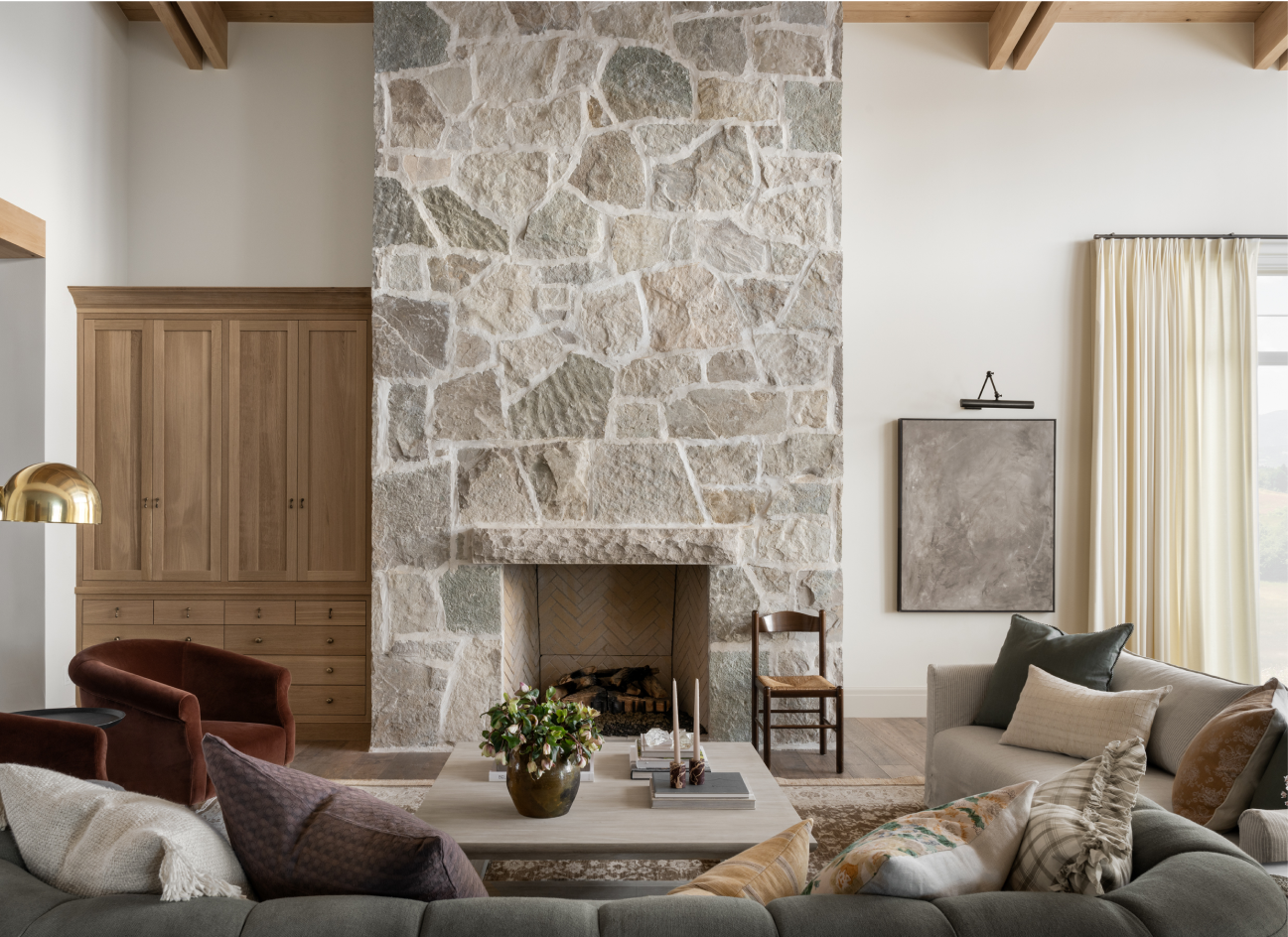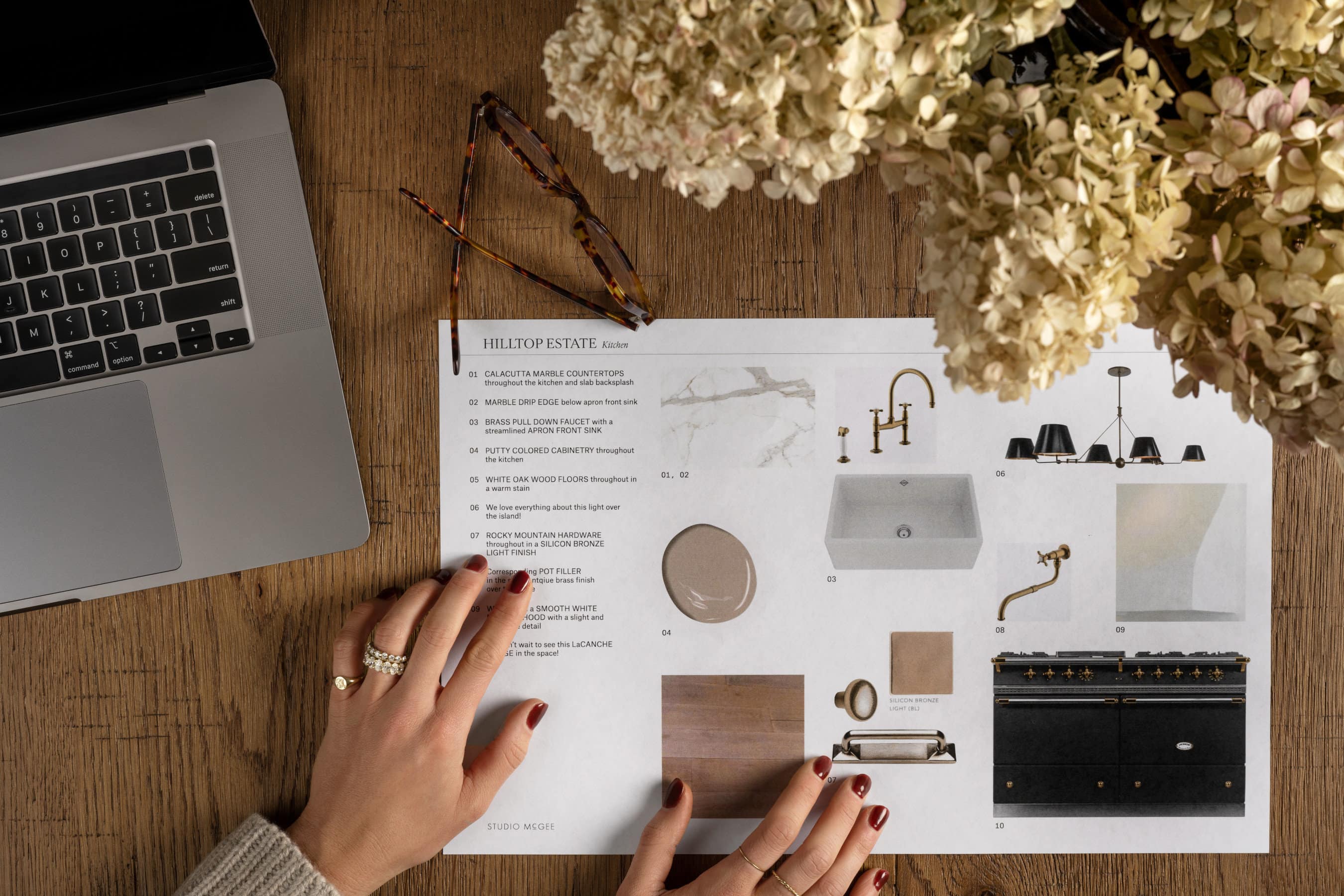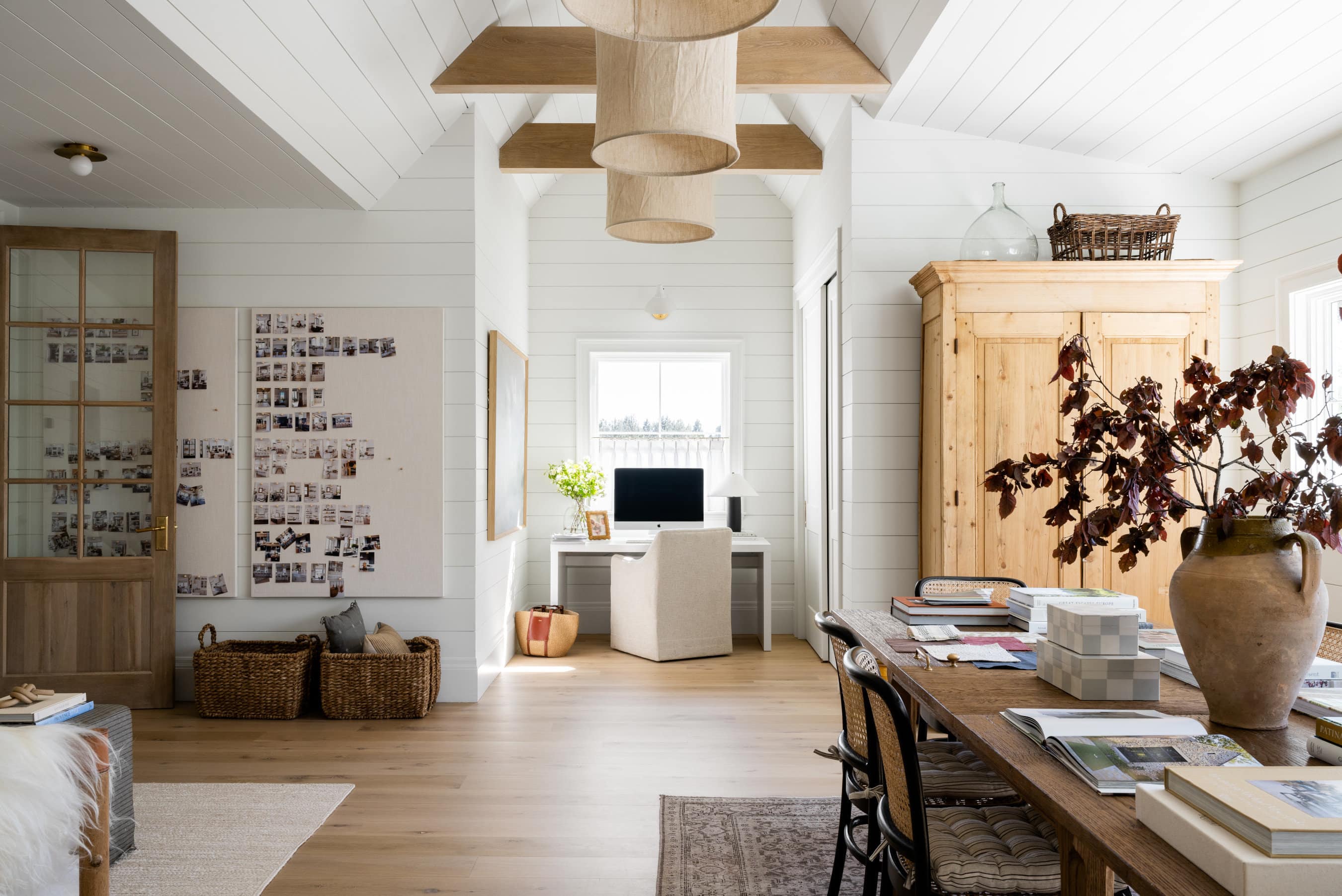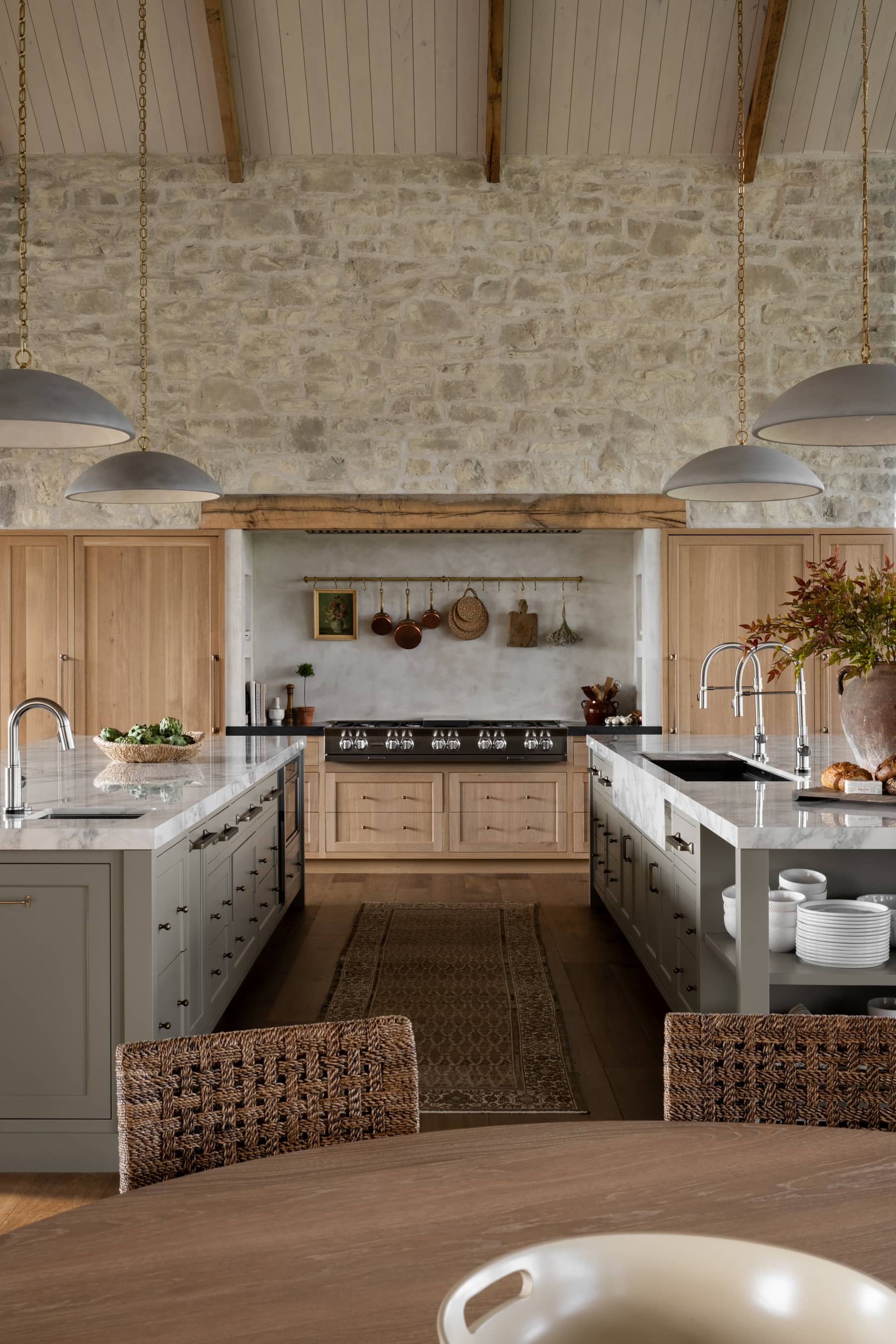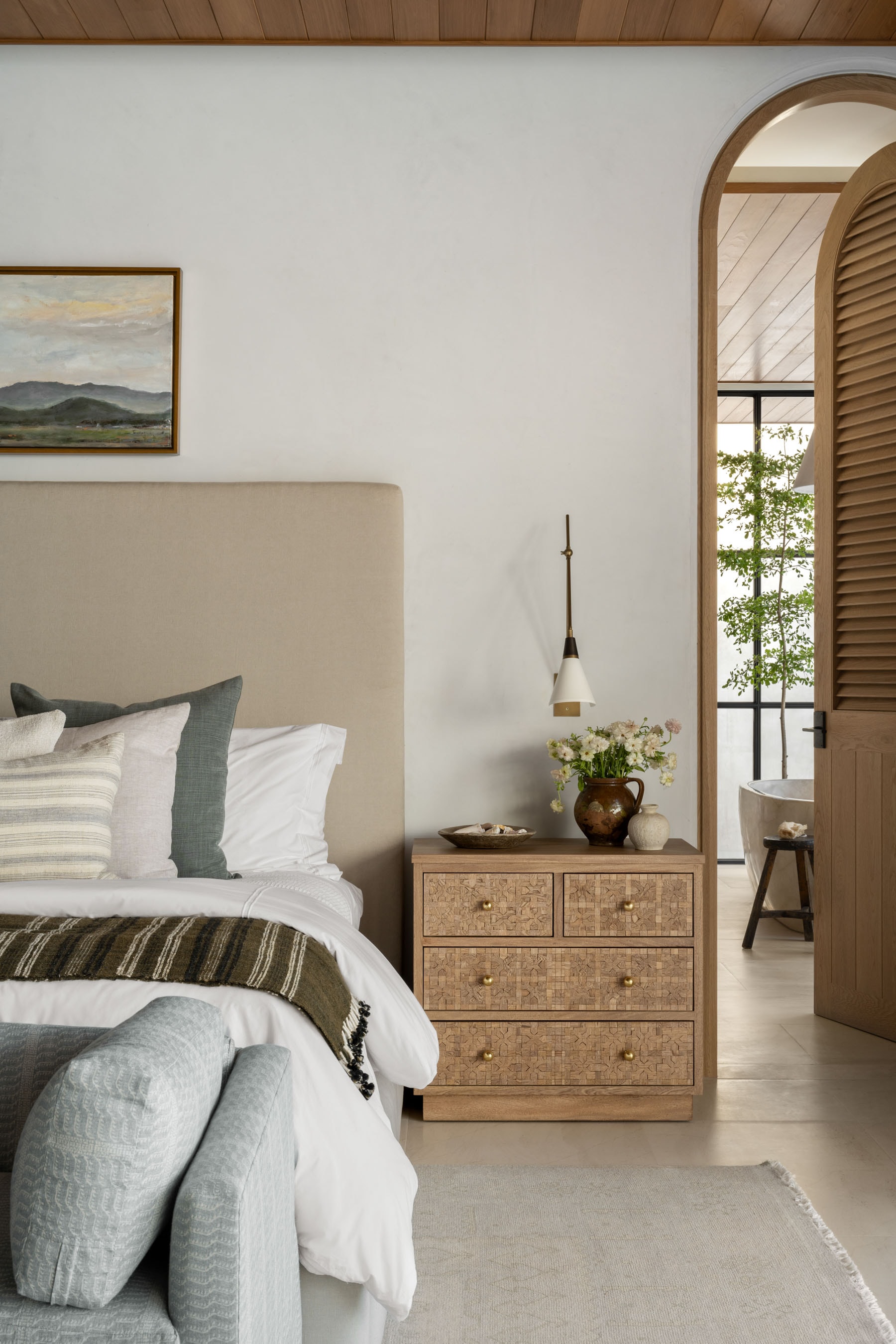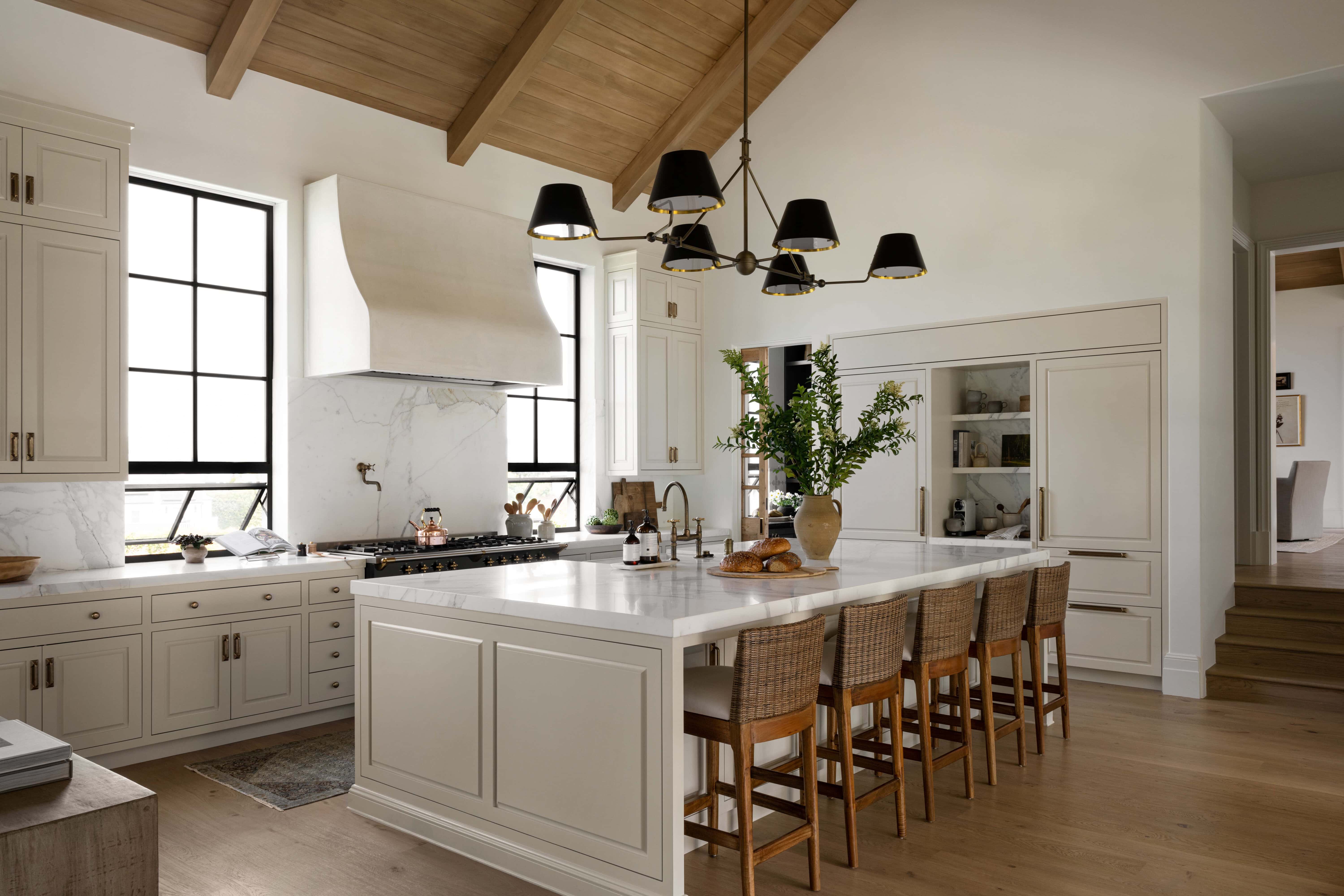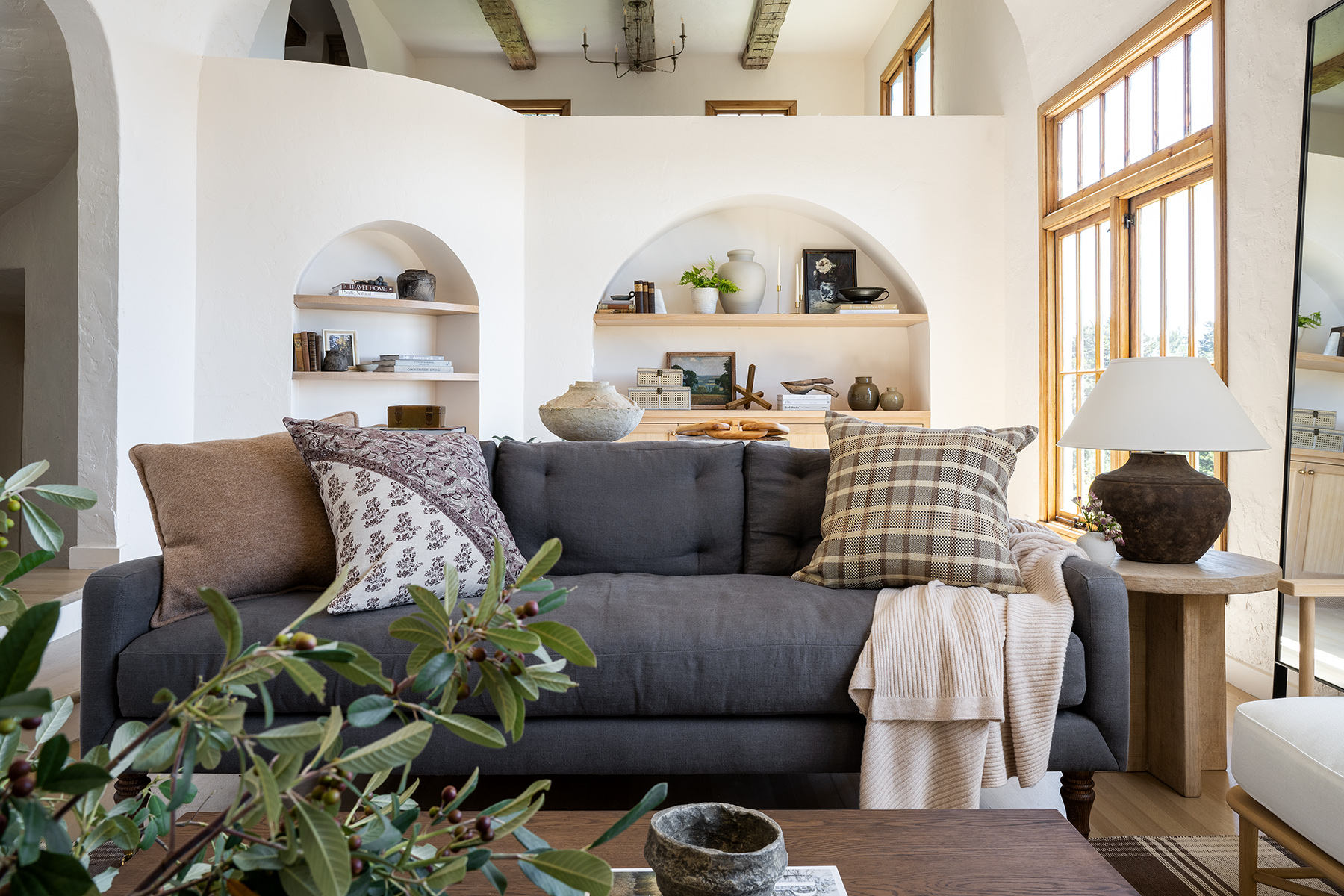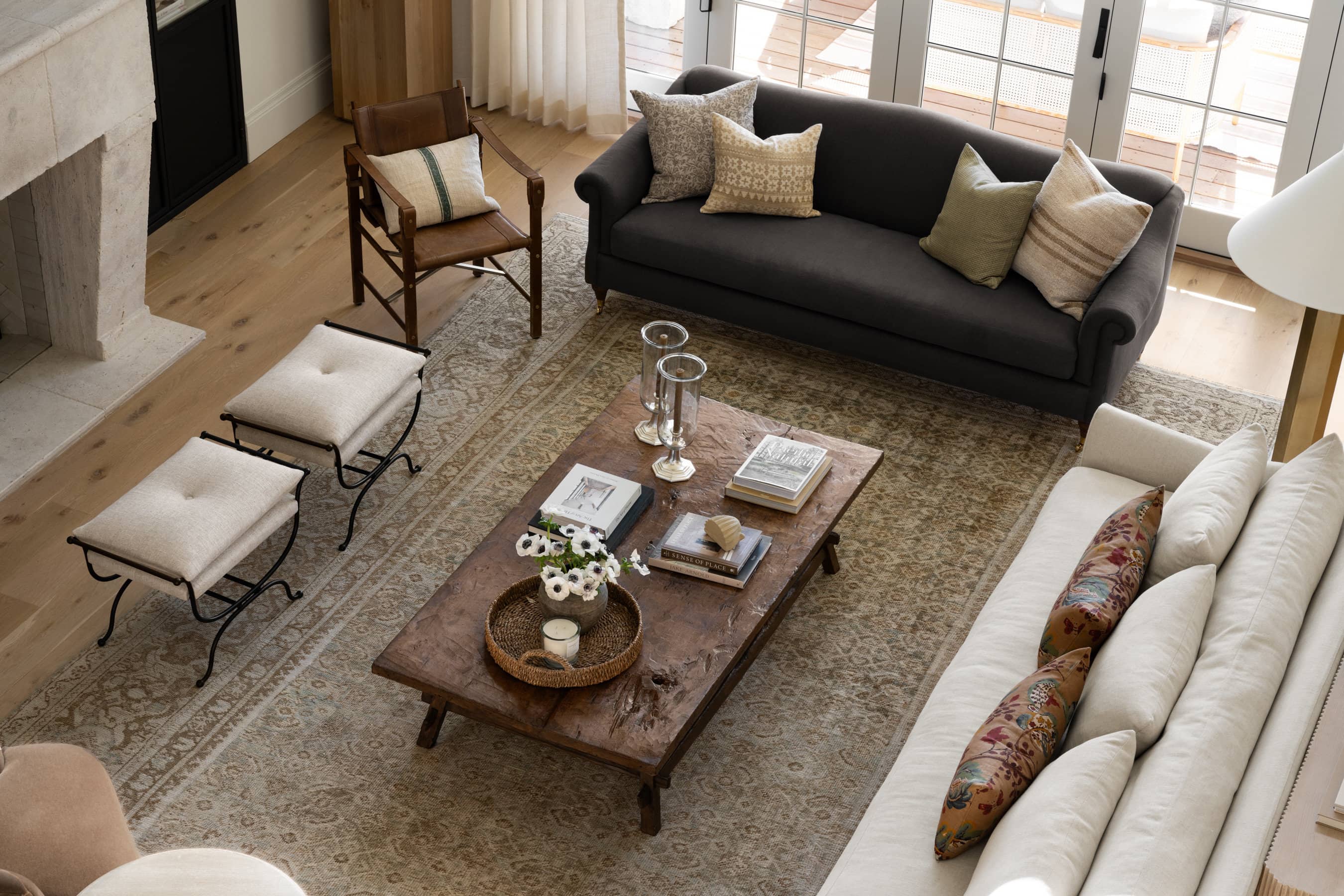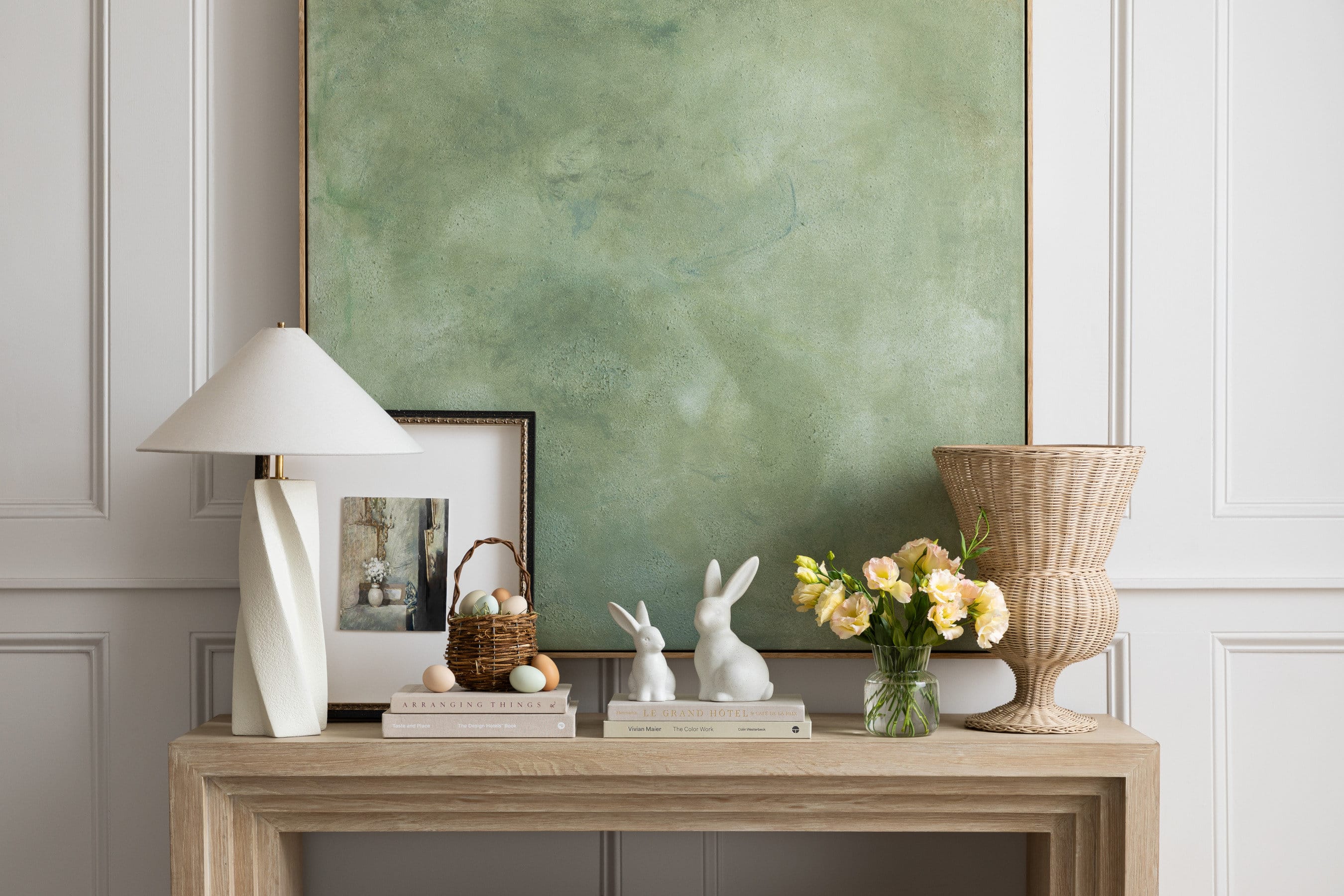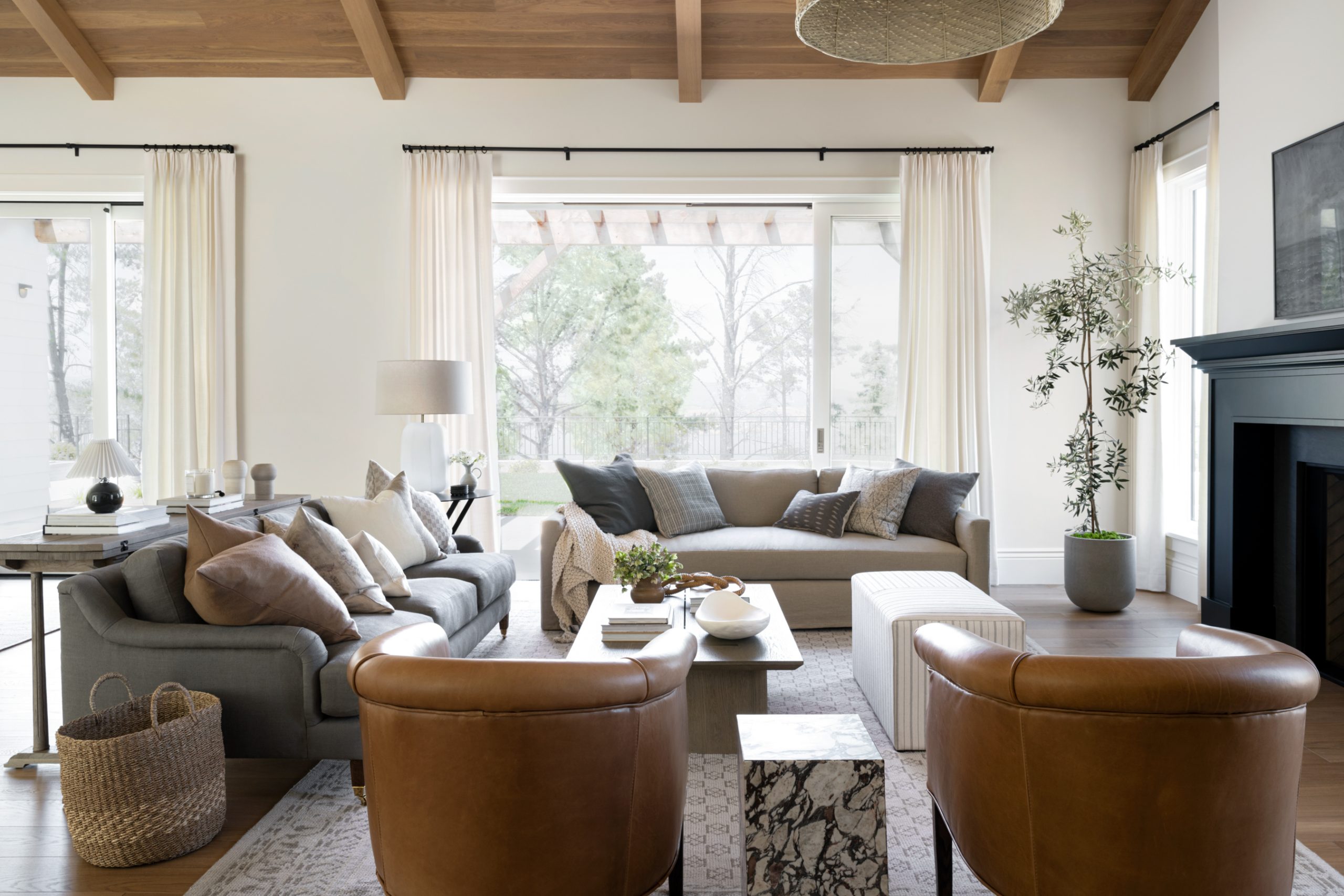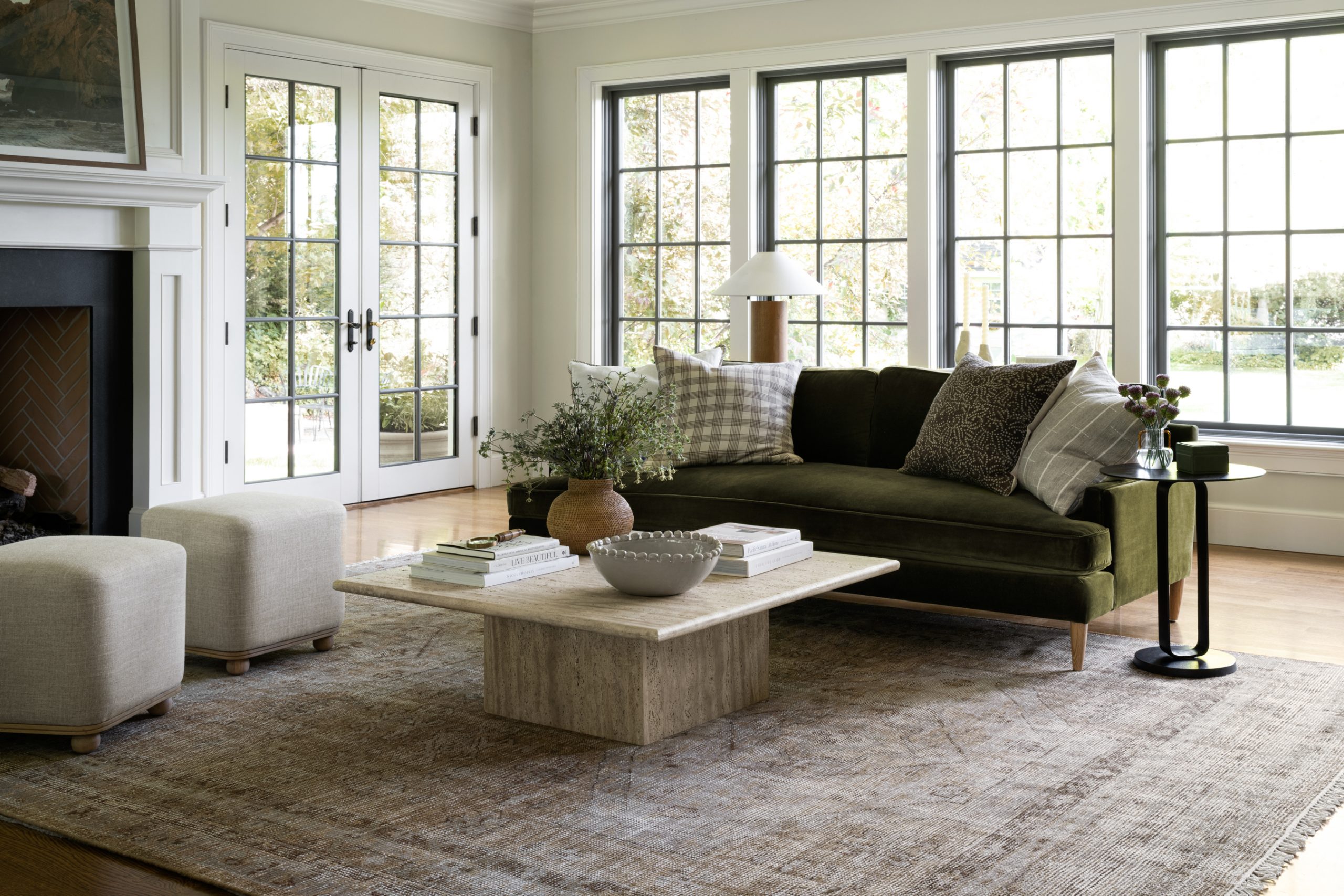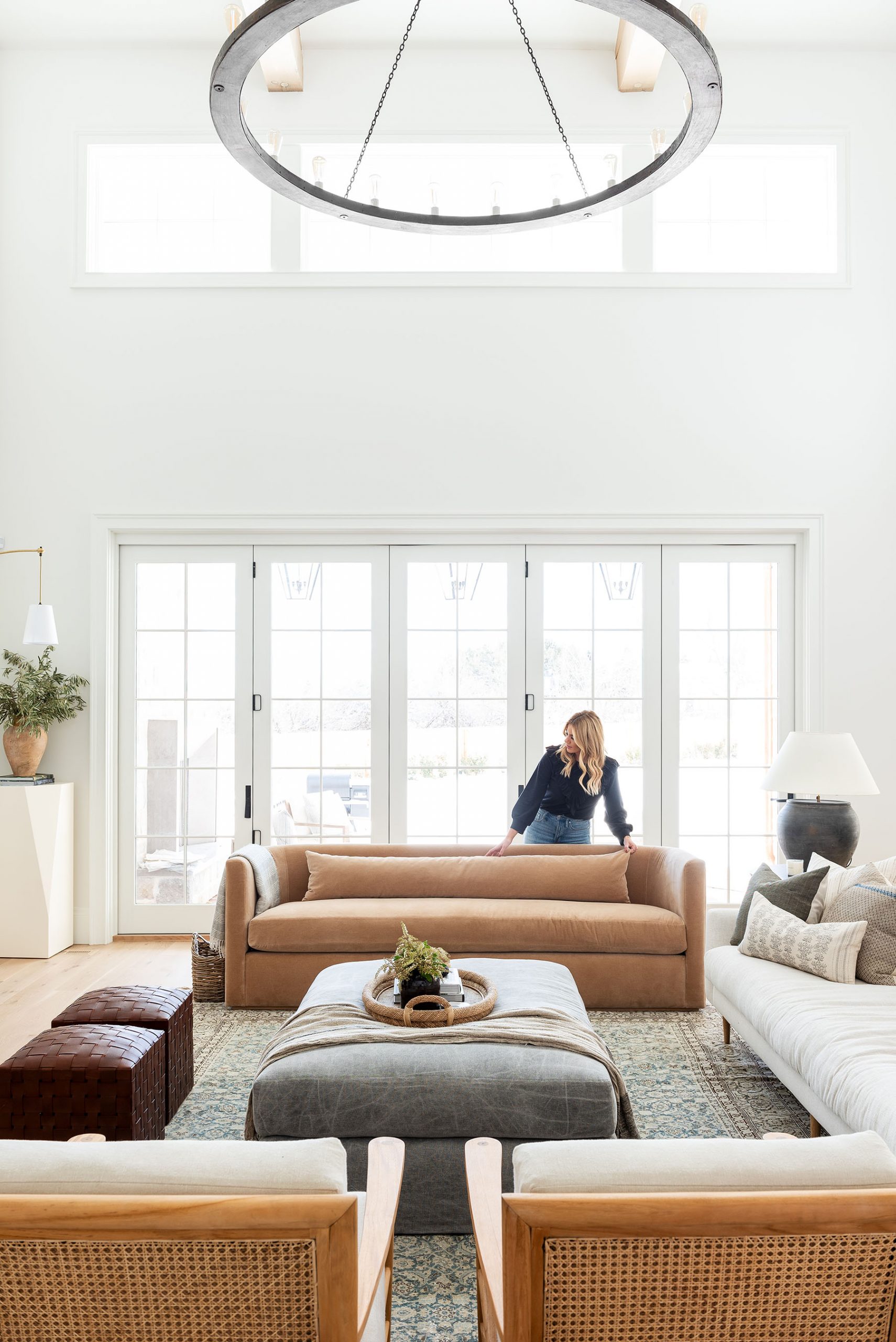
Our Guide to Great Room Furniture
Some of our tried-and-true layout formulas
27 September 2021 -
As one of the focal points of the home…
great rooms are not only high-traffic areas but in an open concept floor plan; they set the scene for the rest of the space entirely.
We are strong believers that mixed furniture is thoughtful furniture, but choosing layered pieces for a great room can be difficult.
Although there are many ways to design and layout great rooms, there are a few things our design team always takes into consideration. In this post, we’re going to take you through the building blocks of some of our go-to, great room formulas.
We love these layouts in particular because they work in so many different spaces of all shapes and sizes, and they’re pretty fool-proof.
Something about these pieces working together elevates a space to make it feel intentionally designed, and you can replicate it in many variations.
The seating
Typically, seating is the first selection we make when choosing great room furniture. There are times where a client will fall in love with a specific coffee table or rug first, but usually, we start with seating. When it comes to sofas, if we do two pieces, we typically do one with a heavy-weight base and one with a lighter-weight base, meaning one on legs, and one solid piece.
Each home is different, but there are a few different layouts we tend to gravitate towards. We love these layouts in particular because they work in so many different spaces of all shapes and sizes, and they’re pretty fool-proof. Something about these pieces working together elevates a space to make it feel intentionally designed, and you can replicate it in many variations.
No. 1: The Two Sofas, Two Chairs Layout
In The McGee Home Great Room, we started with our more modern-shaped Hale Sofa on metal legs and contrasted it with our traditional Reese Curved Sofa with a curved, solid silhouette that brought more weight. Next, we chose our transitional Beckett Chairs that met somewhere in the middle with their upholstered seats and an open, oak detailing on the back and sides to bring more light and airy-ness to the space.
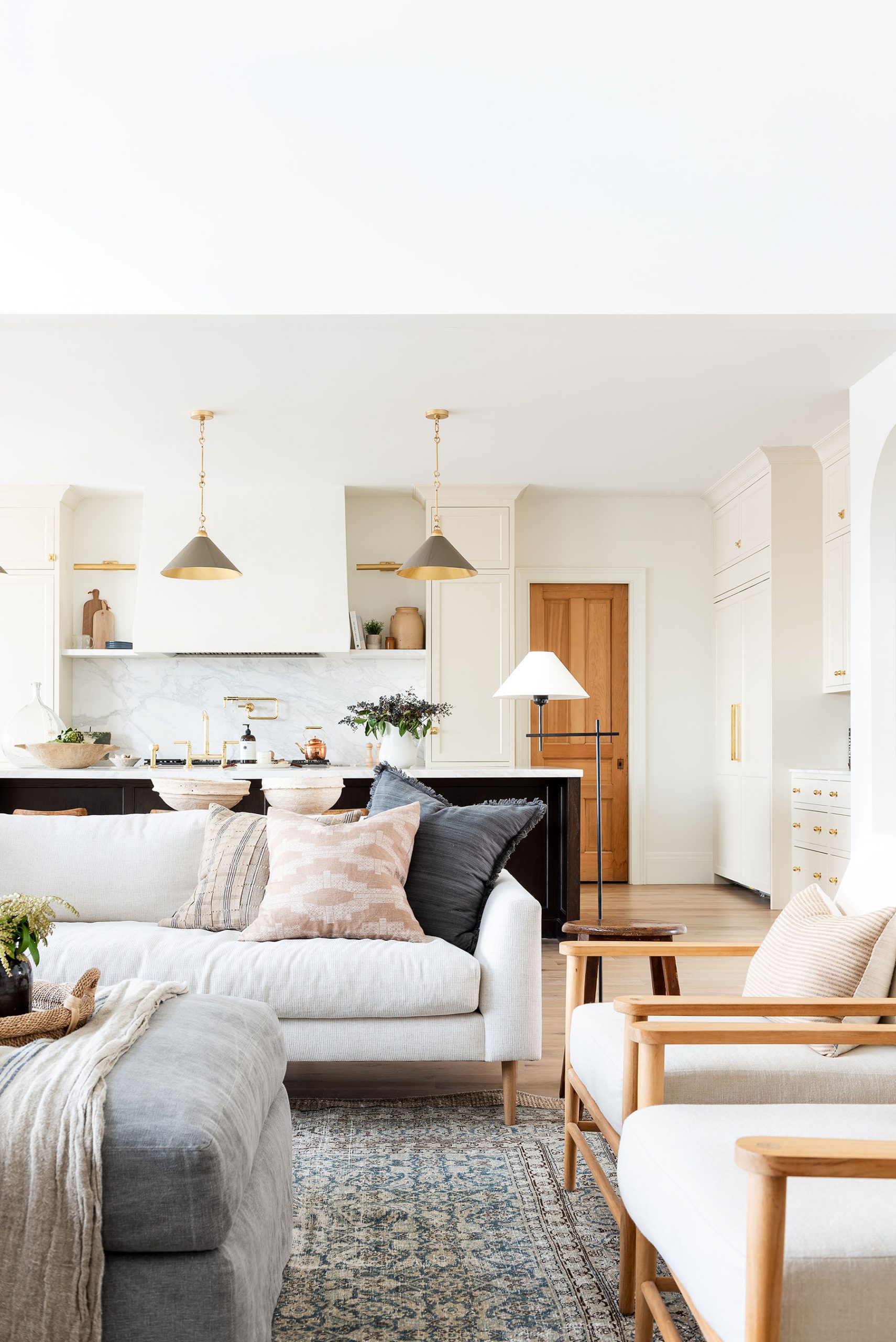
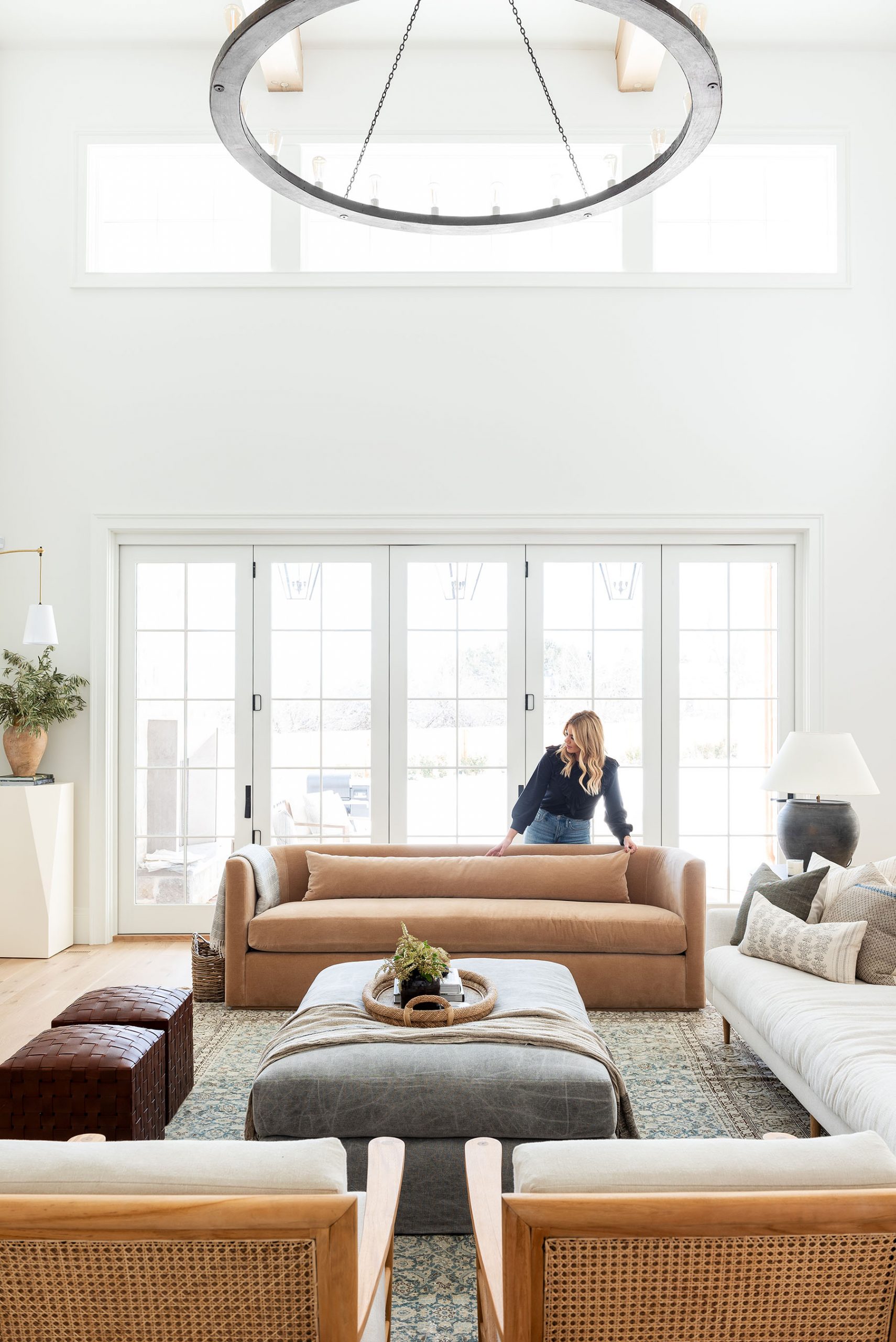
We followed a similar layout in our AZ Homestead Project with a one-legged sofa, one solid sofa, and two pretty curved chairs.
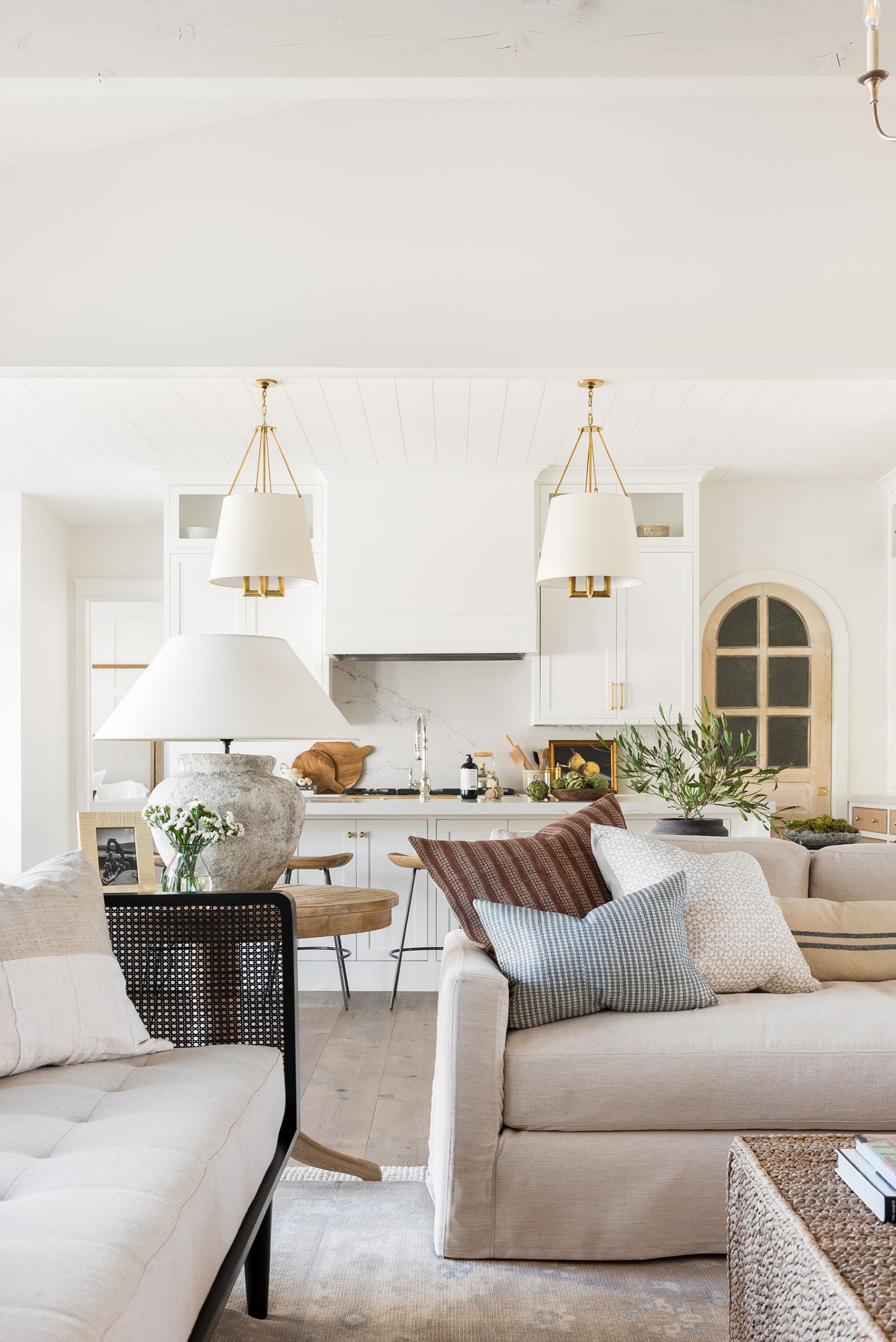
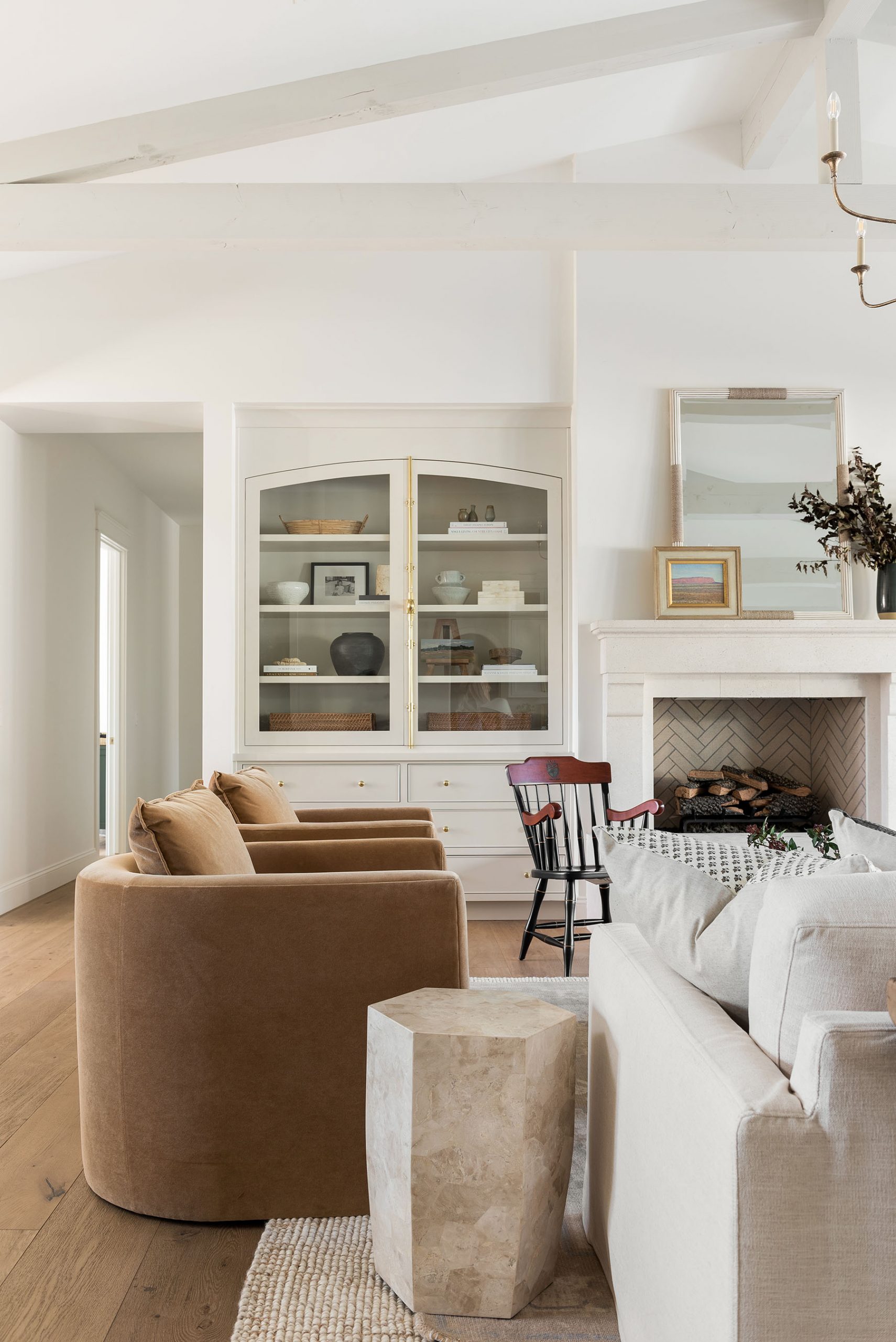
In our Rye NY project, because we chose a legged sofa and a legged day-bed, we distributed the seating weight through the two solid heavy-weighted swivel chairs in the middle.
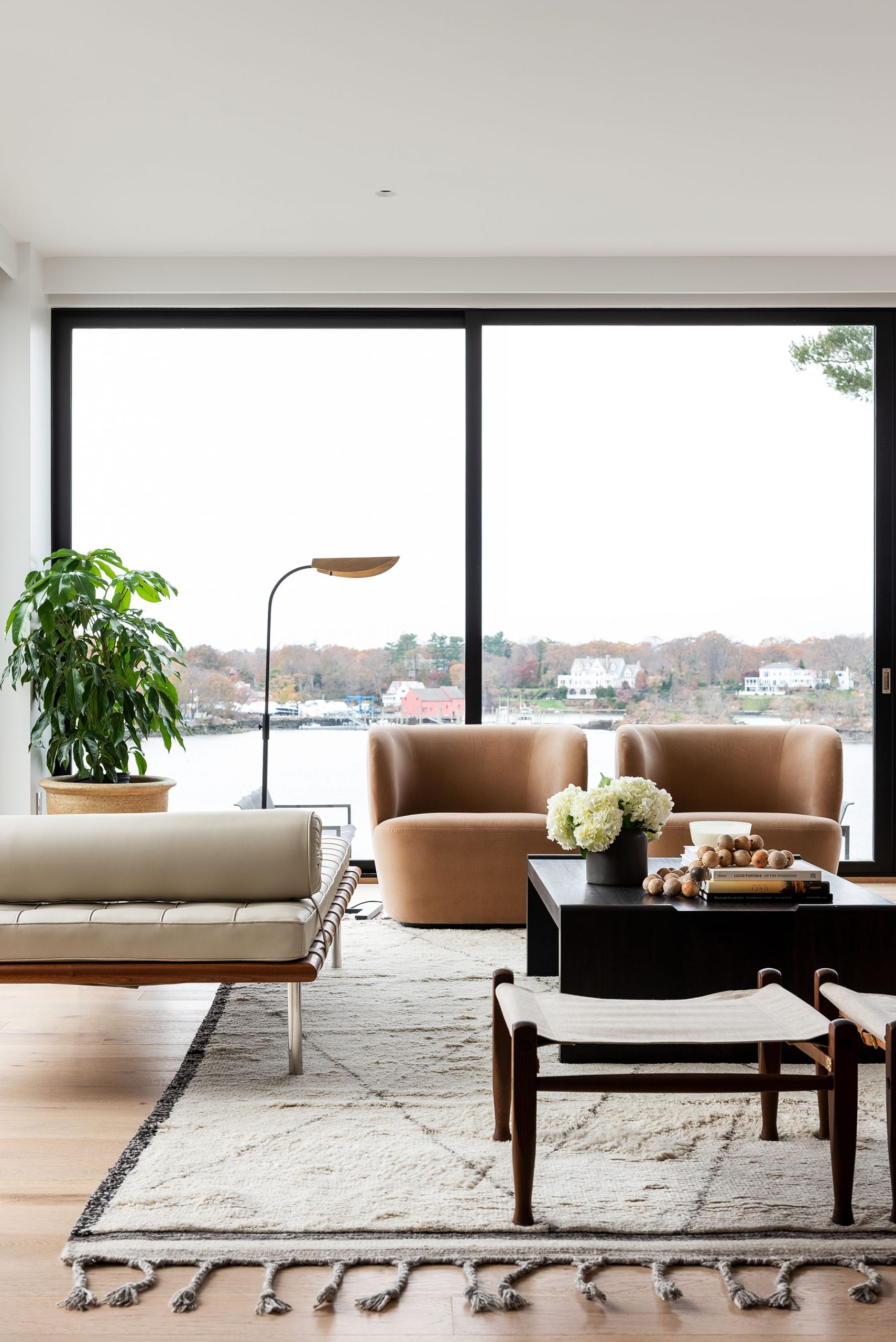

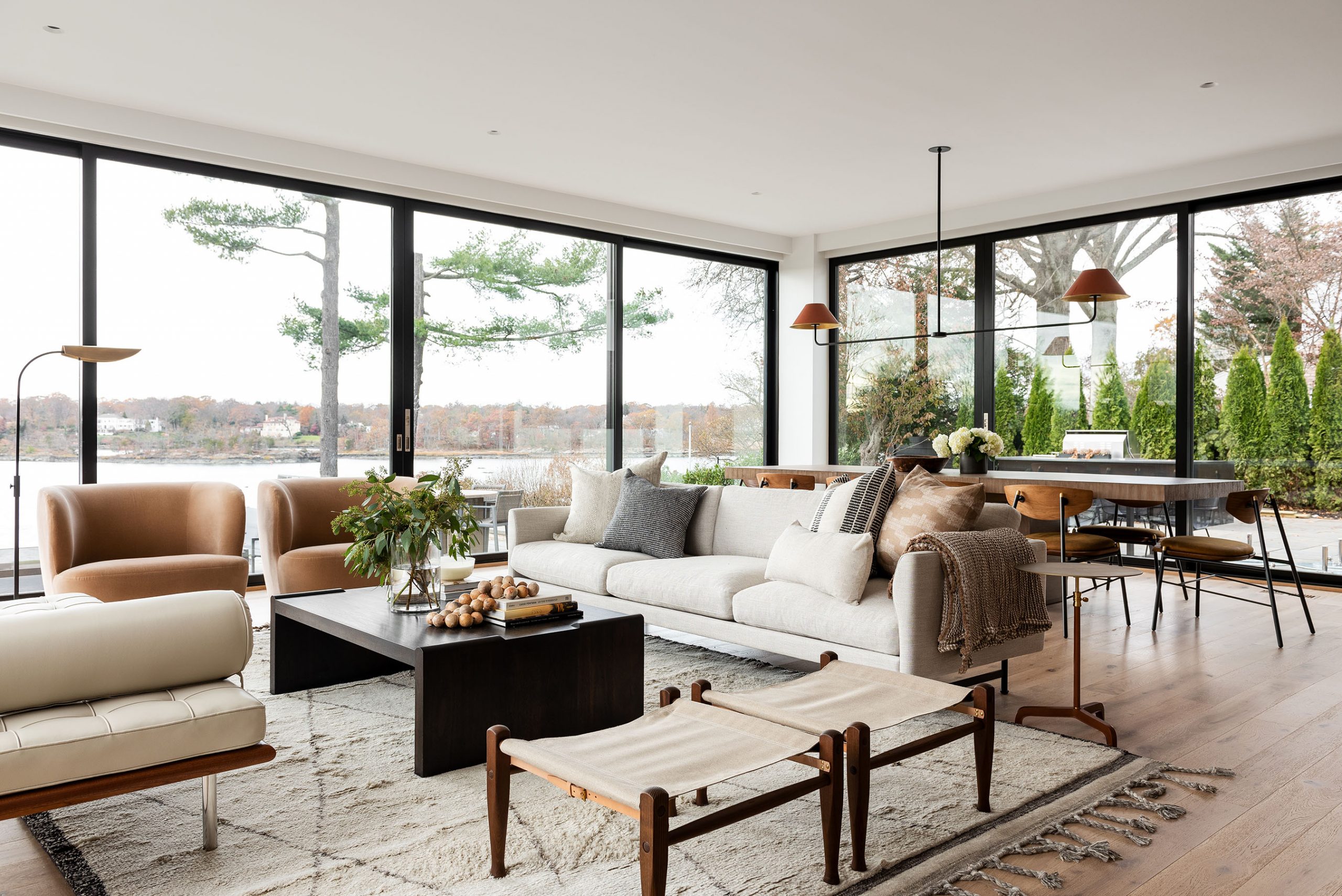
There are, of course, always exceptions. For example, in our SM Ranch House project, both sofas we used in the great room were heavier-weighted, legless sofas, so we chose two sling-back, metal-legged chairs to open up the room a bit more. The open, cross-legged coffee table design doesn’t hurt, but we’ll get to that later.
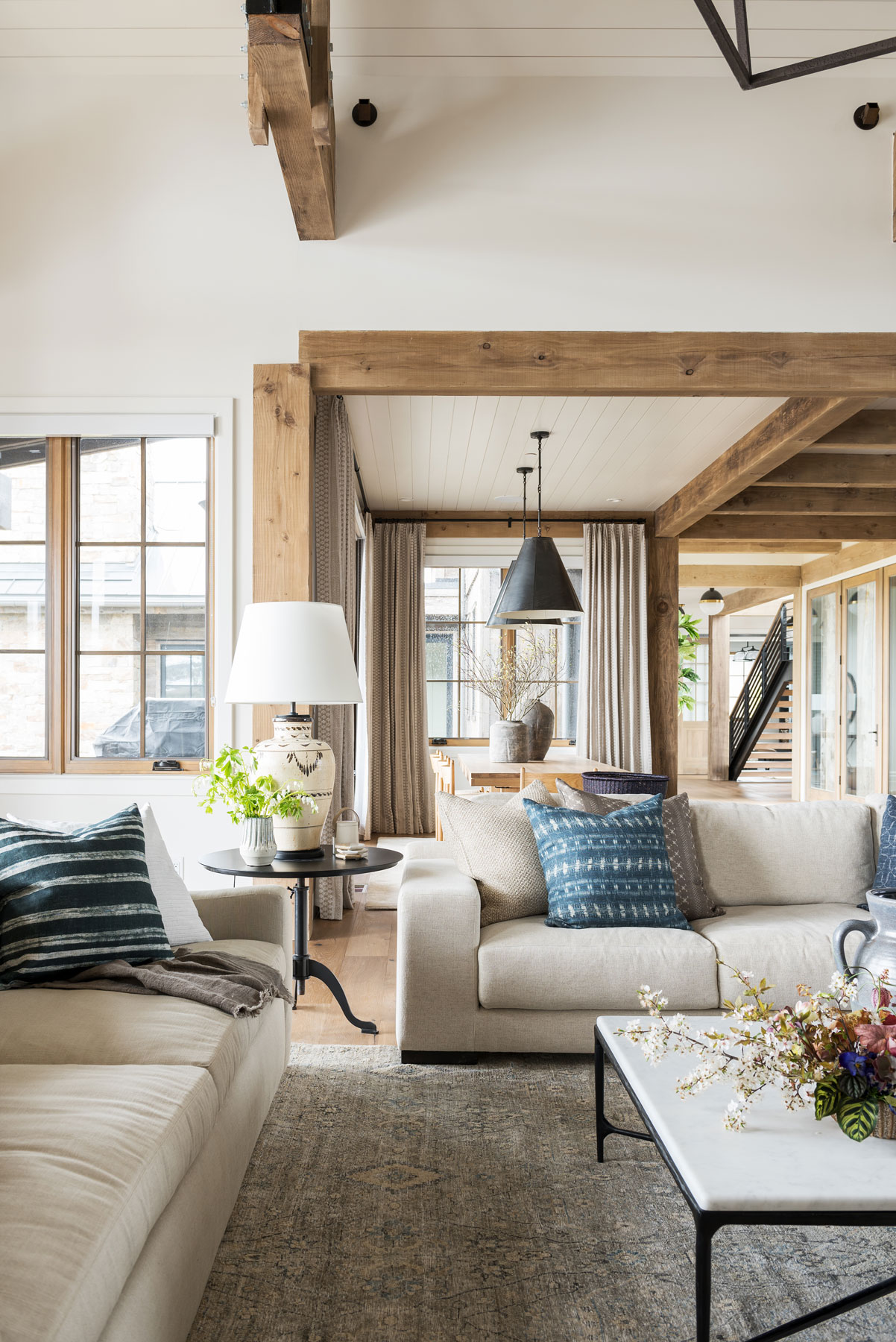
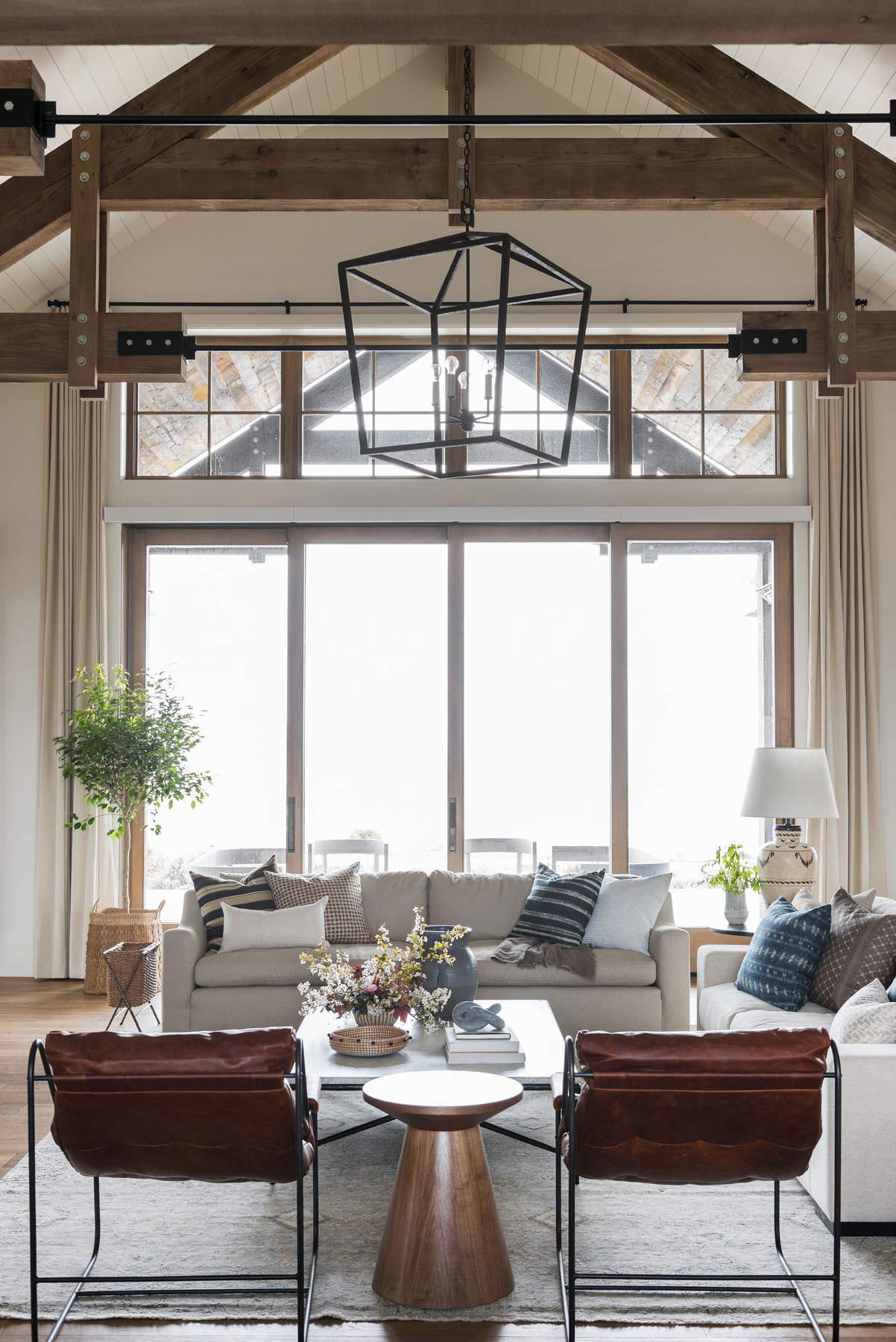
No. 2: The One Sofa, Two (or three) Chairs Layout
If we do only one sofa, we try to contrast that choice with our accent chair choices. In our Mountainside Retreat, we chose a more traditional, solid-based, legless sofa and then did two modern, shapely accent chairs.
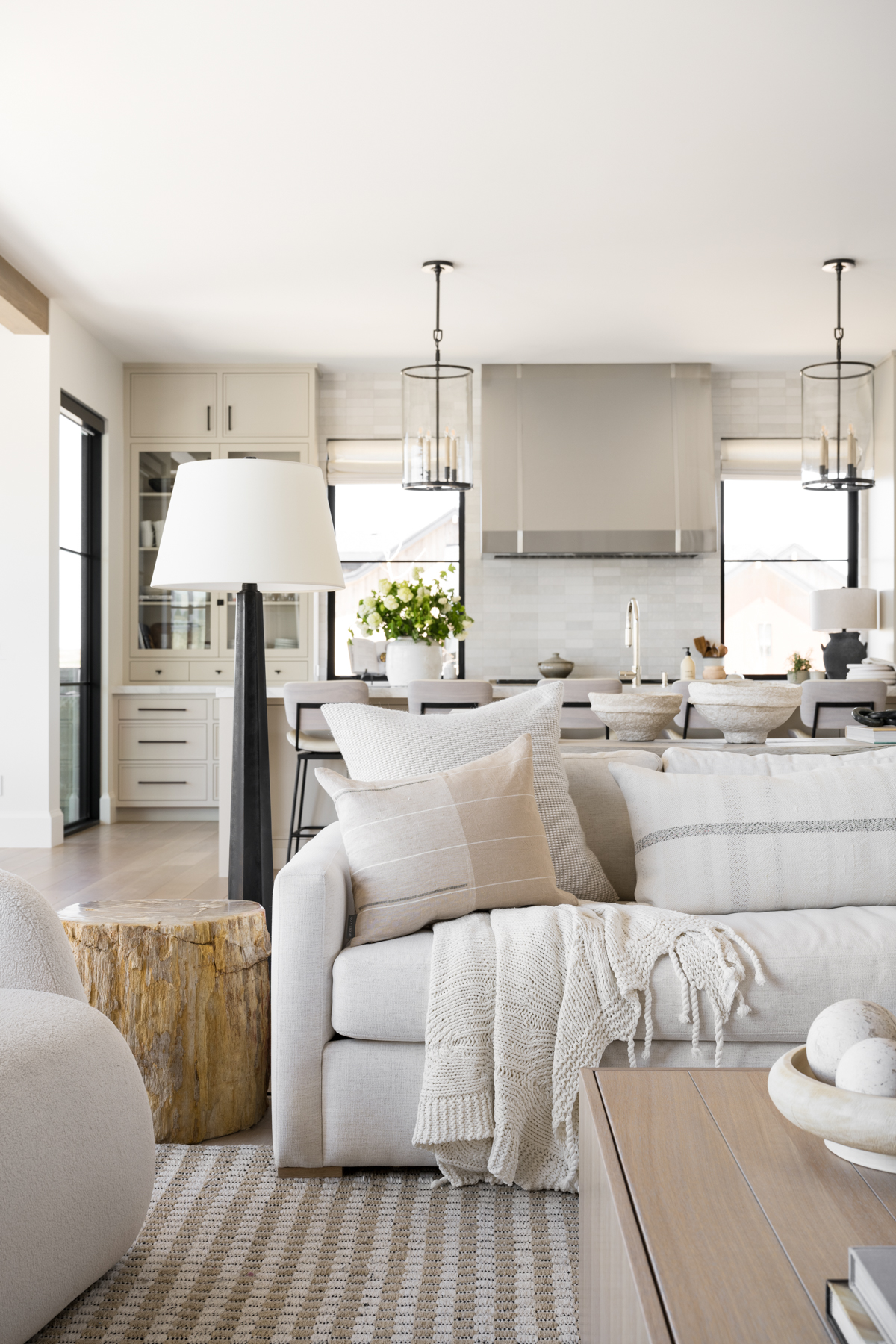
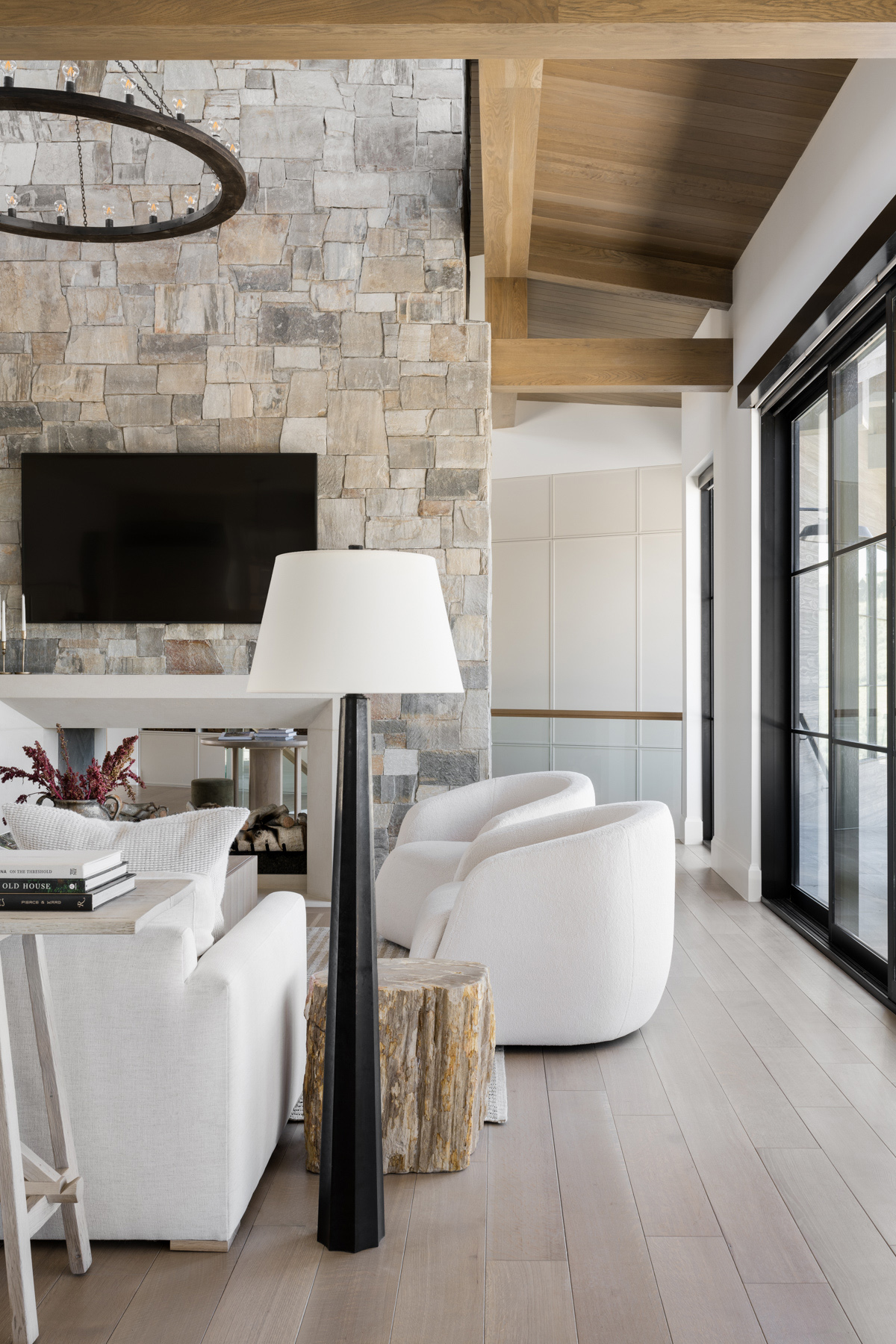
In our Pine Brook Home project, we chose a sofa and all three accent chairs with legs. However, because they all had pretty solid, upholstered tops, they held their weight perfectly in this space.
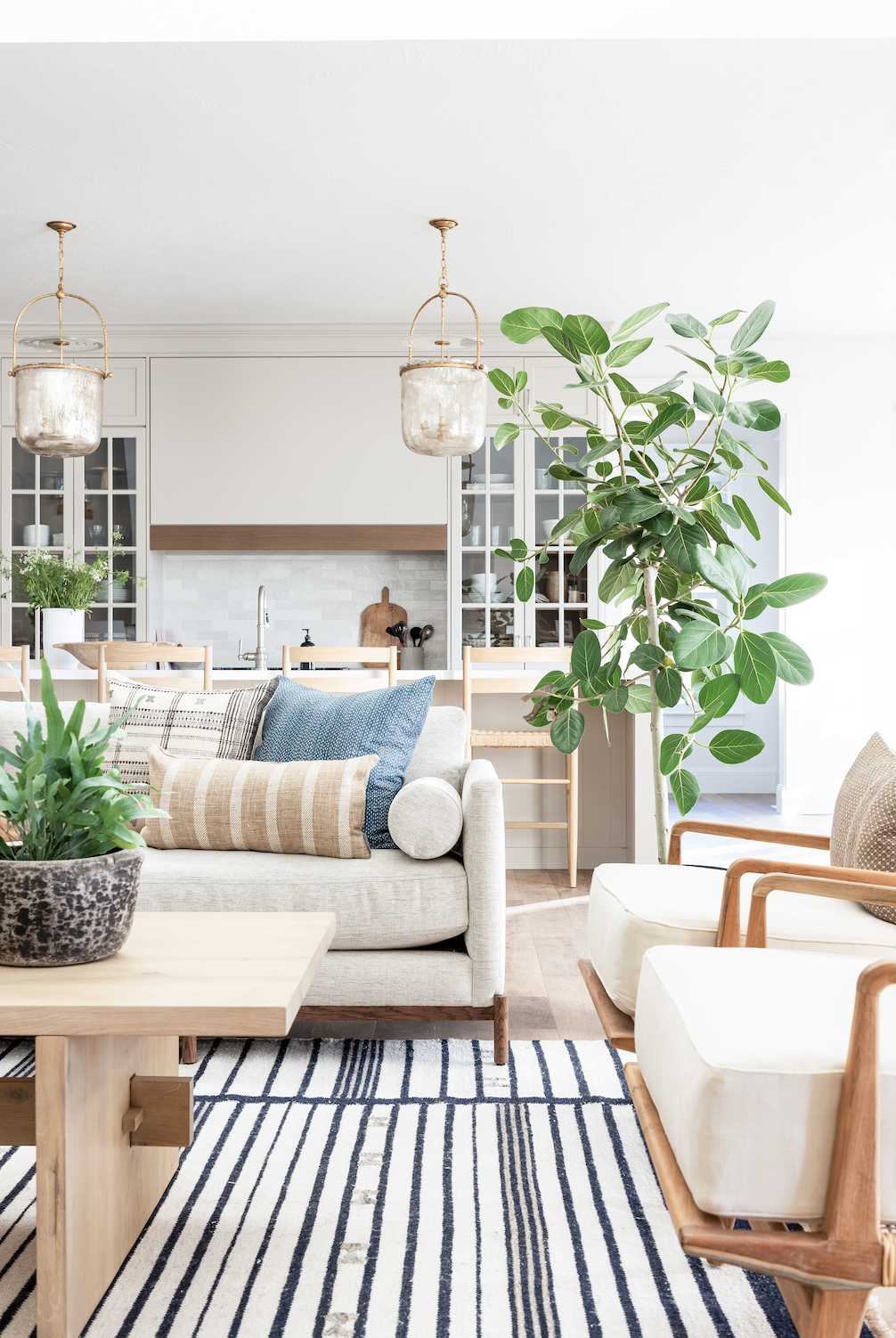
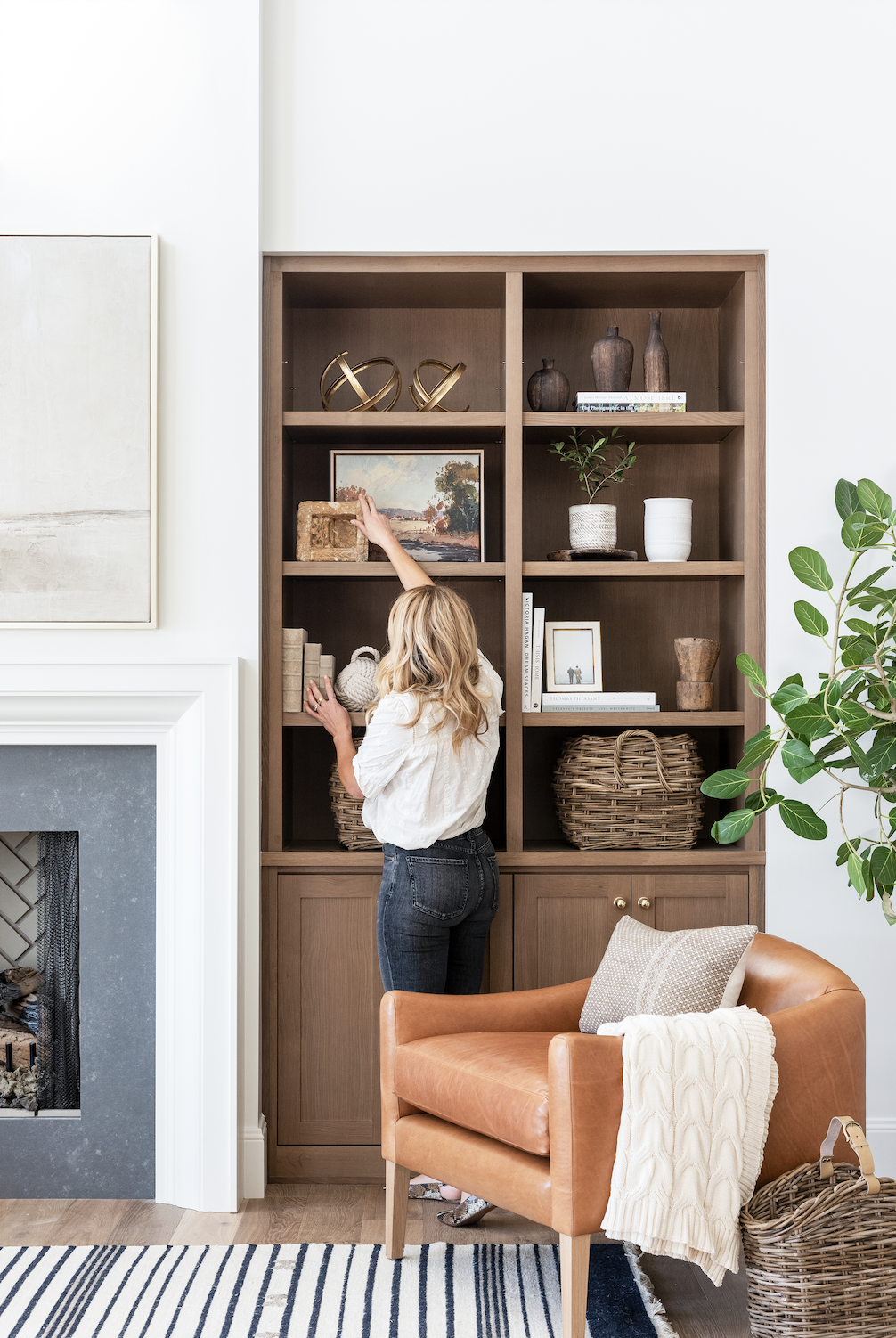
Designer note: The fabric of an upholstered piece also plays a role in the distribution of weight. A velvet sofa tends to hold a lot more weight in a room than a linen sofa, and we love to contrast fabrics to create a balance of materials.
For more on upholstery, check out our recent blog post on choosing the right materials for your home and lifestyle.
The additional seating
Adding layers of seating is always a good option for added functionality and added weight distribution. In a typical “Two Sofas, Two Chairs Layout,” we like to place a bench, a pair of matching ottomans or stools in front of the mantle if there is one, or a few inches in front of the coffee table another direction.
Layered side seating is one of those design elements that just make a room look finished. Because they are a smaller, less committed piece of furniture, we try to have fun with our choices and use them as an opportunity to add more interest and dimension into the look.
For example, in our Beckham Project, we had two lighter-weight, legged seating pieces, so we layered in extra seating that added more weight with two of our boucle Dawson Ottoman Poufs.
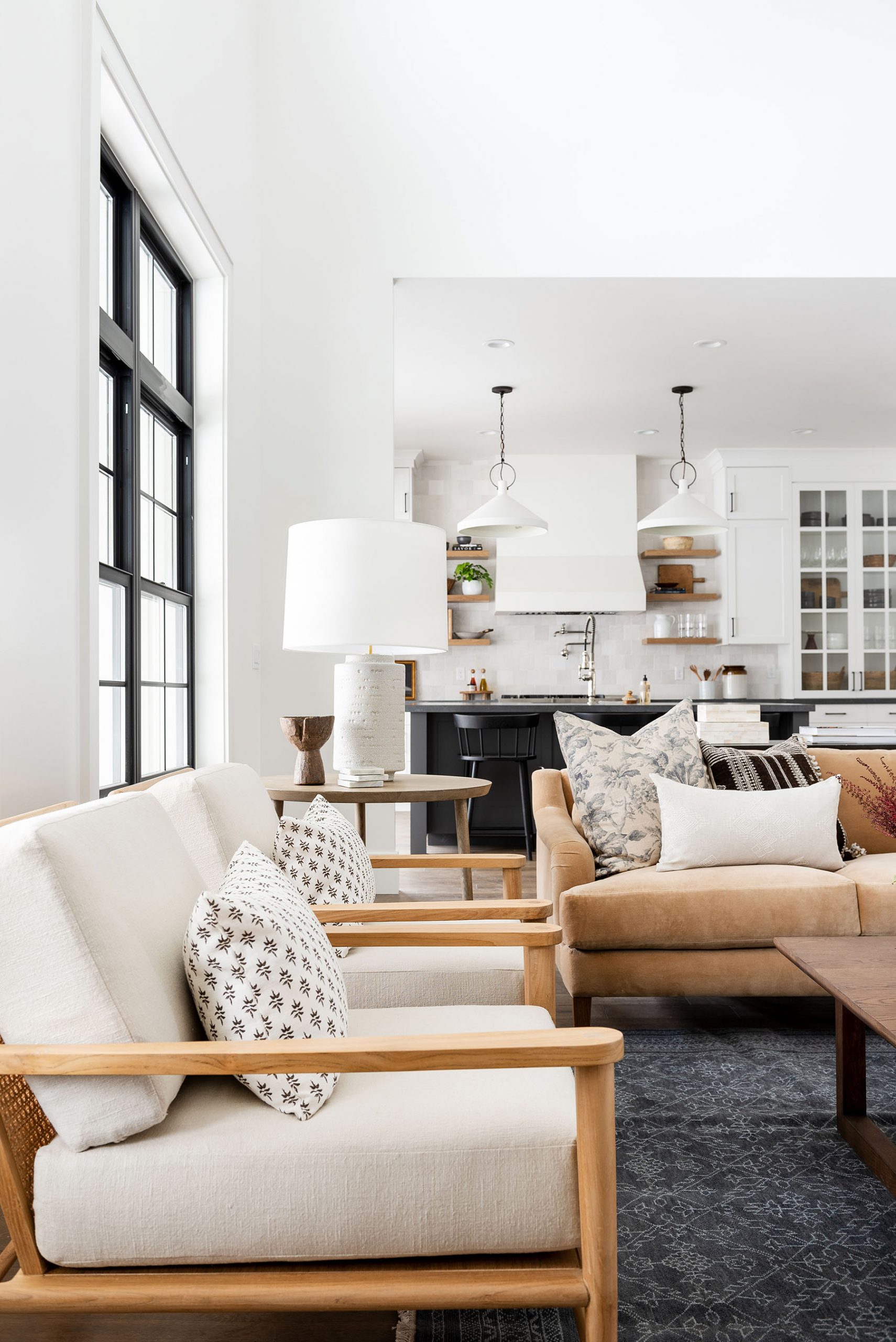
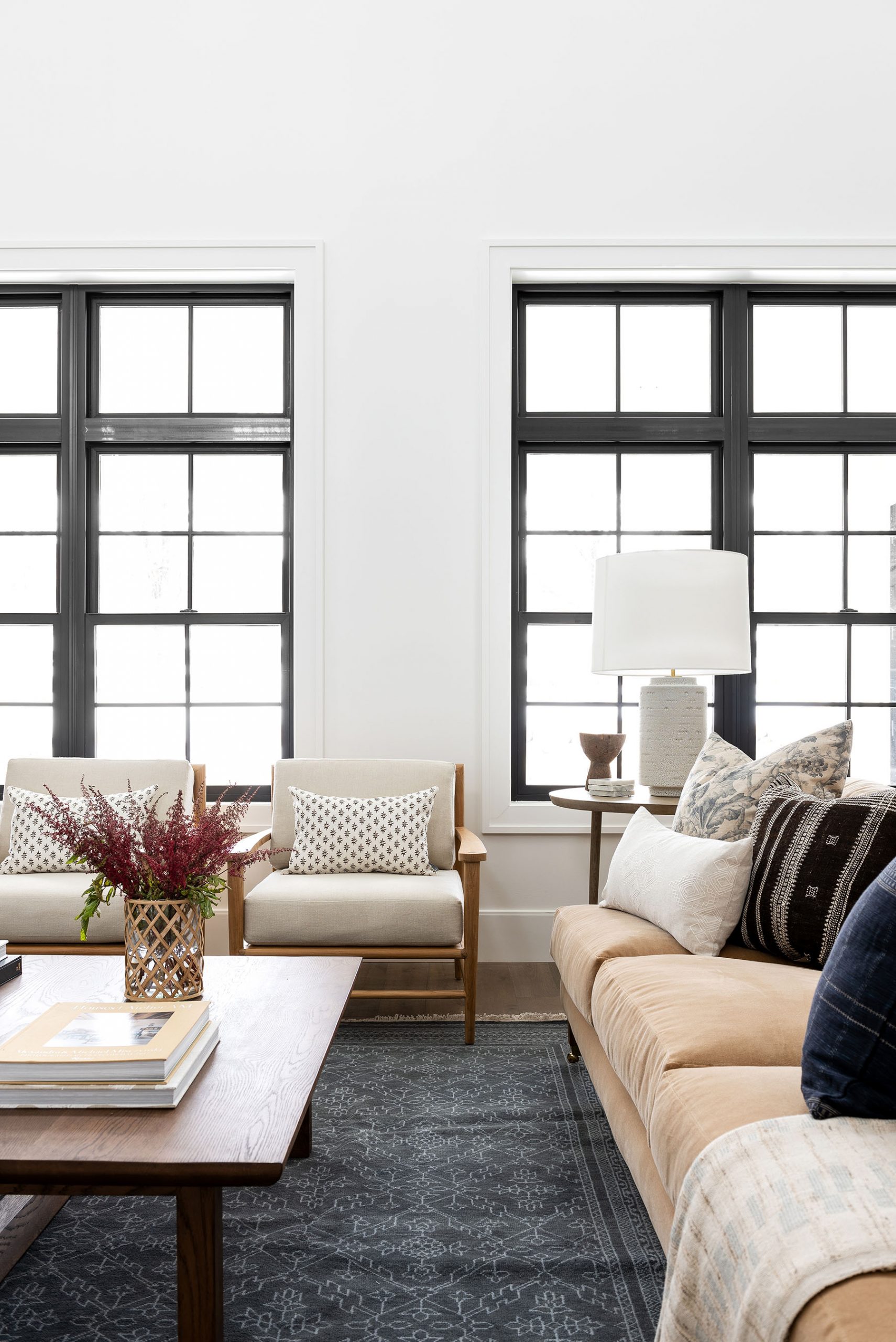
In our Modern Bohemian Netflix Remodel, we layered our Ackley Leather Ottomans to add an added element of texture and color with their great woven leather material and deep-hued tone
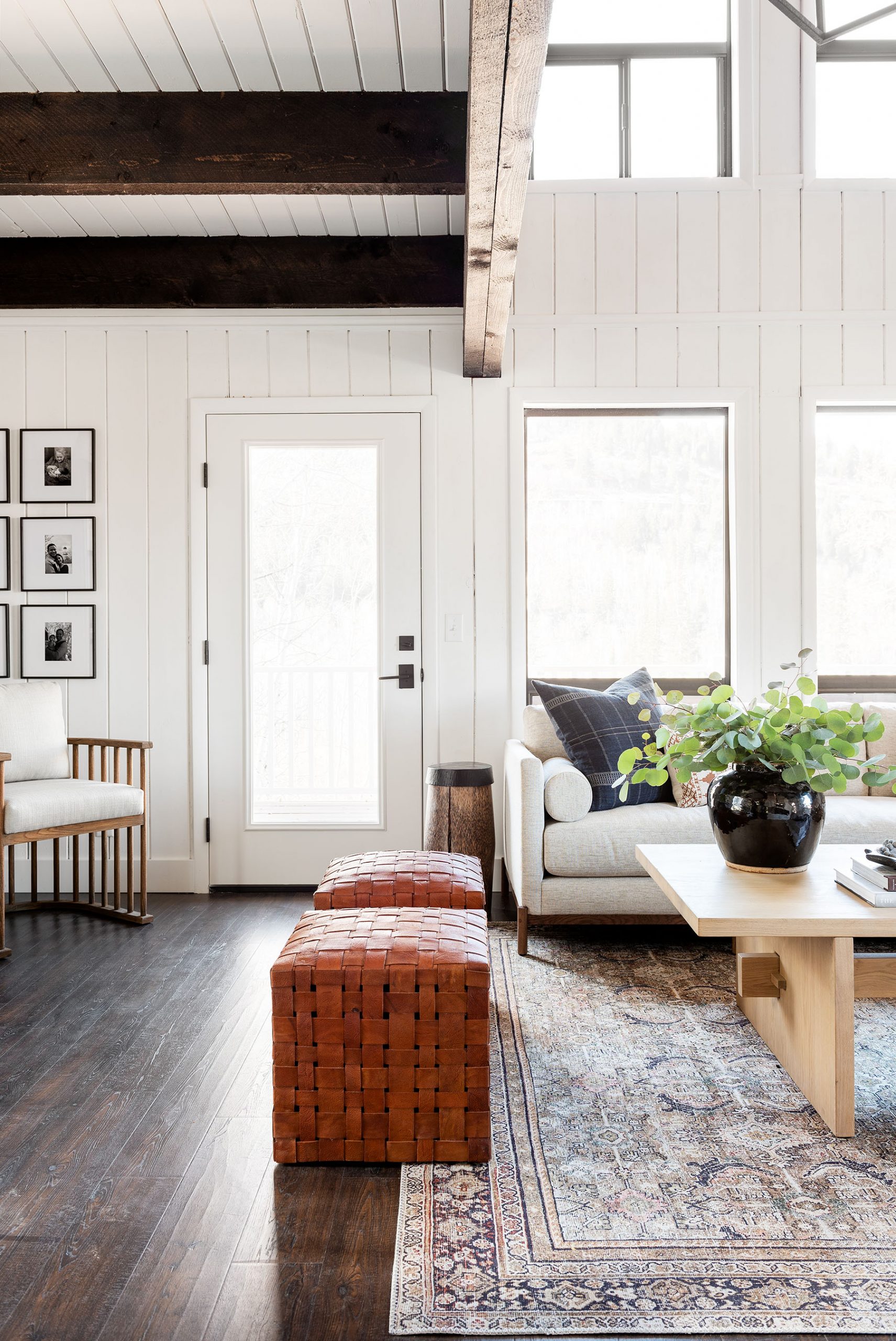
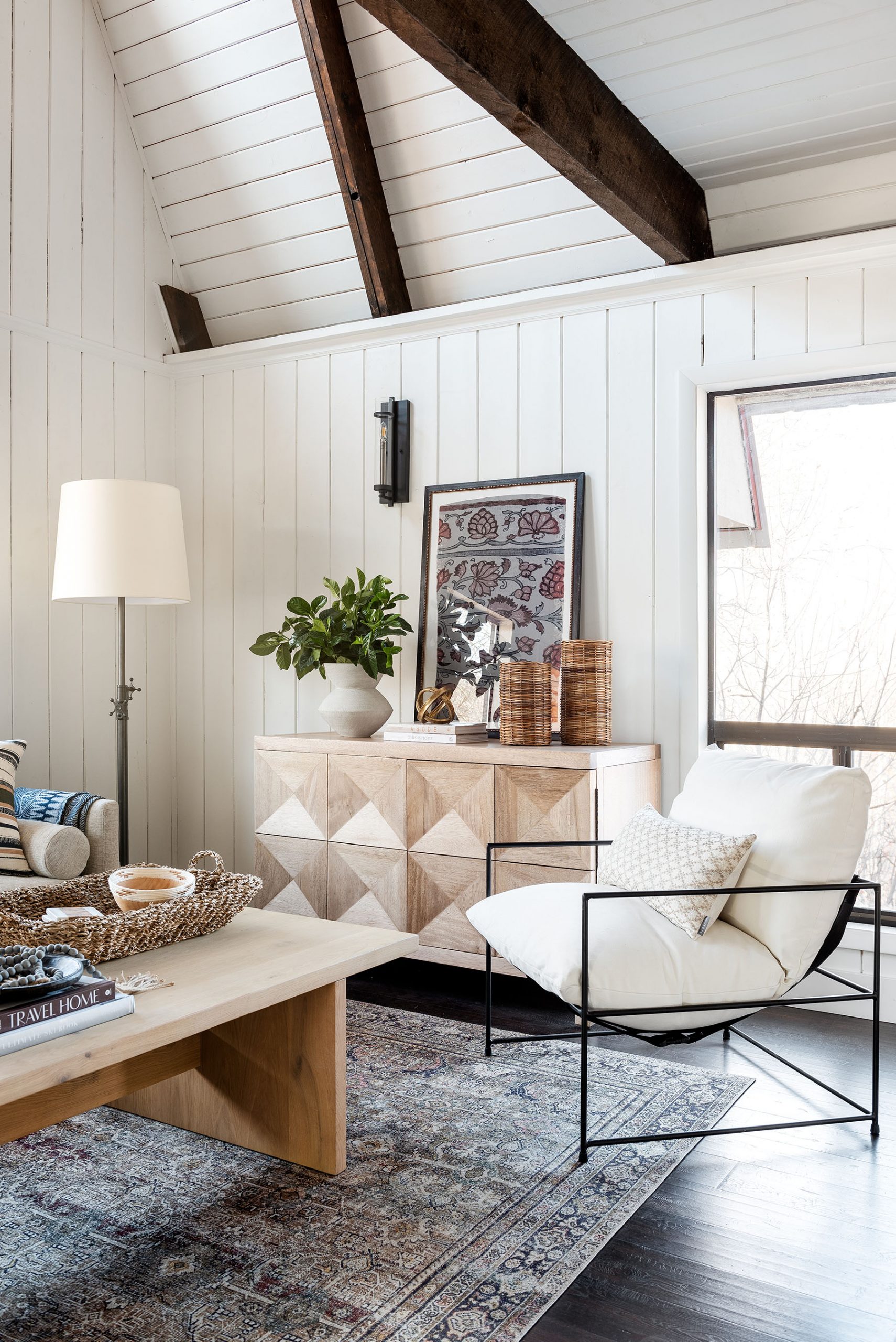
In the Cliffside Netflix Remodel, we added two wooden, legged stools to add more interest to the room’s leg shape variety.
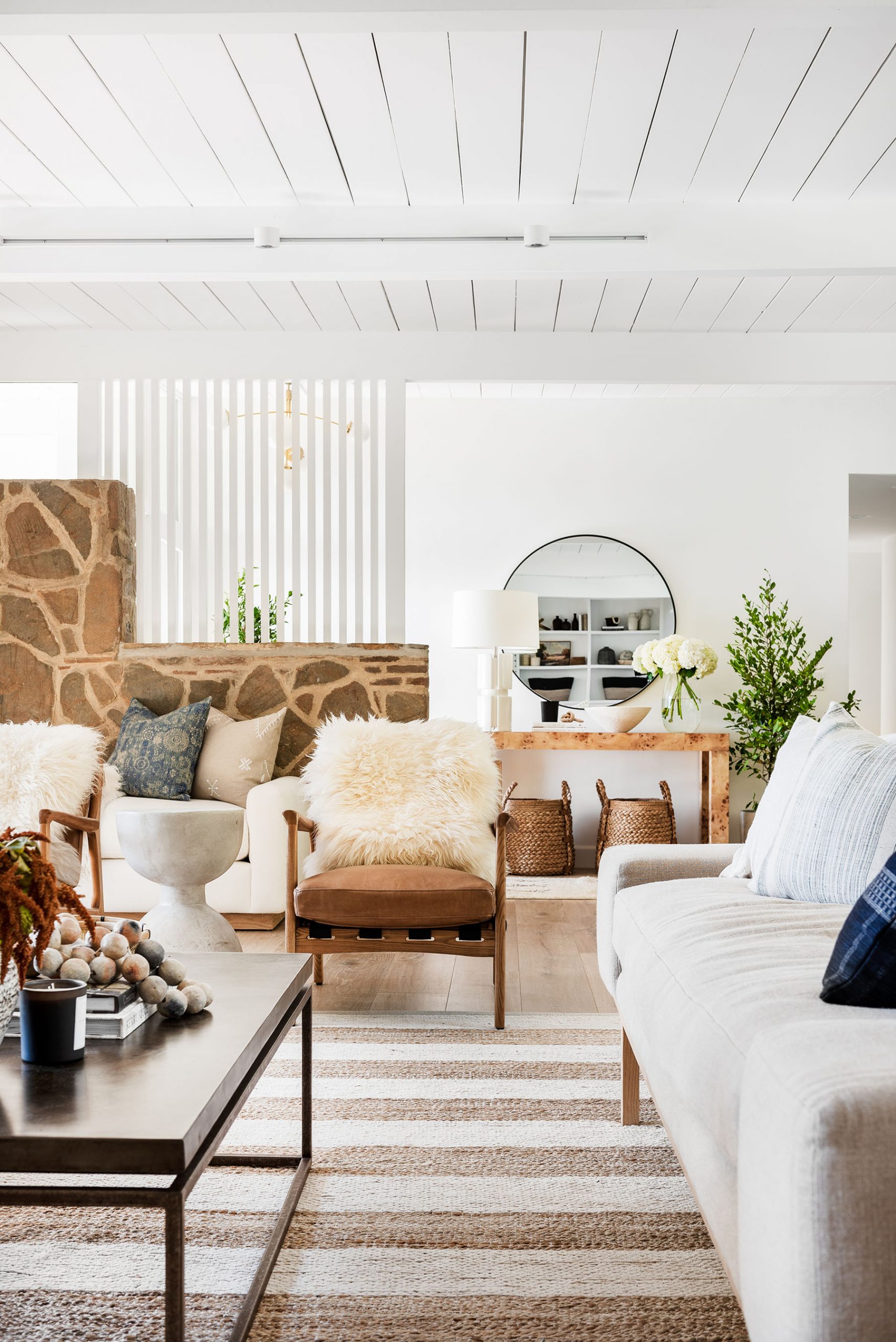
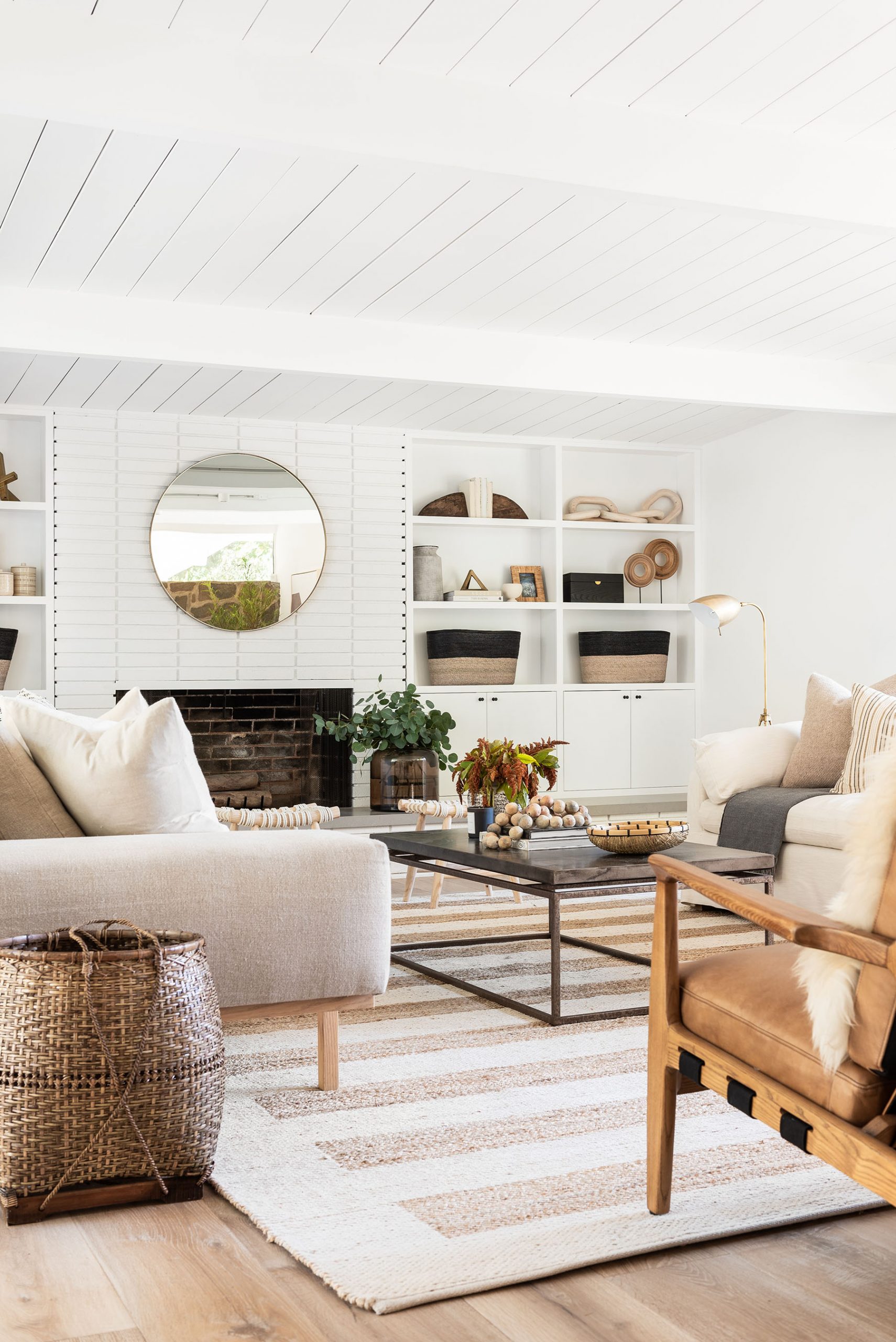
The Coffee Table
Once we choose our seating, our next selection in the design process is typically the coffee table. The right coffee table can make or break a room, and whether it’s making a statement or blending seamlessly with the rest of the space, it’s an important decision.
Much like our seating choices, we focus on the distribution of weight when selecting a coffee table. If we have chosen heavy-weighted seating or if the room is smaller, we gravitate towards coffee tables with a lighter, open base. Whereas if we have selected more legged, light-weight seating pieces, we gravitate towards a bulkier, more solid coffee table.
Style is another thing we consider when choosing a coffee table. If we have two more traditional sofas and transitional chairs, we might prefer a modern coffee table to create a more curated look, like the example below from our Cove Remodel.
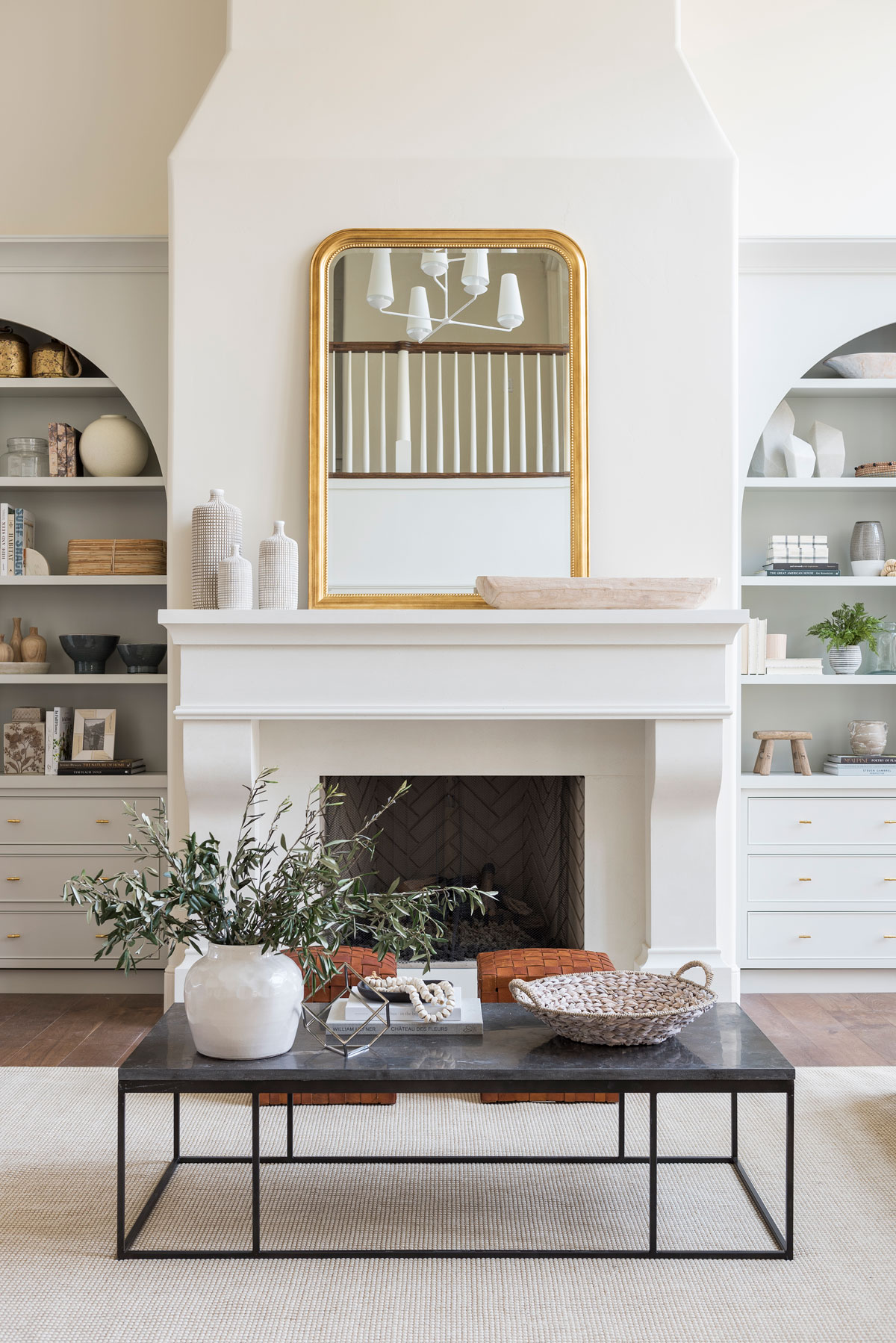
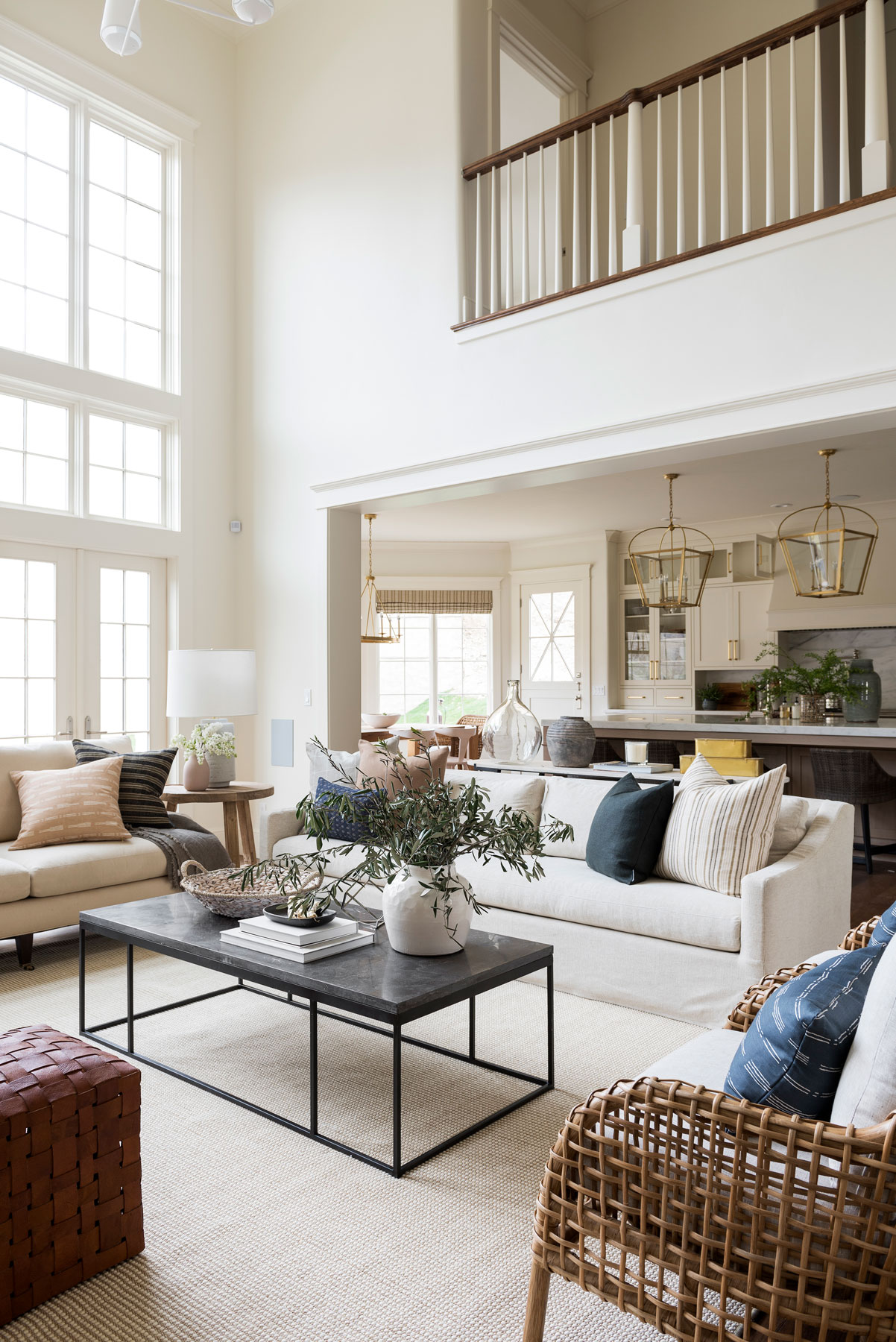
In our Cabin On The Lake Project, we had a few streamlined, upholstered pieces, and the cross-legged coffee table we chose added some depth and interest that we wouldn’t have otherwise gotten with a solid-based or straight-legged coffee table.
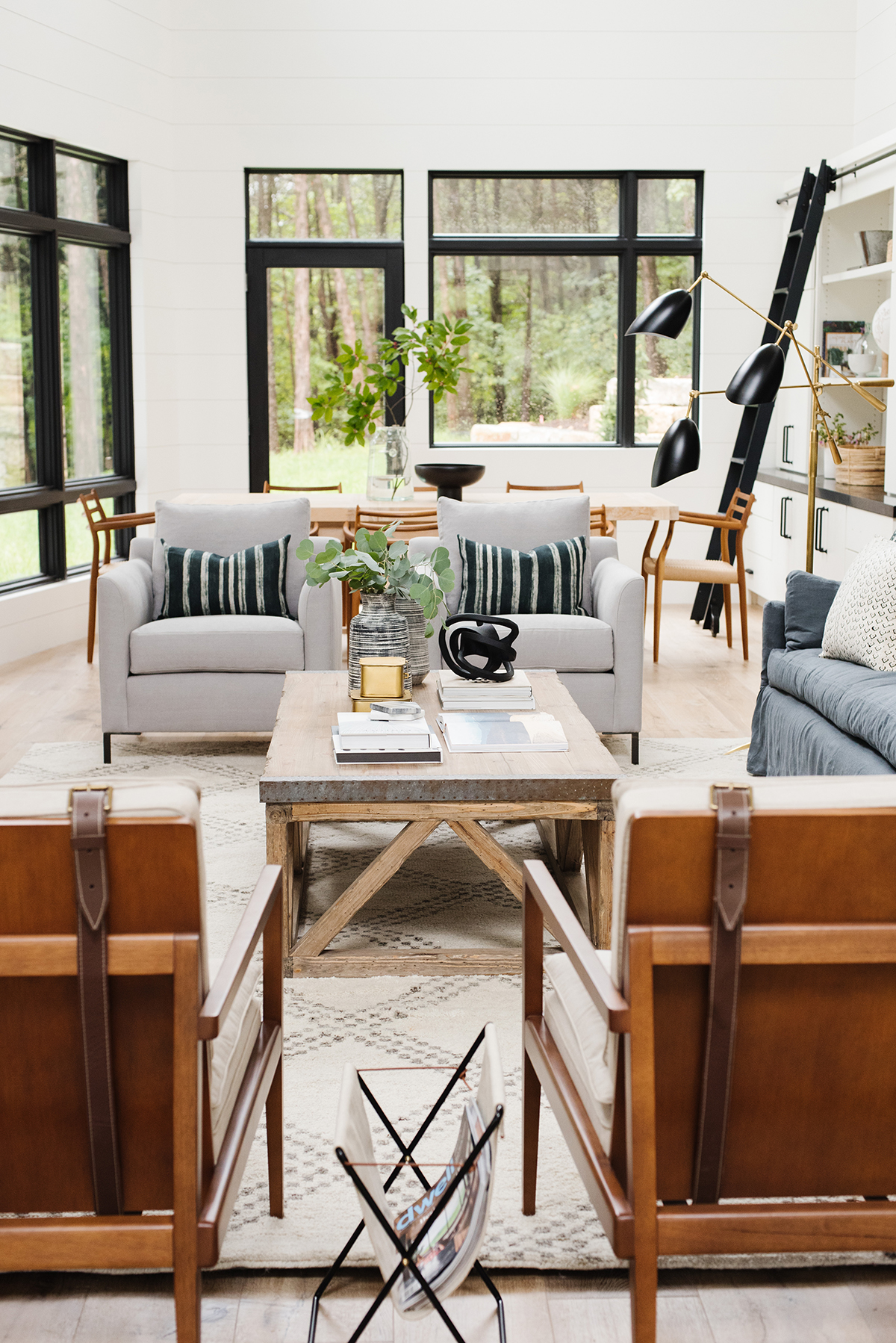
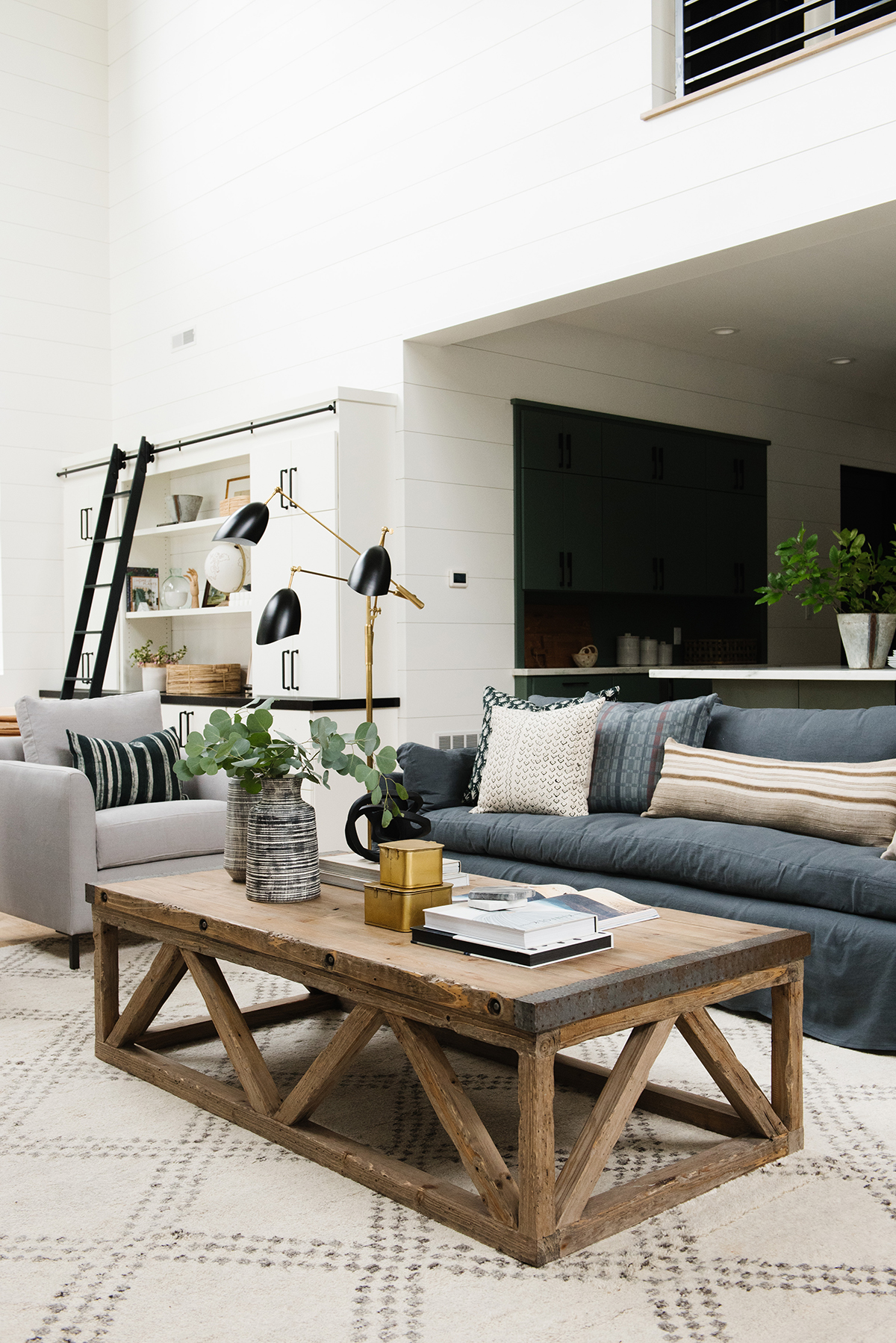
In our SM Ranch House, we chose a wide, metal-legged coffee table with a thin, cross detail underneath the base that not only coordinated with the accent chairs but opened up the room with its airy silhouette.
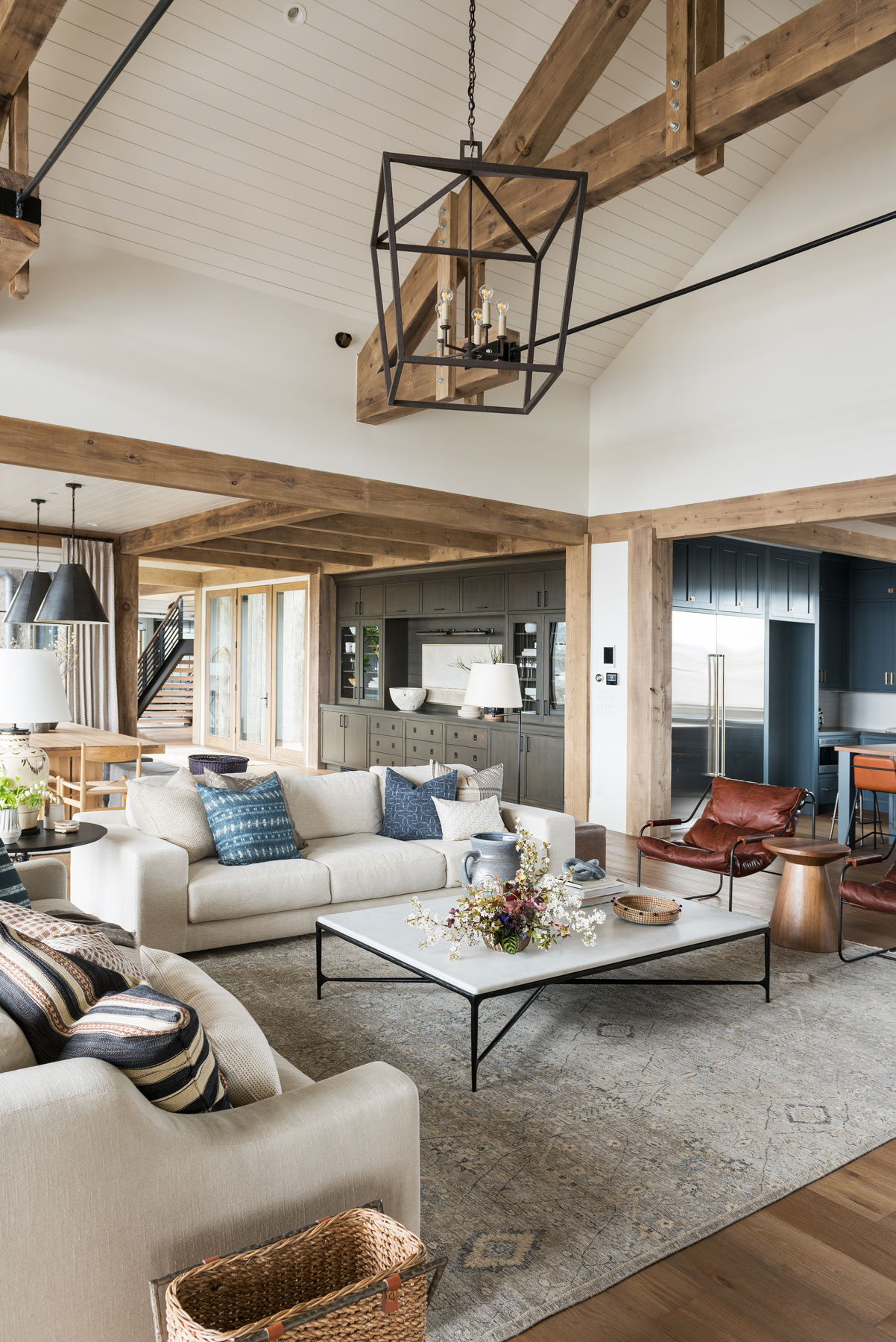
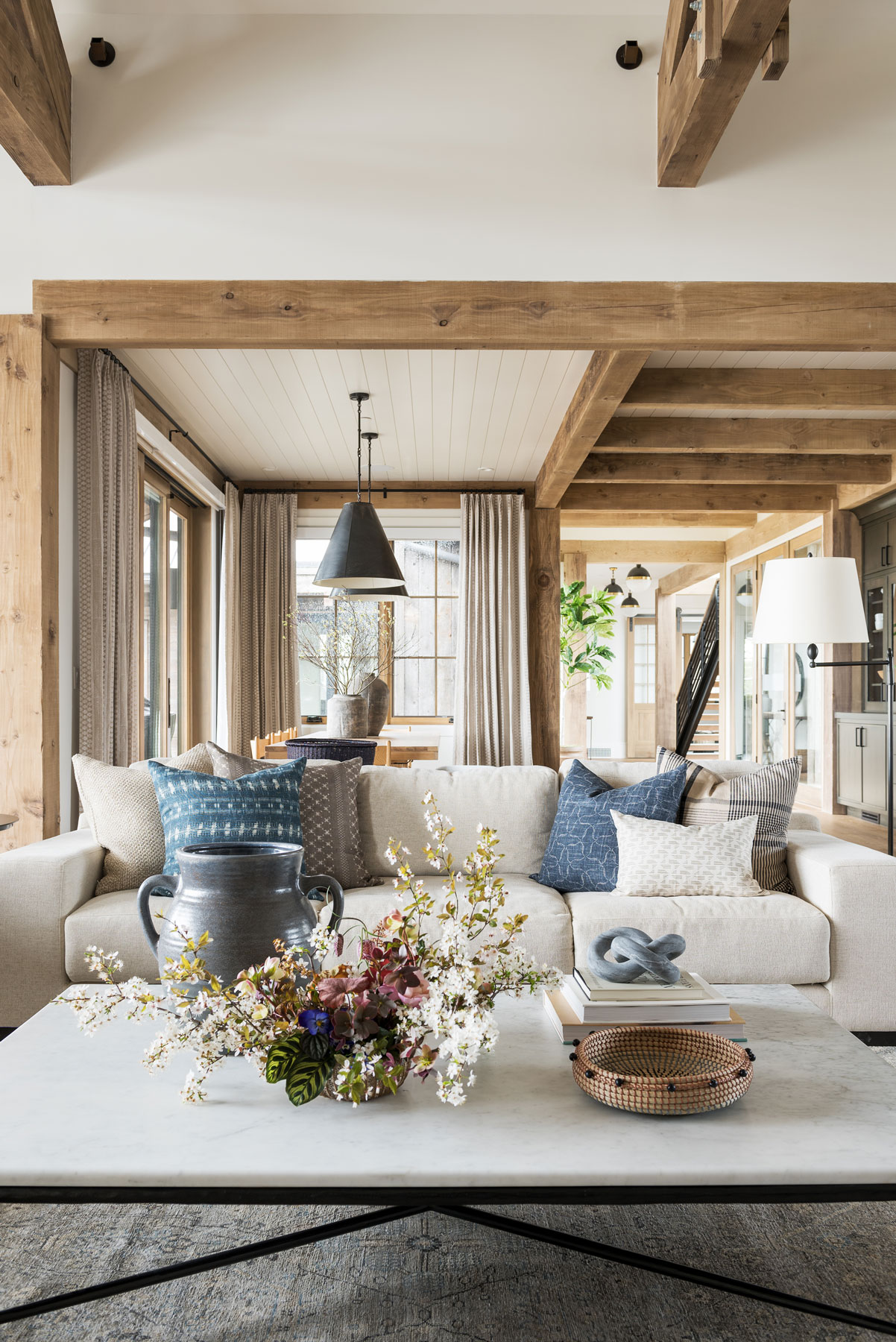
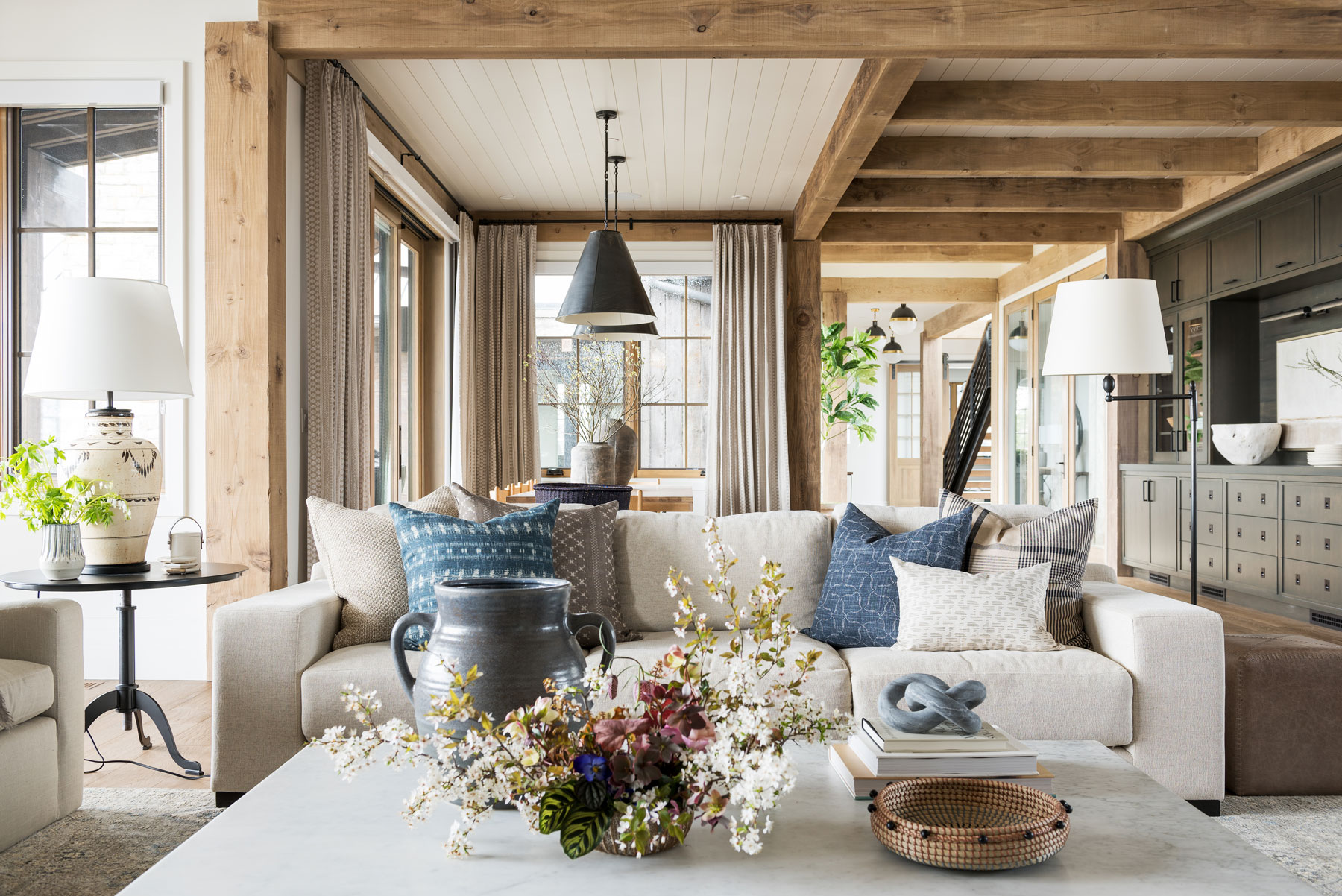
The Accent Pieces
Once you’ve chosen your seating pieces and coffee table, it’s time to layer in the accent pieces! Side tables and floor lamps all apply similar rules to larger furniture pieces. If we do two side tables in a living room setup, we typically use different, contrasting pieces for more dimension, but in more traditional spaces, intentionally matched side tables can work just as well.
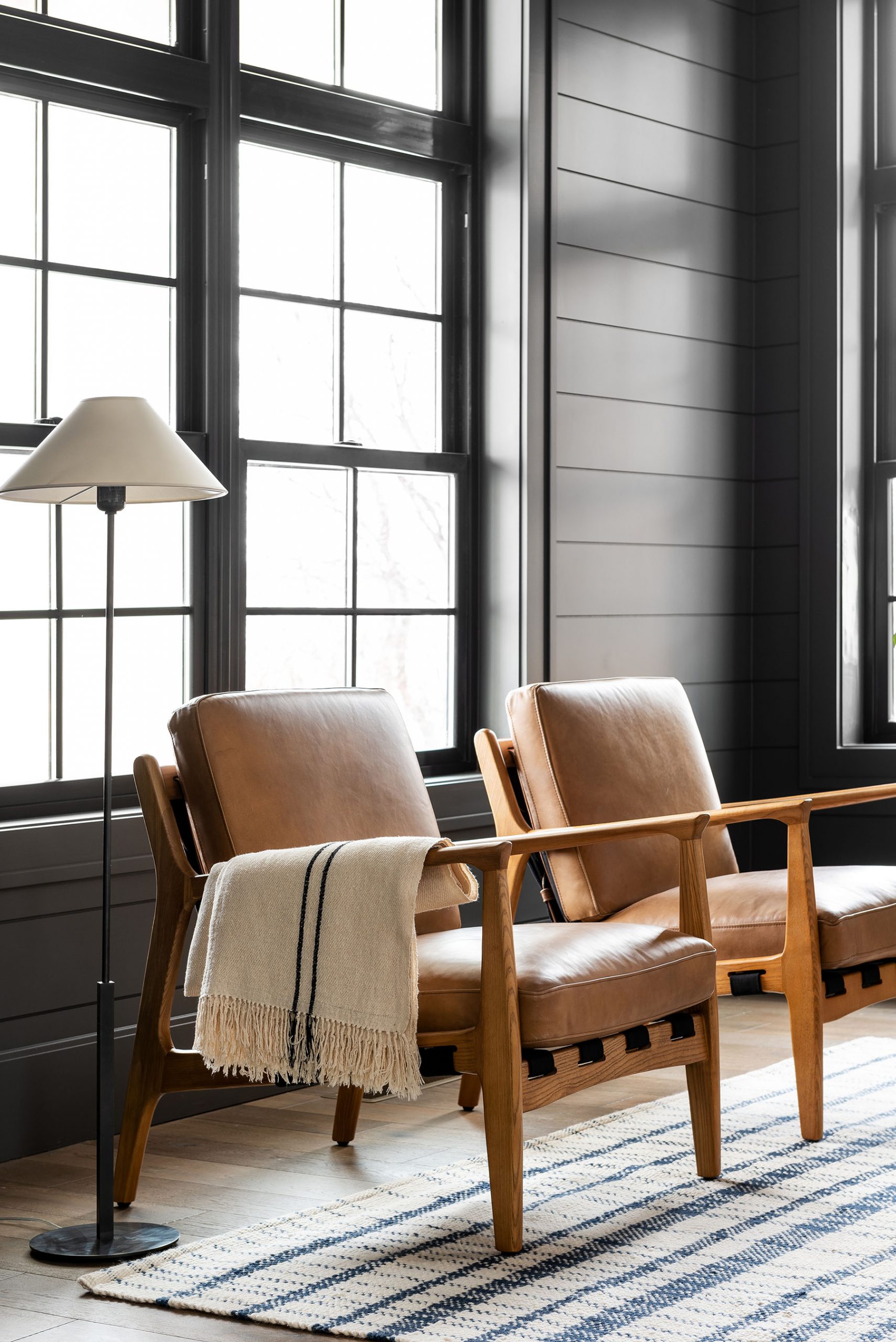
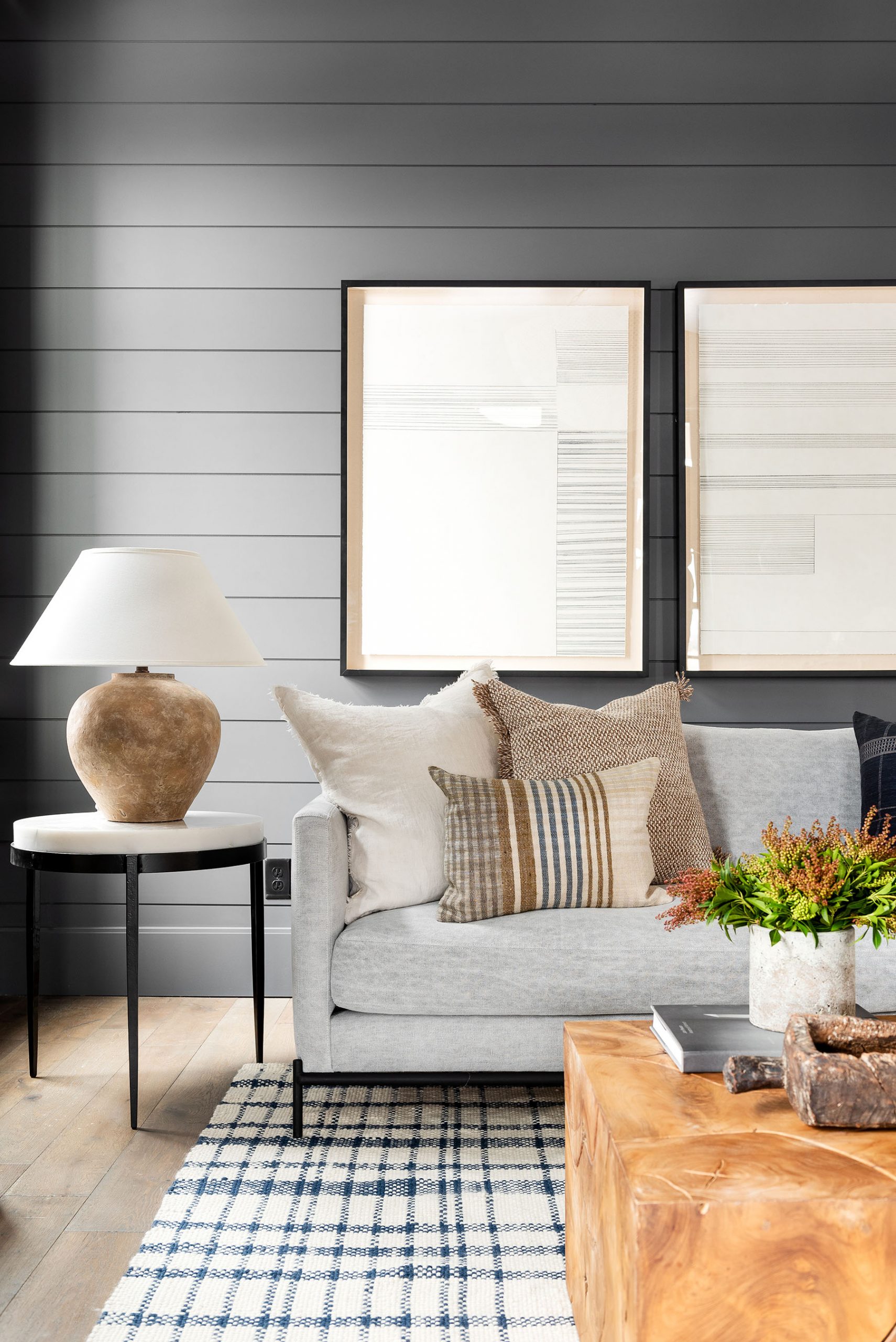
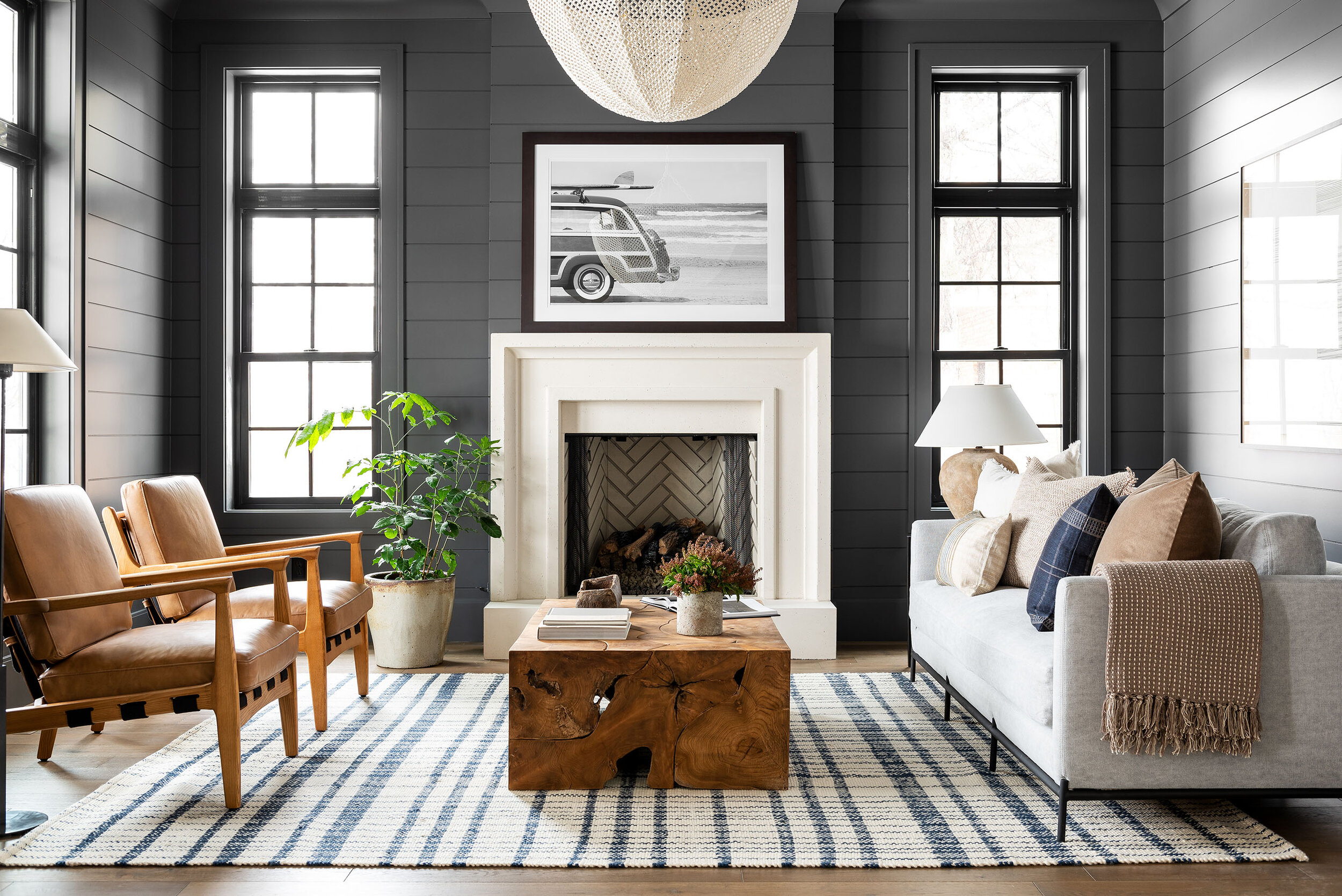
From our Beckham Project
This post has been updated from its original version.
